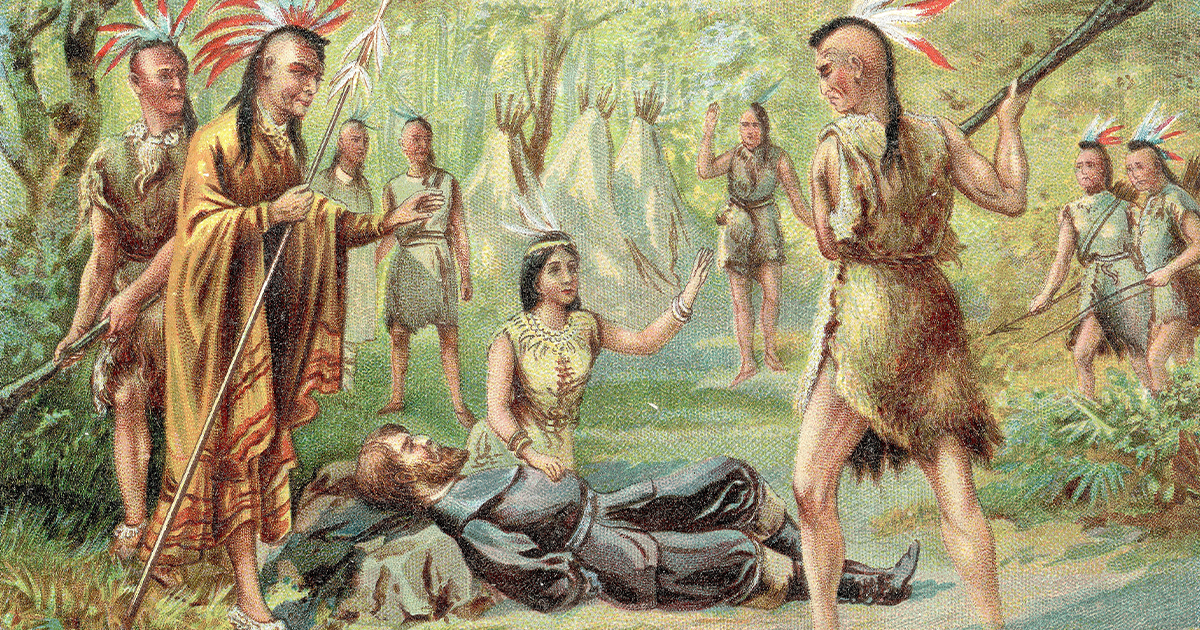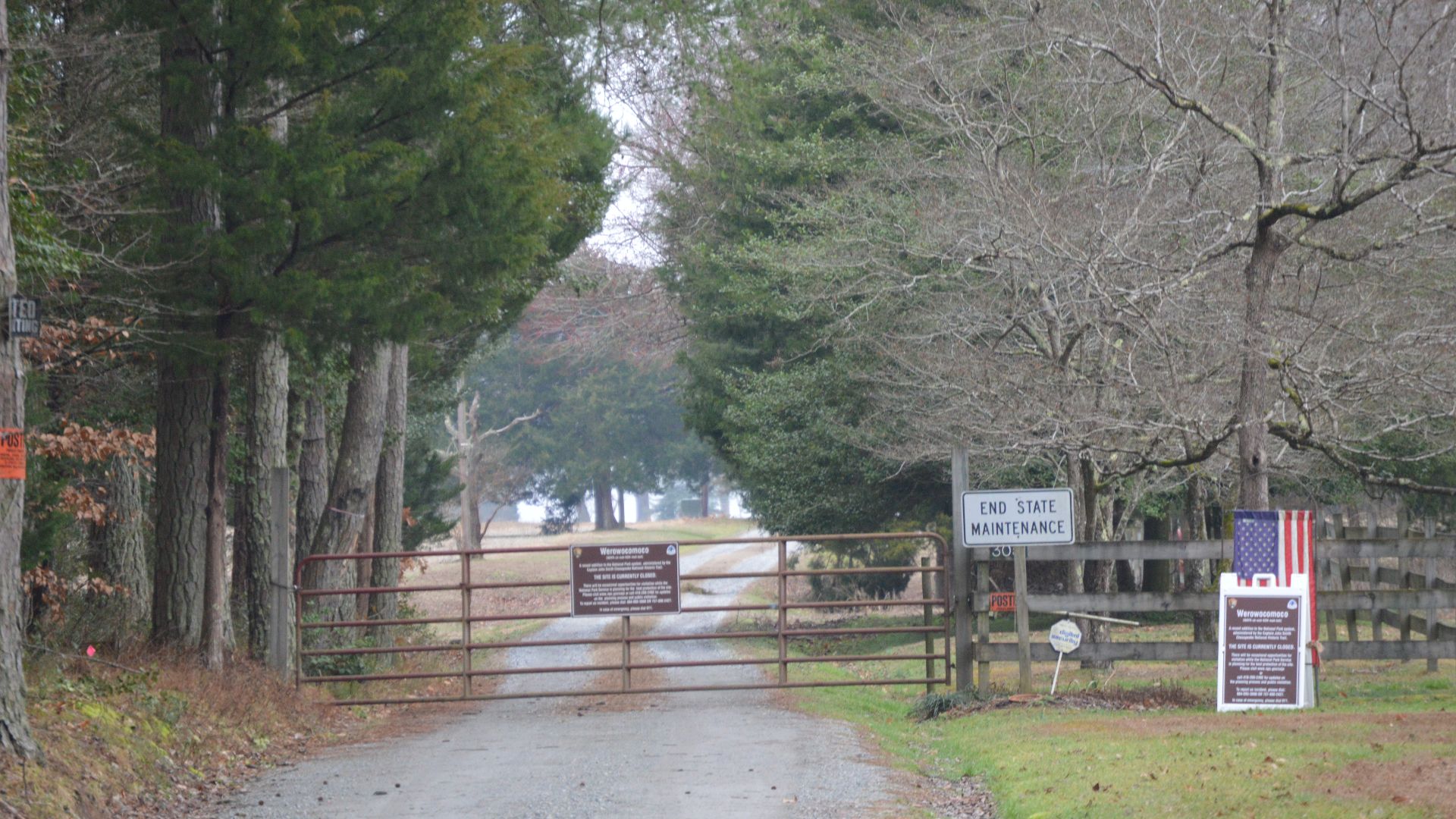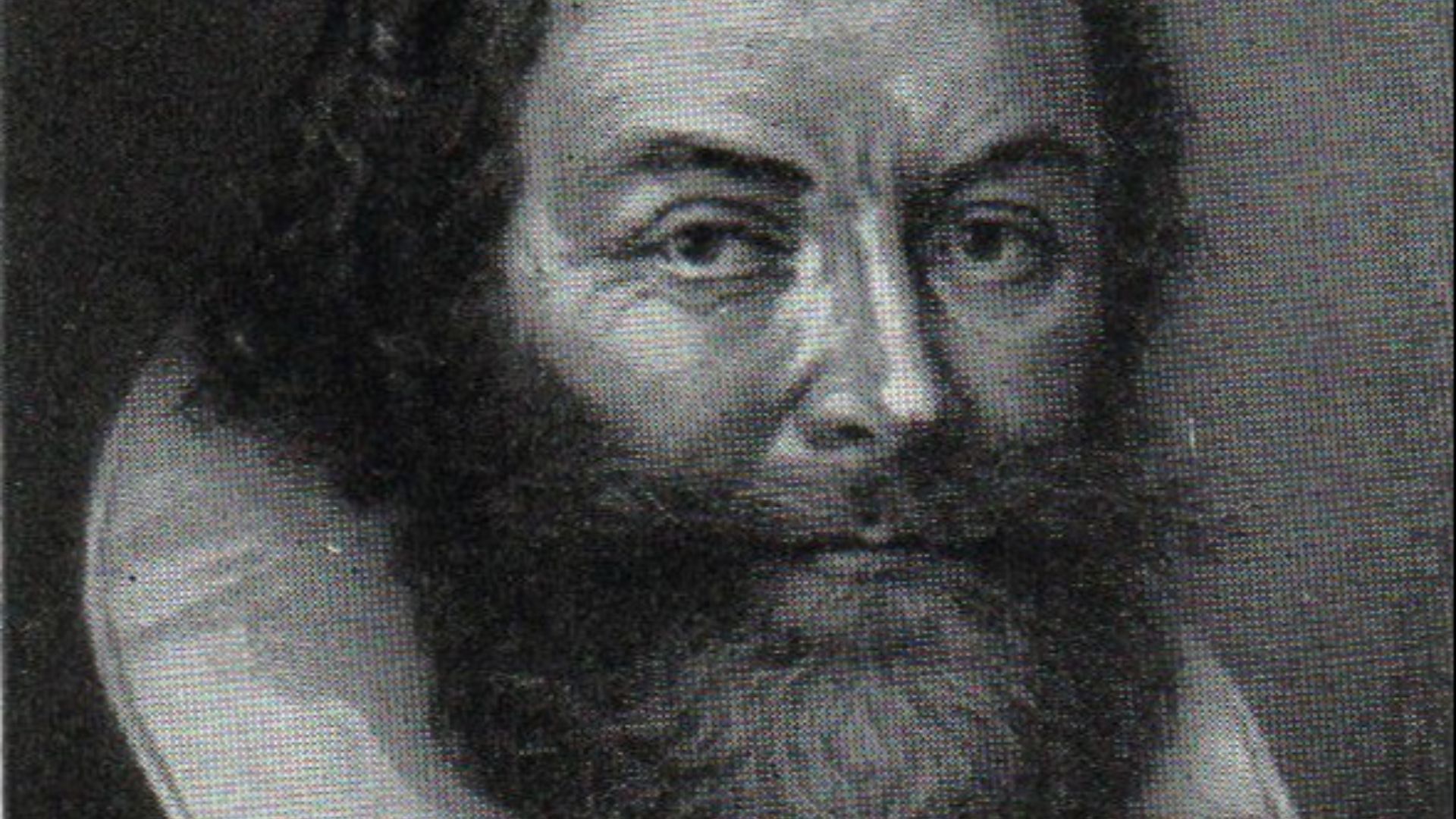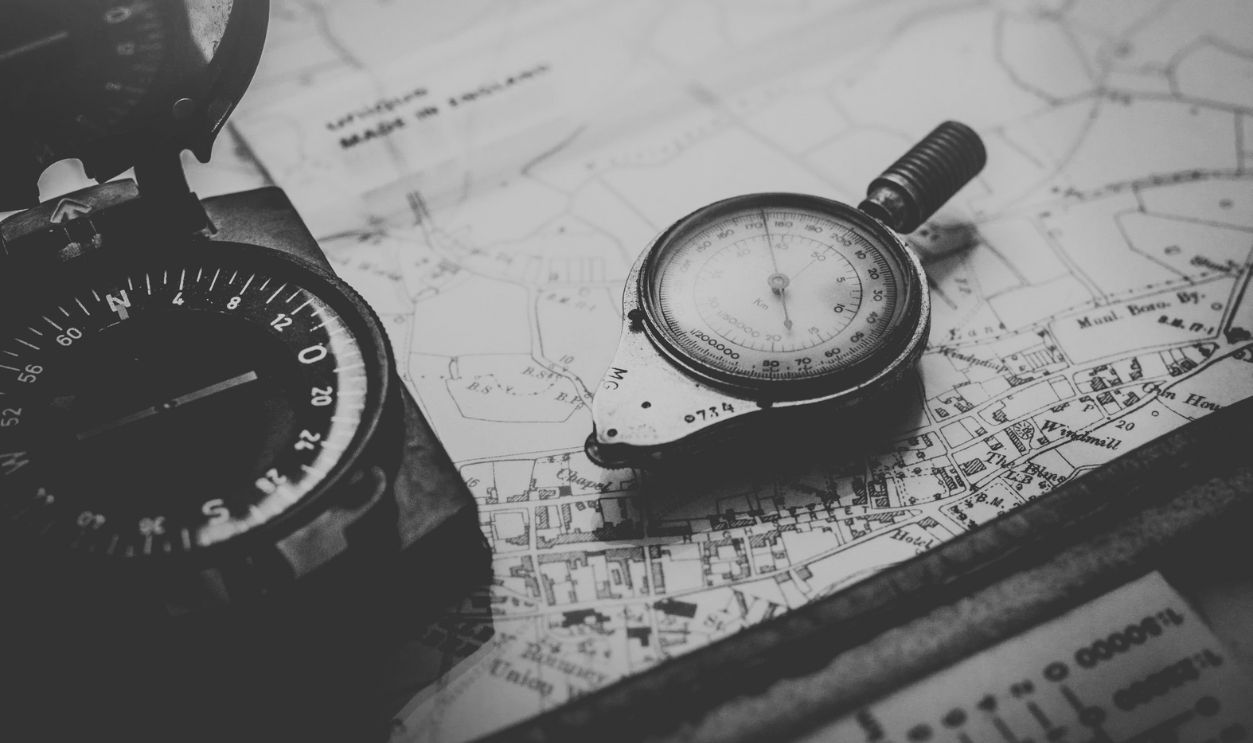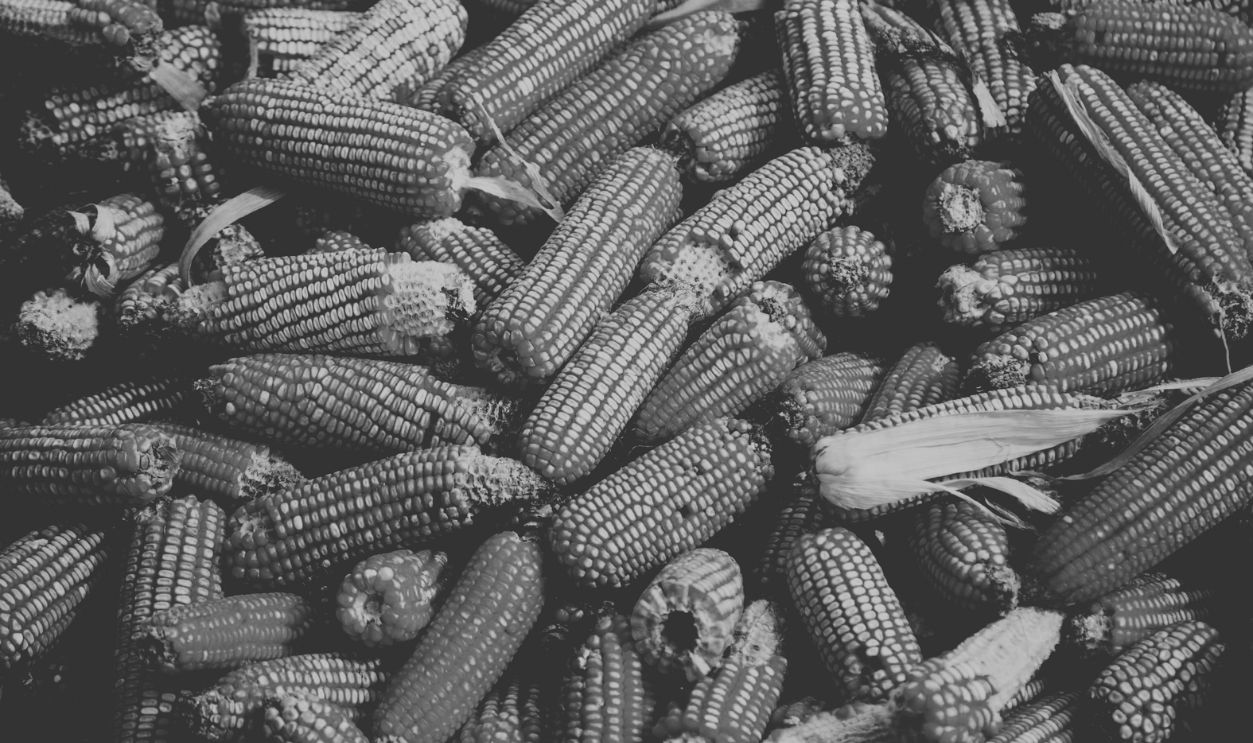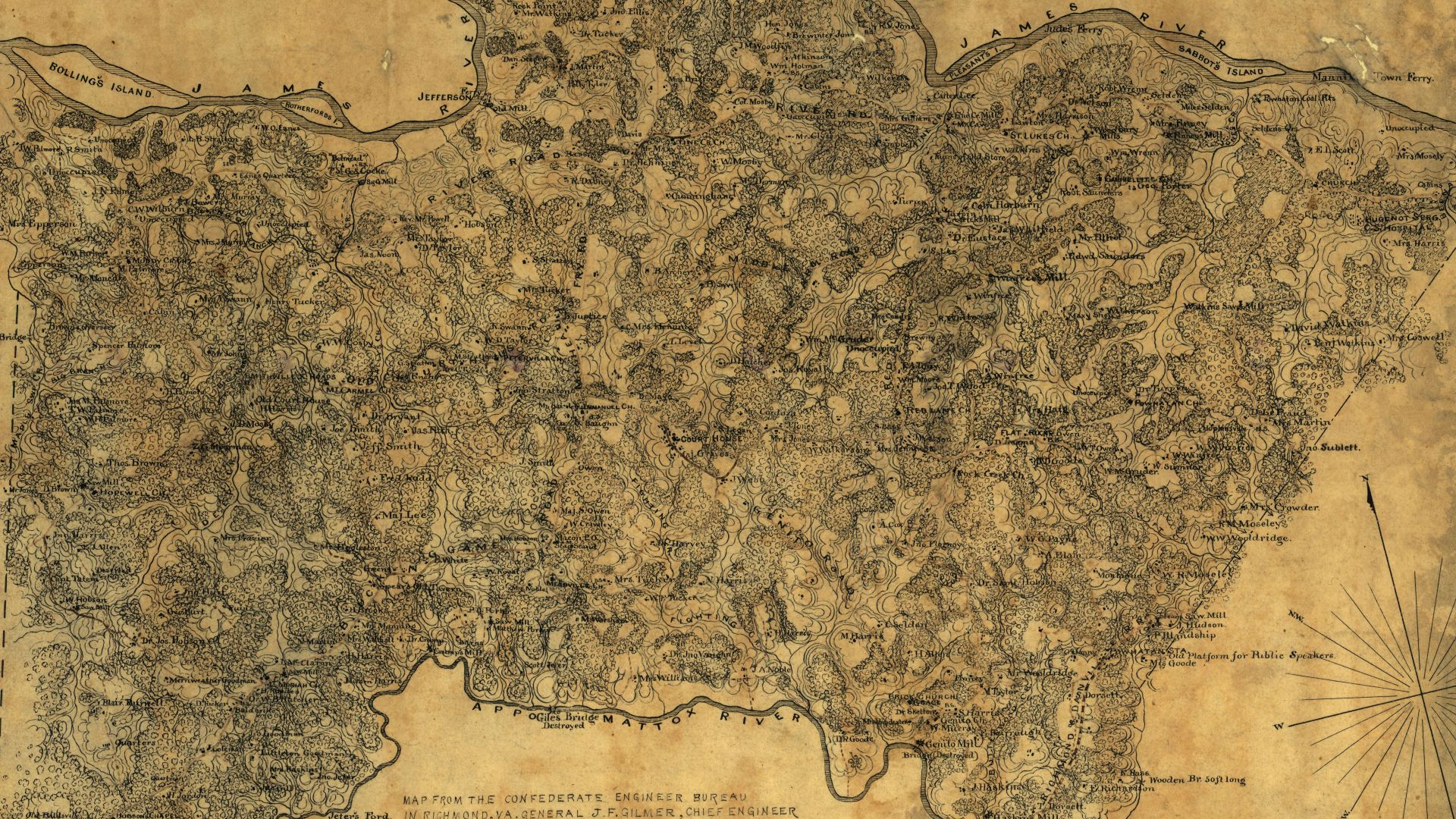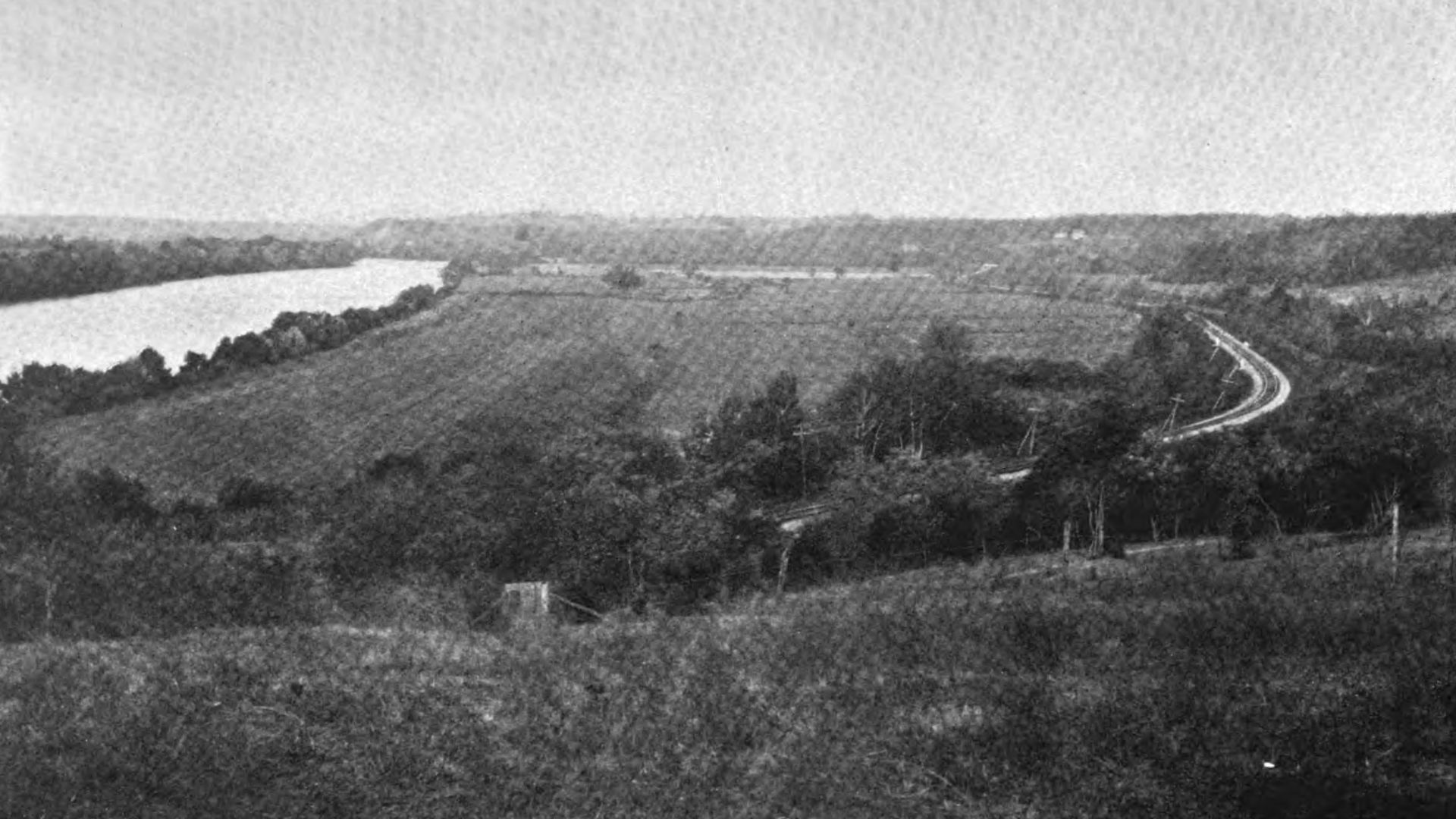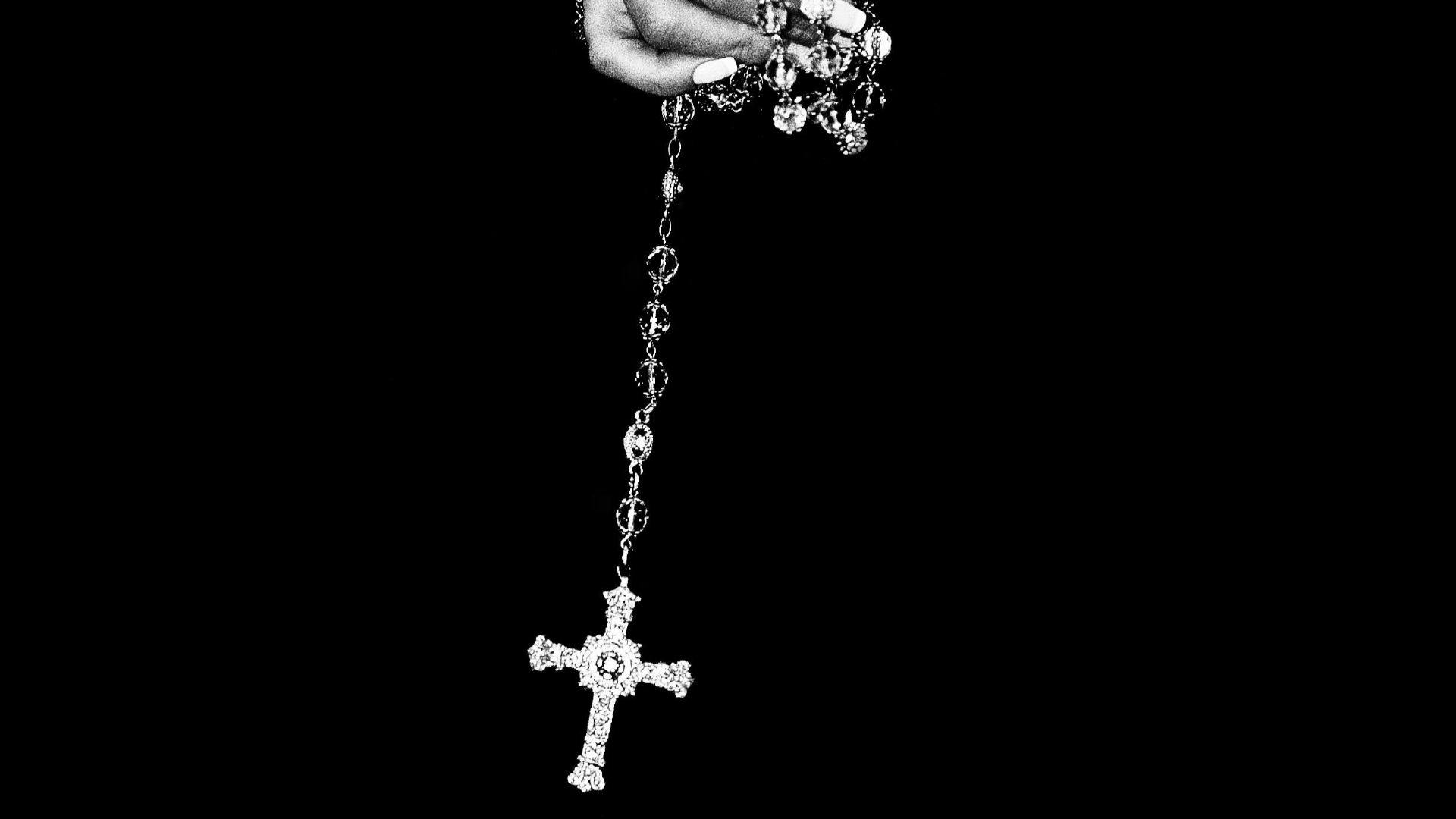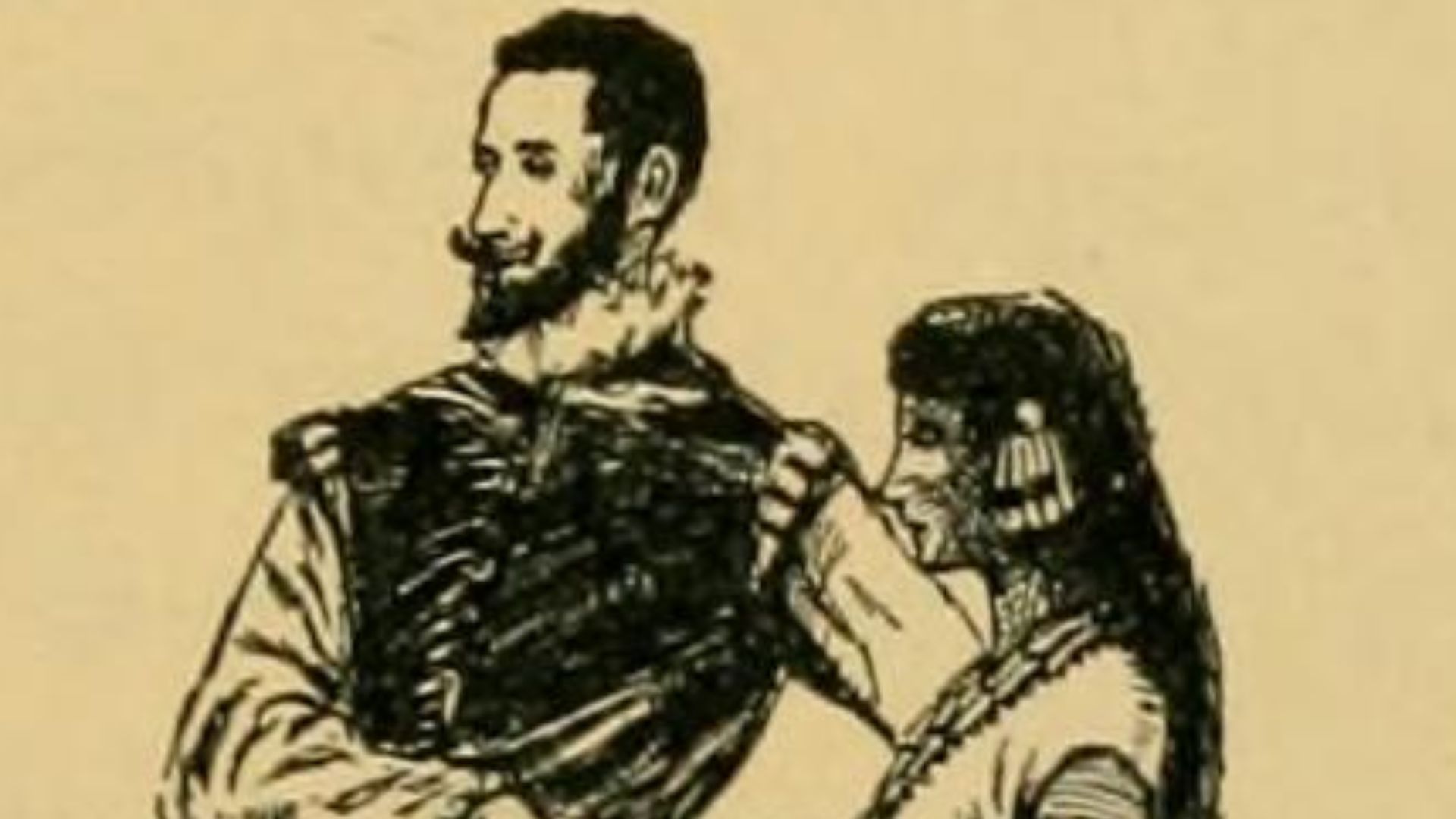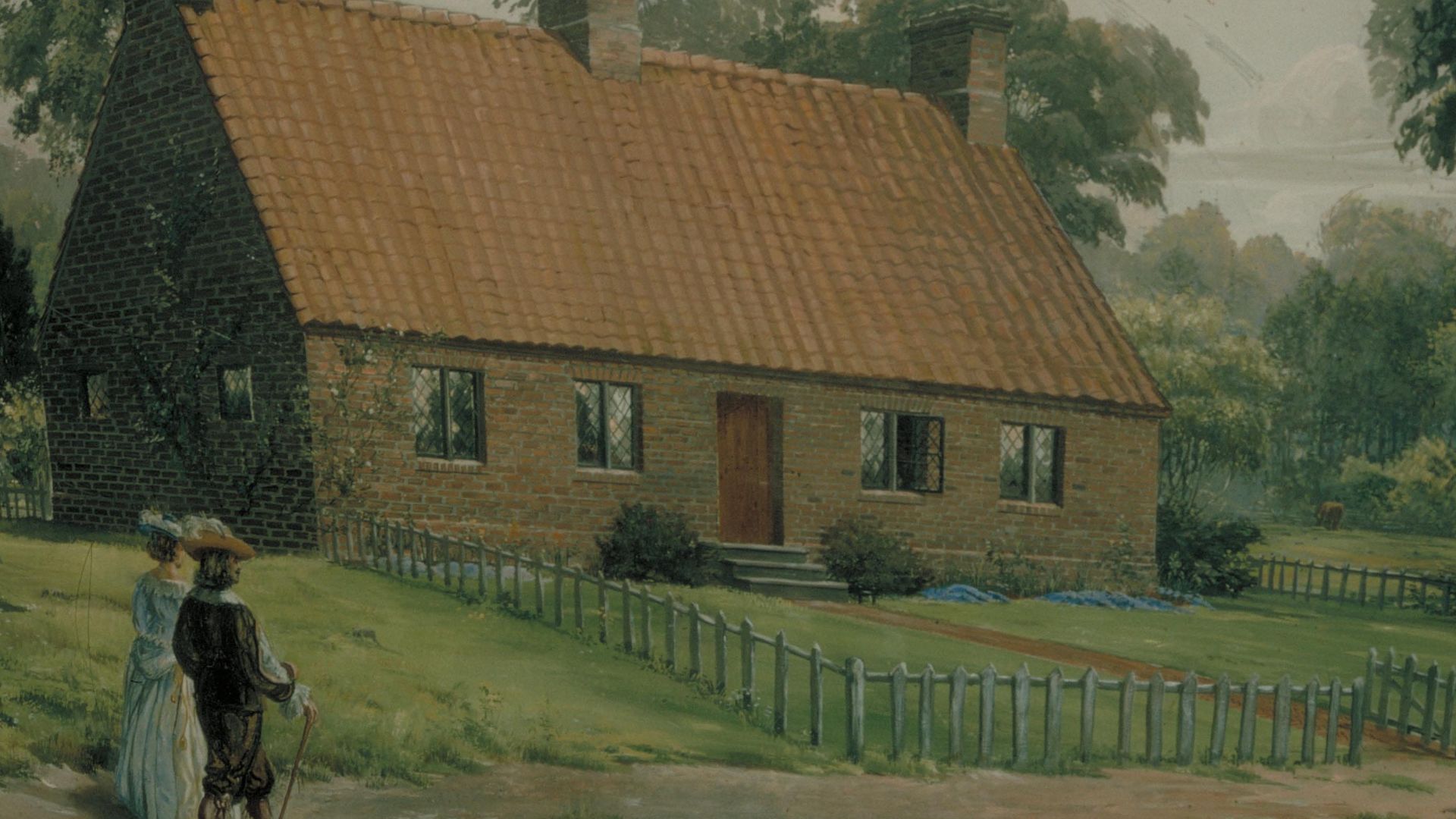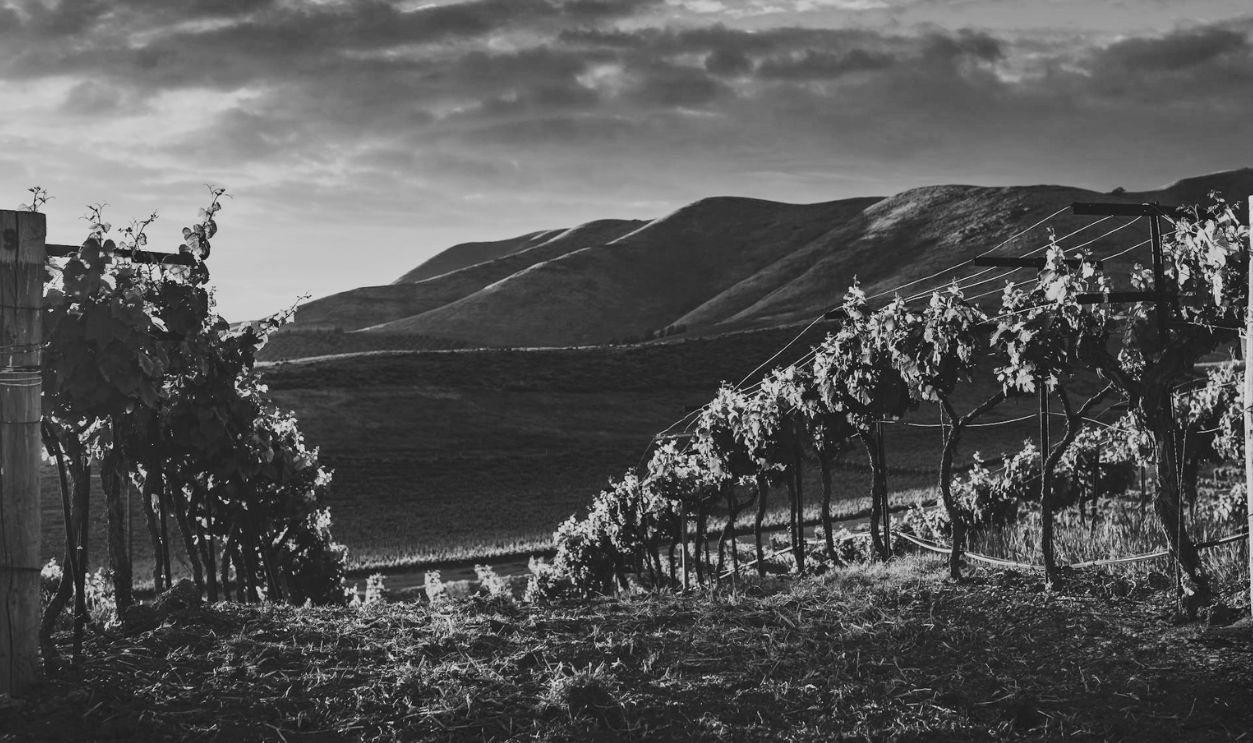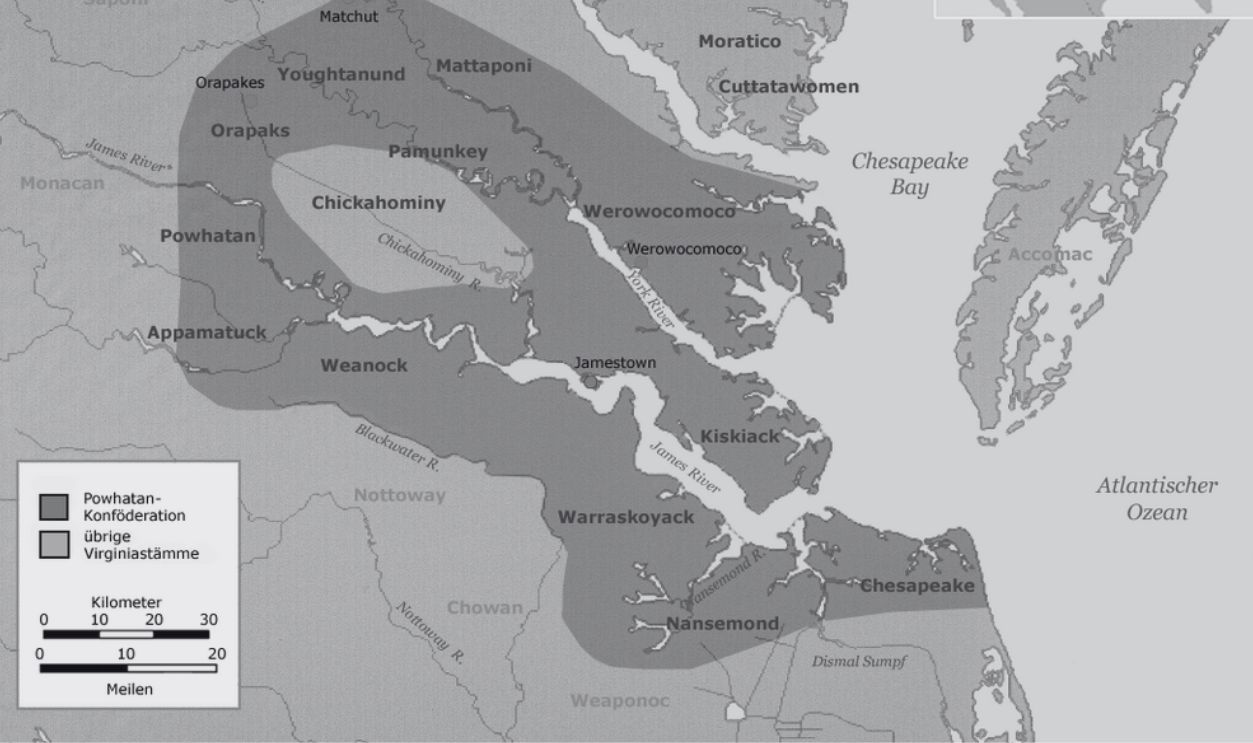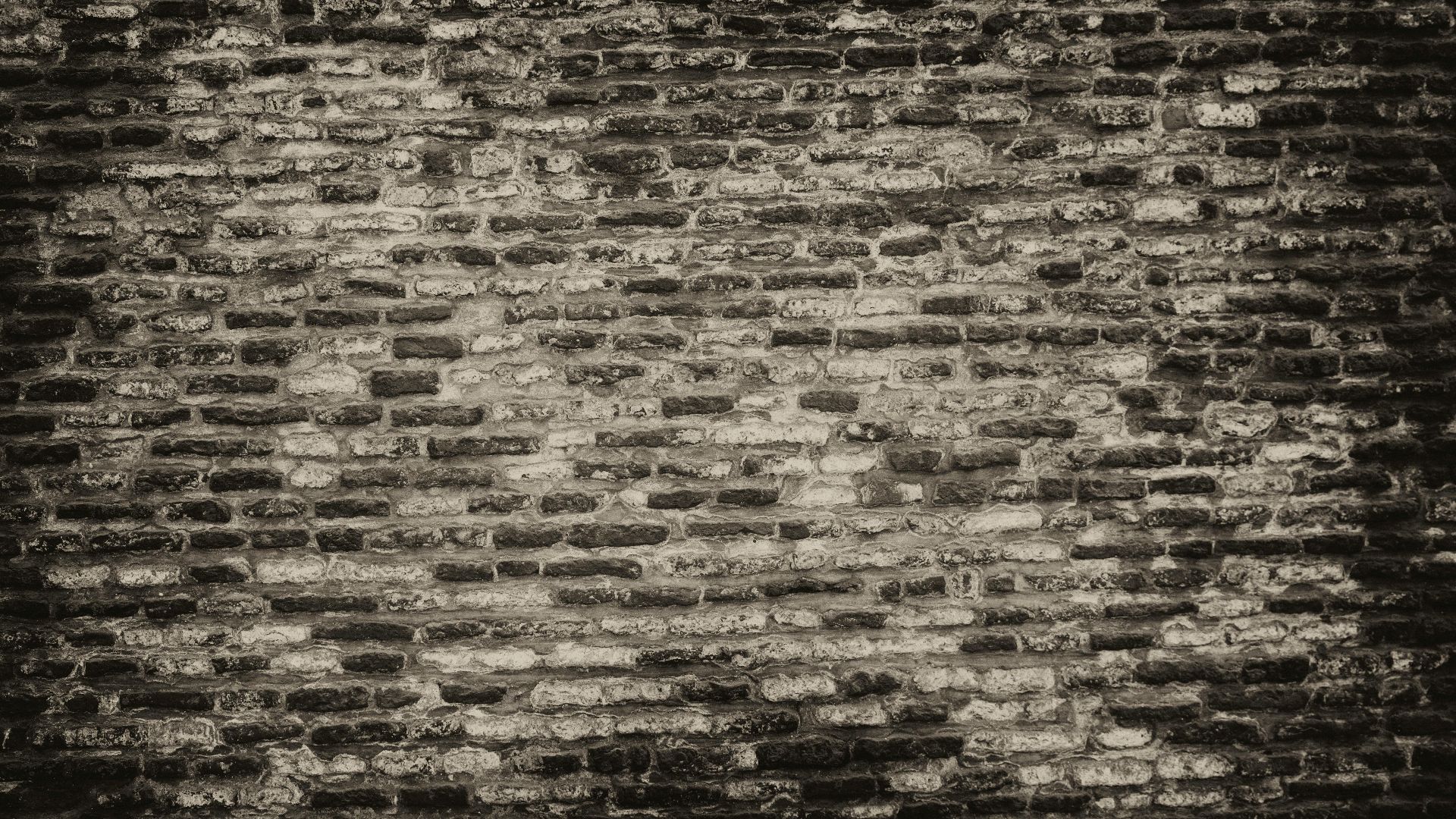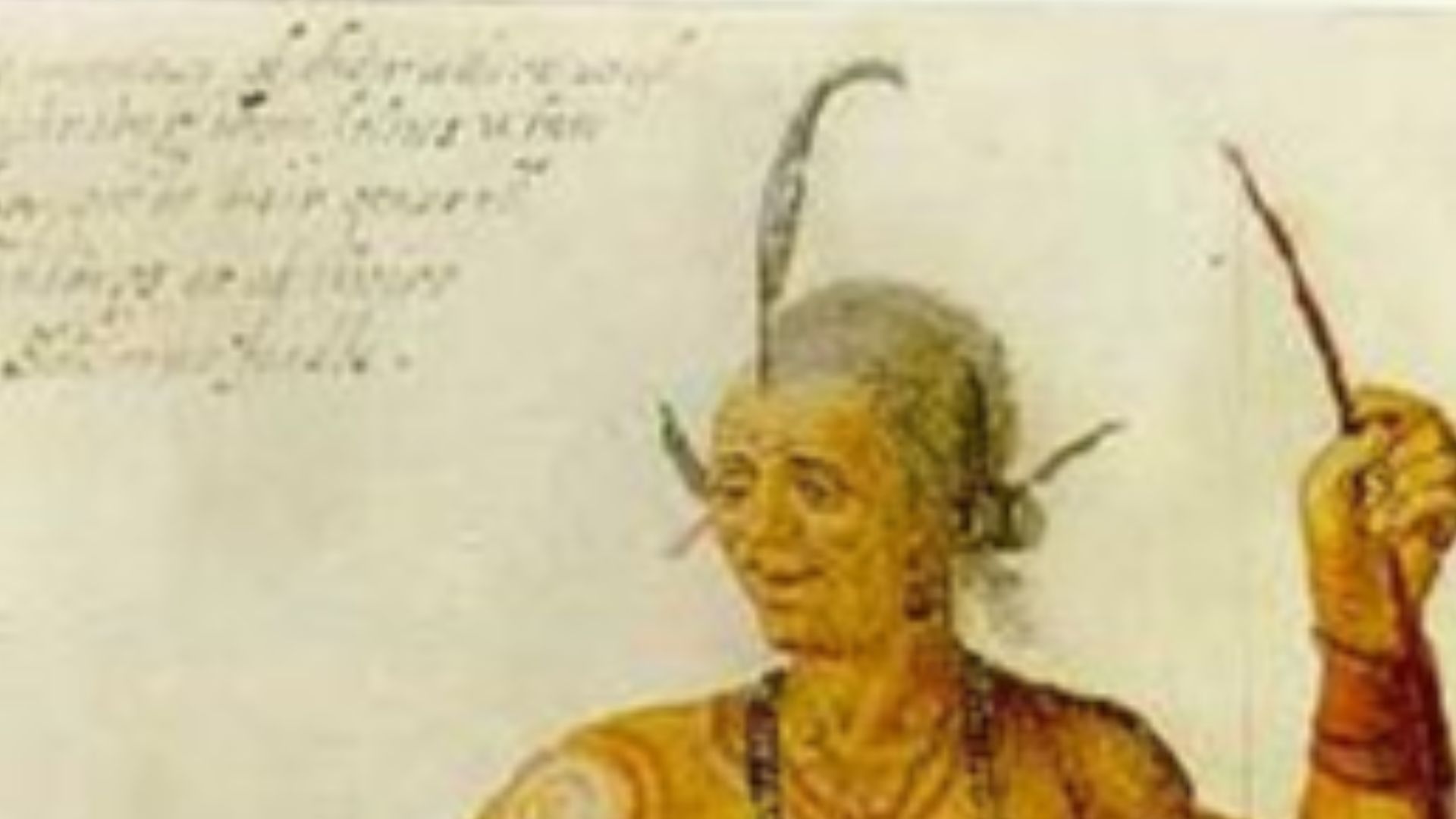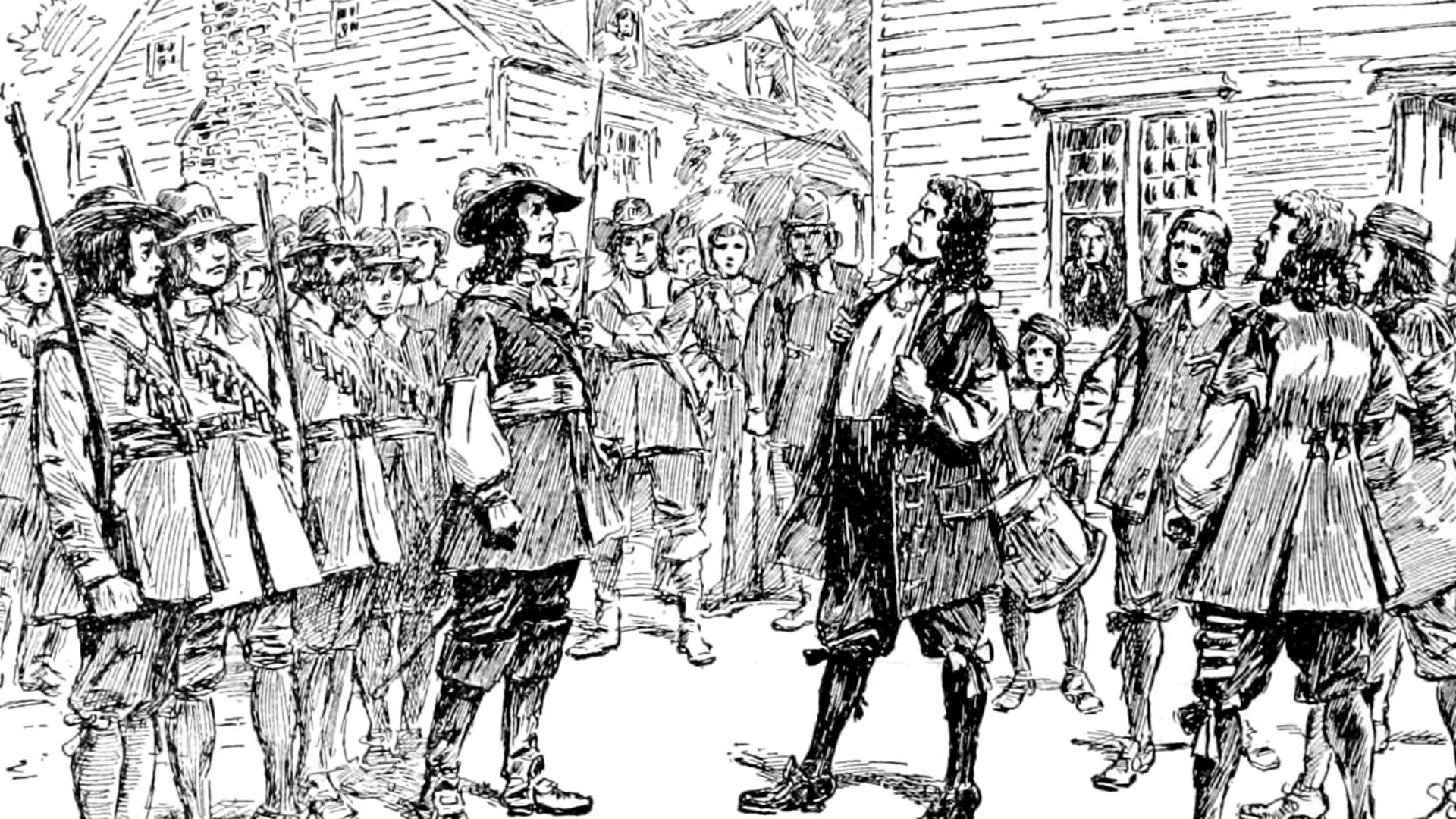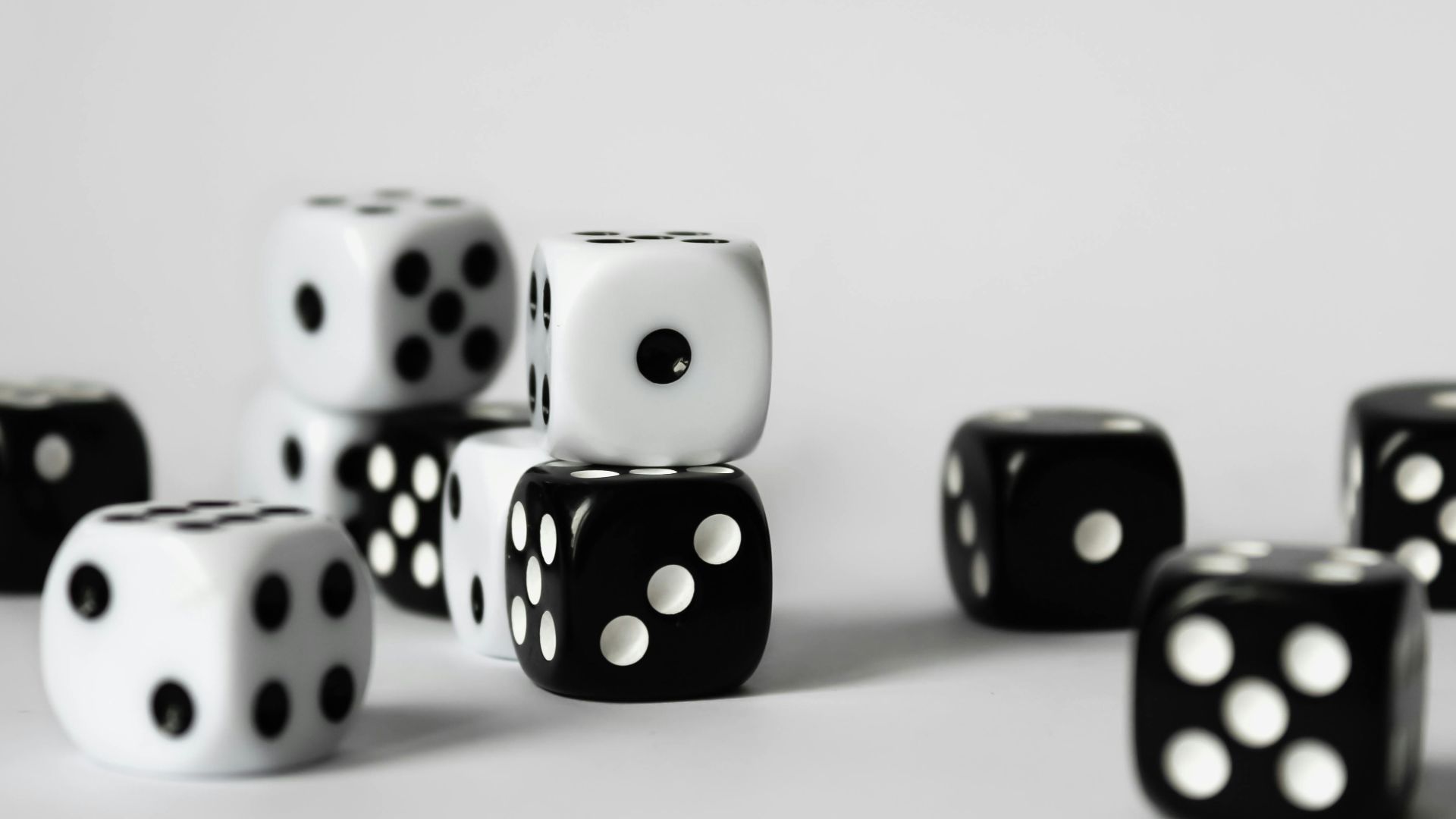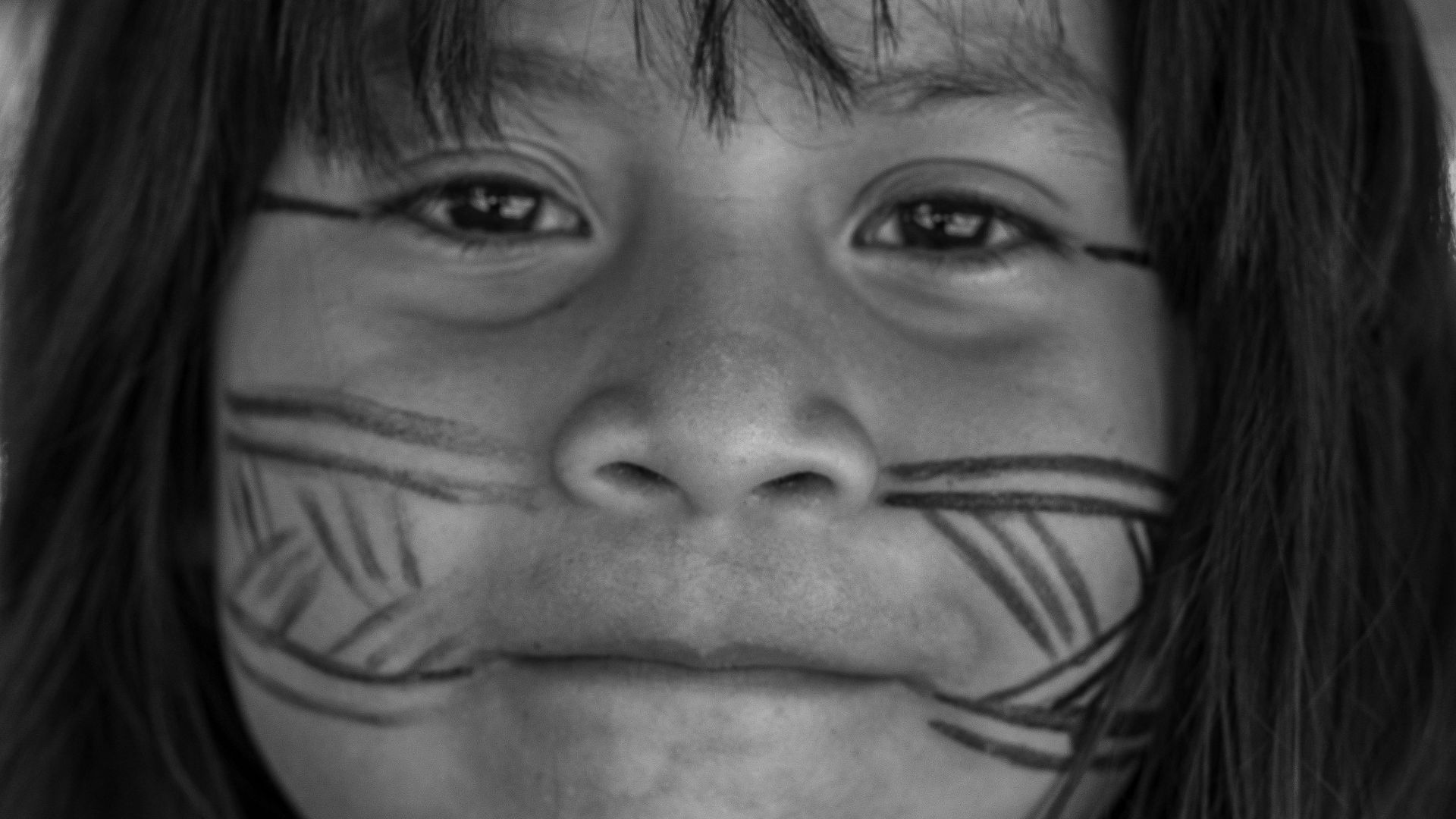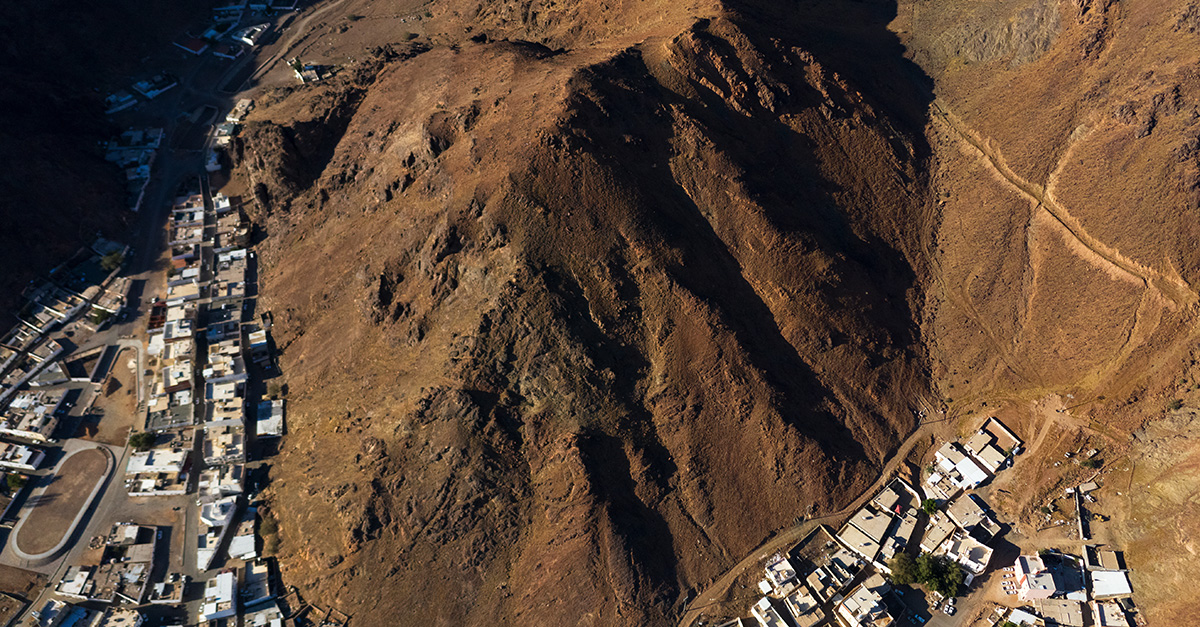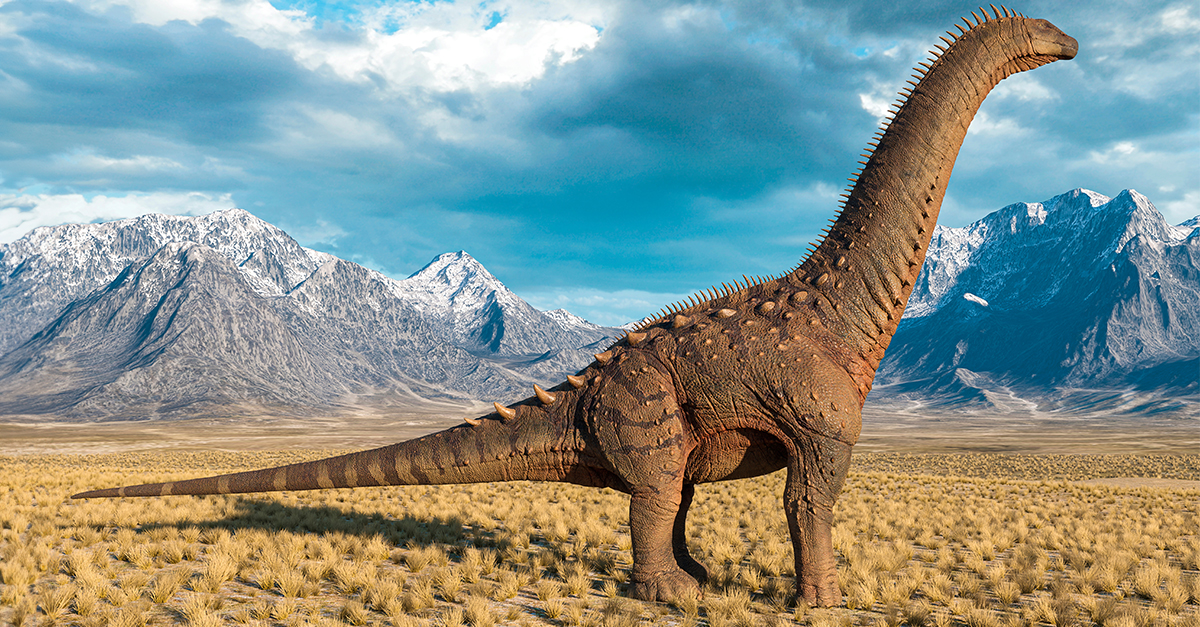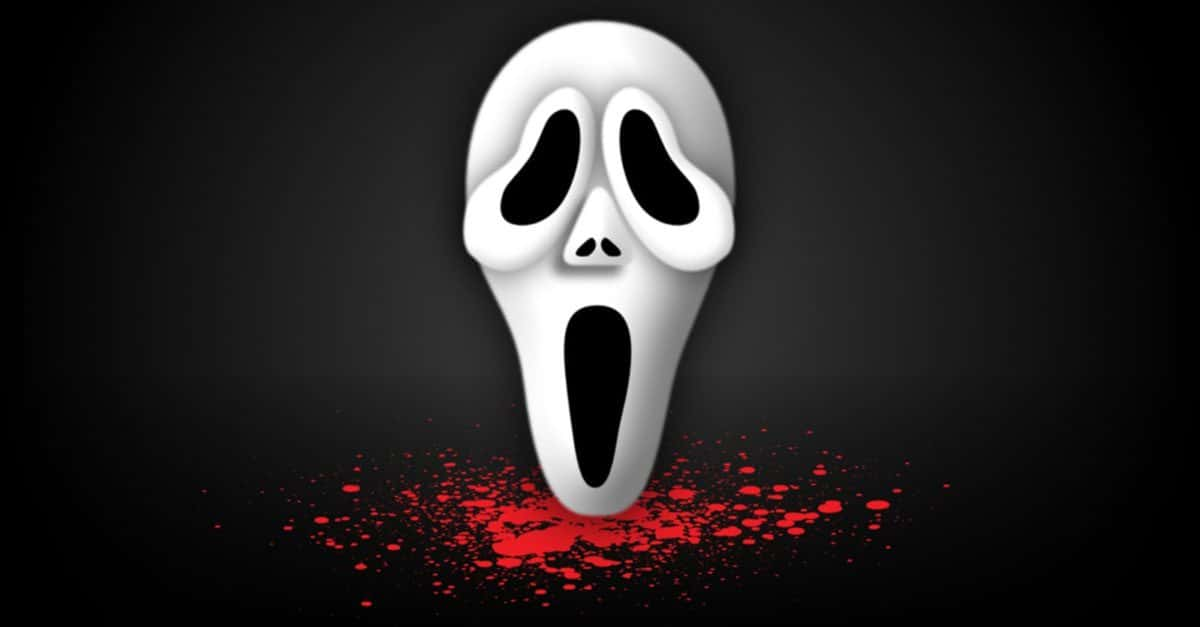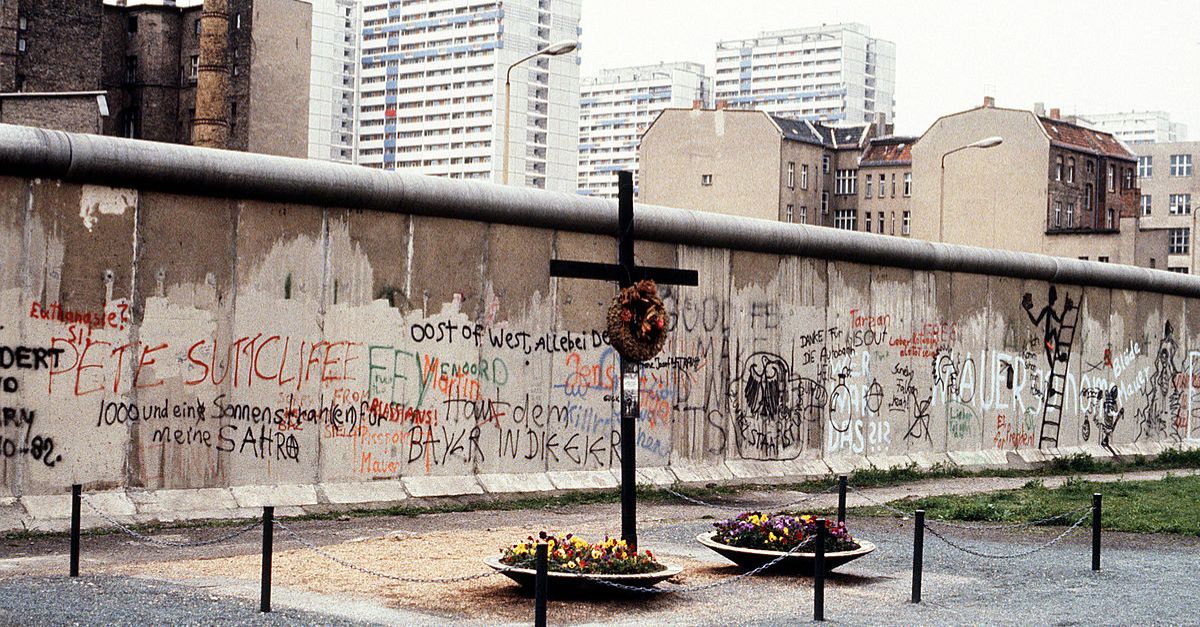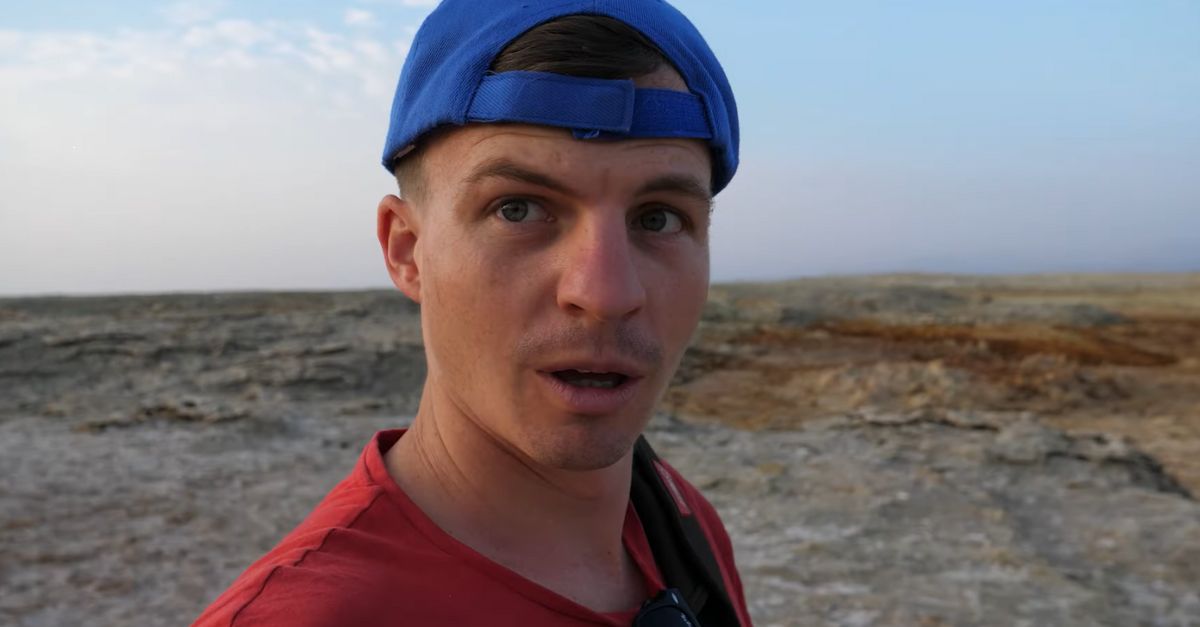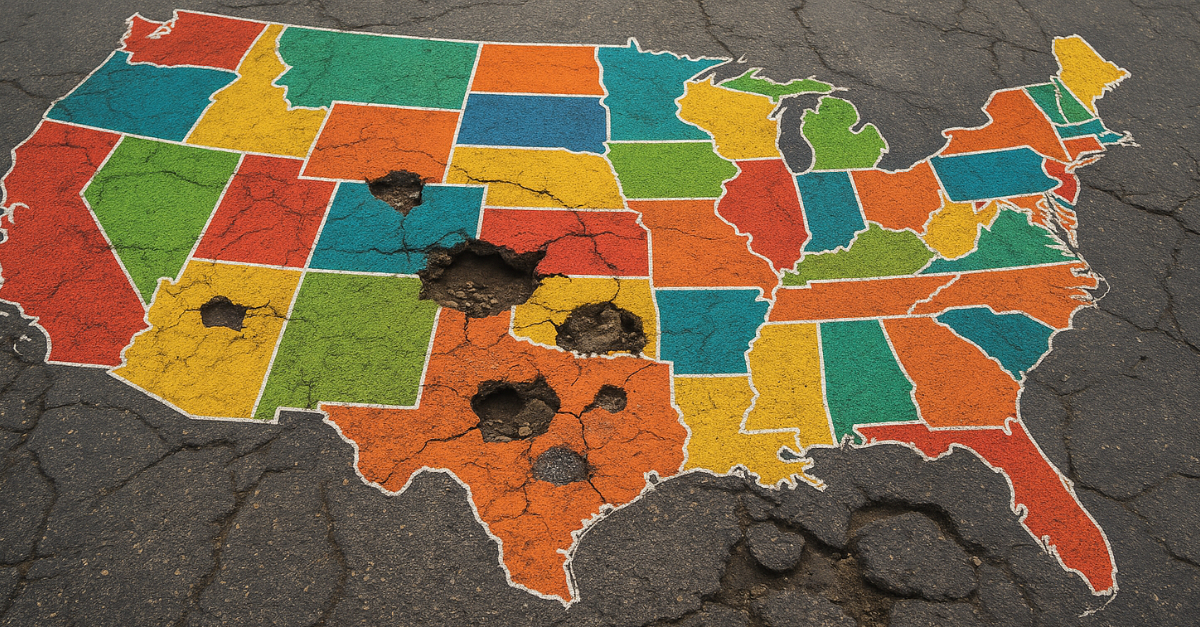The Disturbing Takedown Of The Virginia Indians
The Powhatan people, also known as the Virginia Indians, are Indigenous peoples who have traditionally lived along the coastal plain of Virginia. From the moment White settlers stepped foot in Virginia, the Powhatan people have had to fight—for their land, their peace, and most importantly, their princess, Pocahontas.
In 1612, Pocahontas was captured by the English and held for ransom. While her father, paramount Chief Powhatan did everything he could to get her back, there was one thing he wasn't willing to give—and it sealed her fate forever.
While that was one major challenge of the Powhatan people, the worst was yet to come. Later, in the early 20th century, a man named Walter Plecker was on a mission to wipe Virginia Indians from the records entirely—and he went to disturbing lengths to do it.
This is their story.
Their Homelands
The Powhatan people are generally from the Northeastern Woodlands. More specifically, their historic lands were in eastern Virginia, specifically the Tidewater region, and the eastern shore of the Chesapeake Bay.
They belong to the Powhatan Confederacy, or Tsenacommacah, which was a loose alliance that included around 30 Algonquian-speaking tribes. They were led by the paramount chief, Wahunsenacawh, also known as Chief Powhatan.
Chief Powhatan may not be a name you know well, but we are certain you’ll know his daughter—at least to some extent.
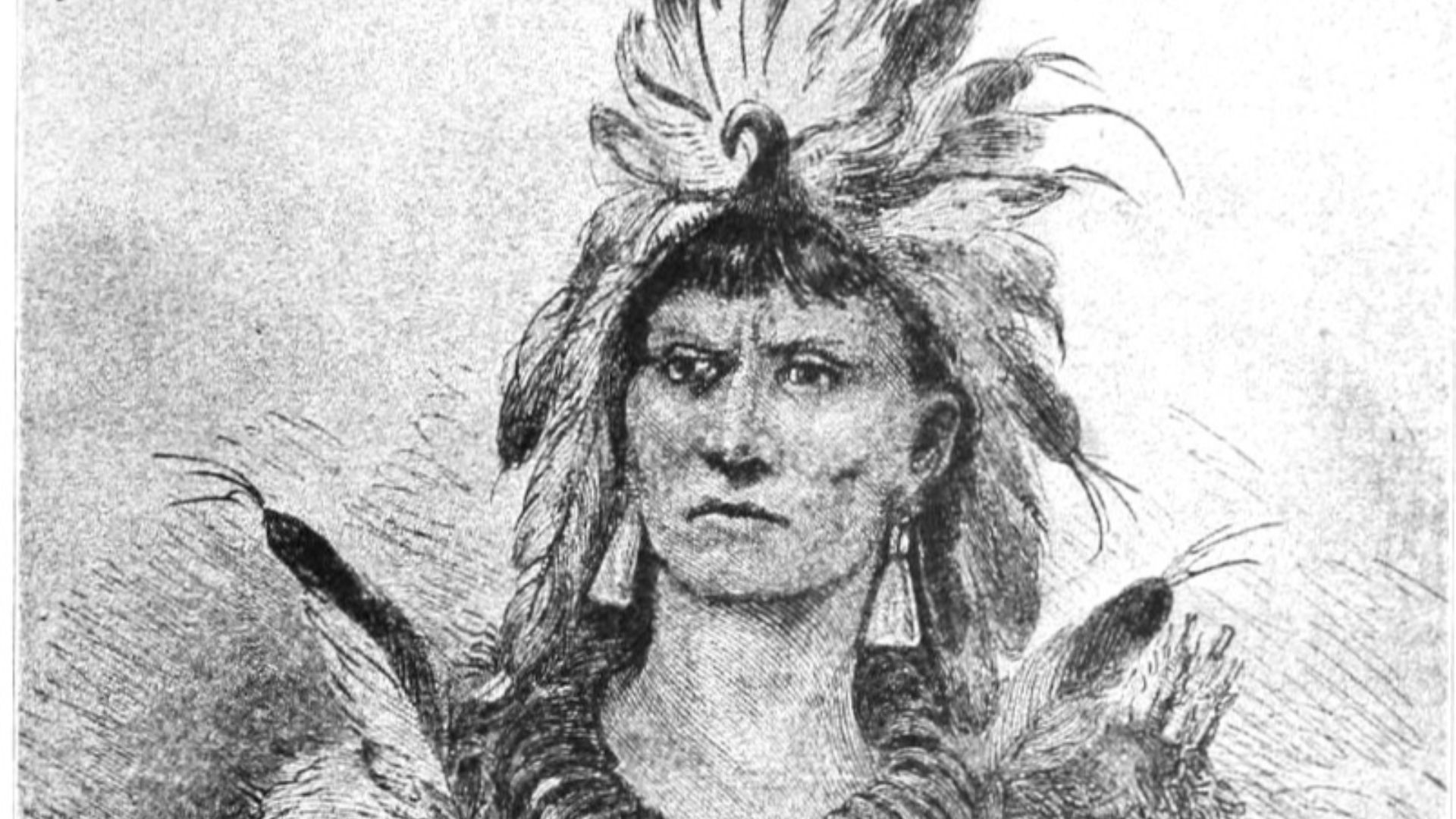 Norman Barton Wood (after F.O.C Darley), Wikimedia Commons
Norman Barton Wood (after F.O.C Darley), Wikimedia Commons
She's A Disney Princess, Too
Chief Powhatan’s daughter was Pocahontas. That’s right, the Pocahontas. We’ll get more into her role later, as she comes more into play when the English settlers arrived and wreaked havoc on the Powhatan community.
First, let’s take a look at their traditional culture.
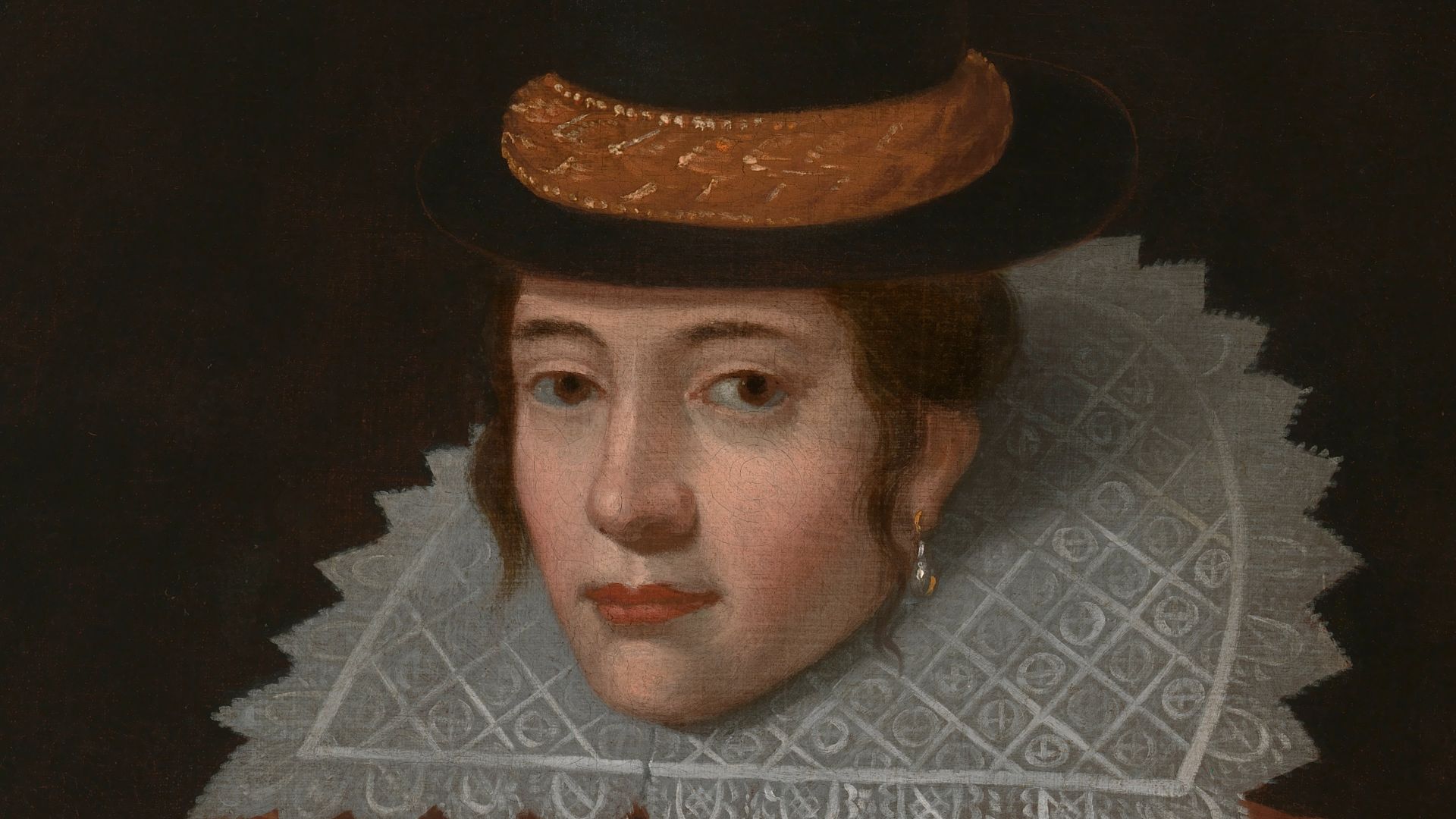 After Simon van de Passe, Wikimedia Commons
After Simon van de Passe, Wikimedia Commons
The Waterfall People
In the Virginian Algonquian language, Powhatan means “waterfall”, which is somewhat fitting considering they lived in a coastal region. Their traditional lands were layered in fertile soil, with dense forests and lush rivers and marshes—everything you’d need to live a successful self-sufficient lifestyle.
 http://www.ForestWander.com, CC BY-SA 3.0, Wikimedia Commons
http://www.ForestWander.com, CC BY-SA 3.0, Wikimedia Commons
They Were Street Smart
Traditionally, like many Indigenous tribes, the Powhatans lived off the land, relying on a diverse range of natural resources. They were extremely skilled in hunting, fishing, gathering, and farming—making all of their own food, materials, and even transportation.
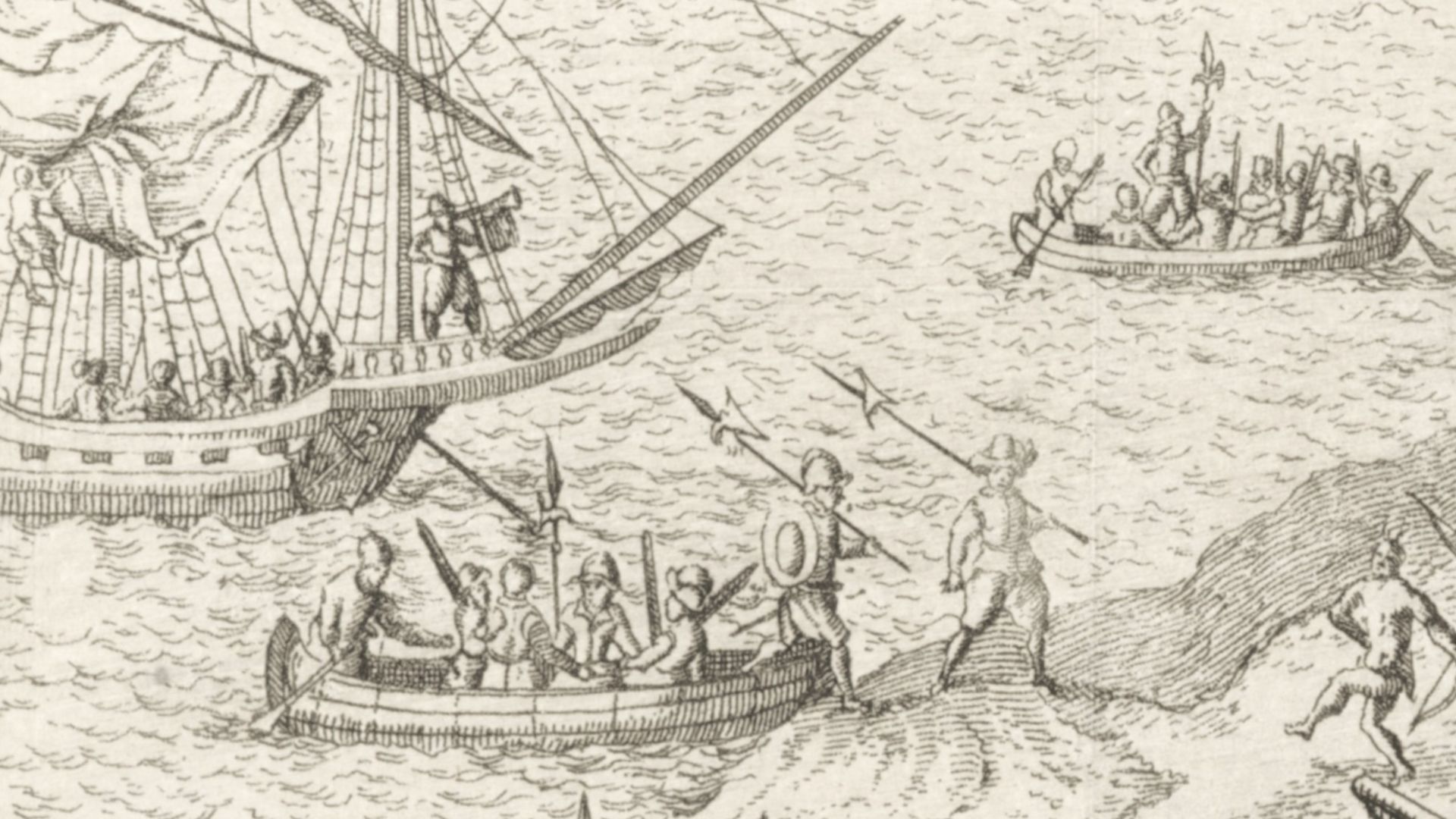 Matthäus Merian, Wikimedia Commons
Matthäus Merian, Wikimedia Commons
Their Homes Were Simple
The Powhatan traditionally built structures called “yehakin”, which were made with flexible saplings bent into arches and covered with woven mats, bark, or hides. Some homes were larger, and built more like a longhouse, accommodating larger families and live-in relatives.
Their villages usually had one larger longhouse that was used as a communal meeting place, as well as a separate storage building for preserving food.
Each tribe had their own village, and each village had its own chief.
 Nationalparks, CC BY-SA 2.5, Wikimedia Commons
Nationalparks, CC BY-SA 2.5, Wikimedia Commons
The Powhatan Confederacy
During the 1500s and 1600s, the Powhatan Confederacy was ruled by Chief Powhatan, and while he held a great deal of power, he couldn’t have done it alone. Each tribe was led by their own chief, called a weroance (male) or weroansqua (female). This term generally means “commander”.
Chief Powhatan himself, though, held a lot of cards.
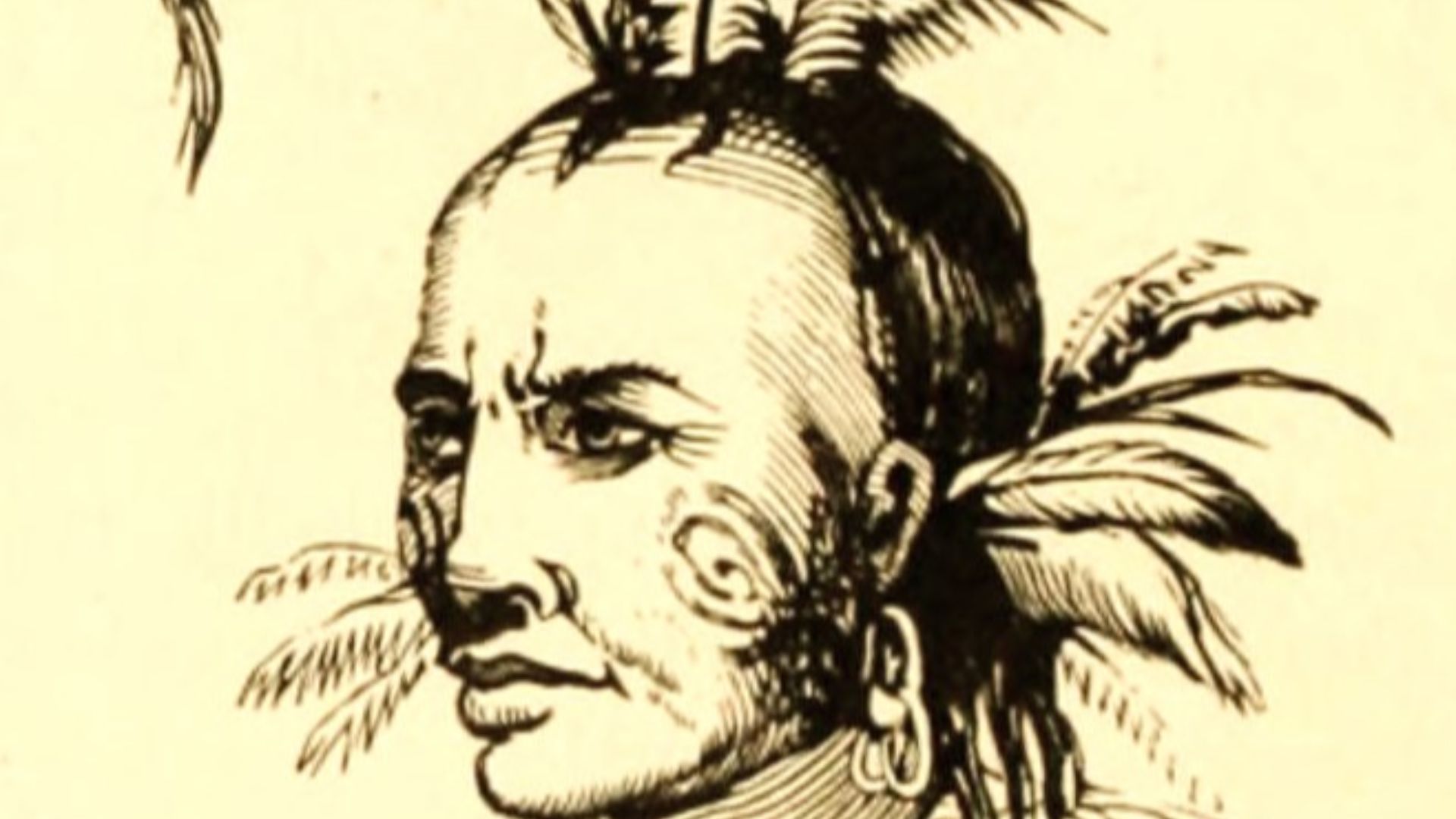 Henry Clay Watson, Wikimedia Commons
Henry Clay Watson, Wikimedia Commons
Protecting The Empire
As the paramount chief, Powhatan basically owned an empire. And to protect this empire, he often married the sisters of several of his sub-chiefs, making them official brothers-in-law so that their sons would become heirs to their chiefdoms.
In doing so, Powhatan became responsible for uniting dozens of tribes into a single, powerful alliance—earning him a rather respectable title.
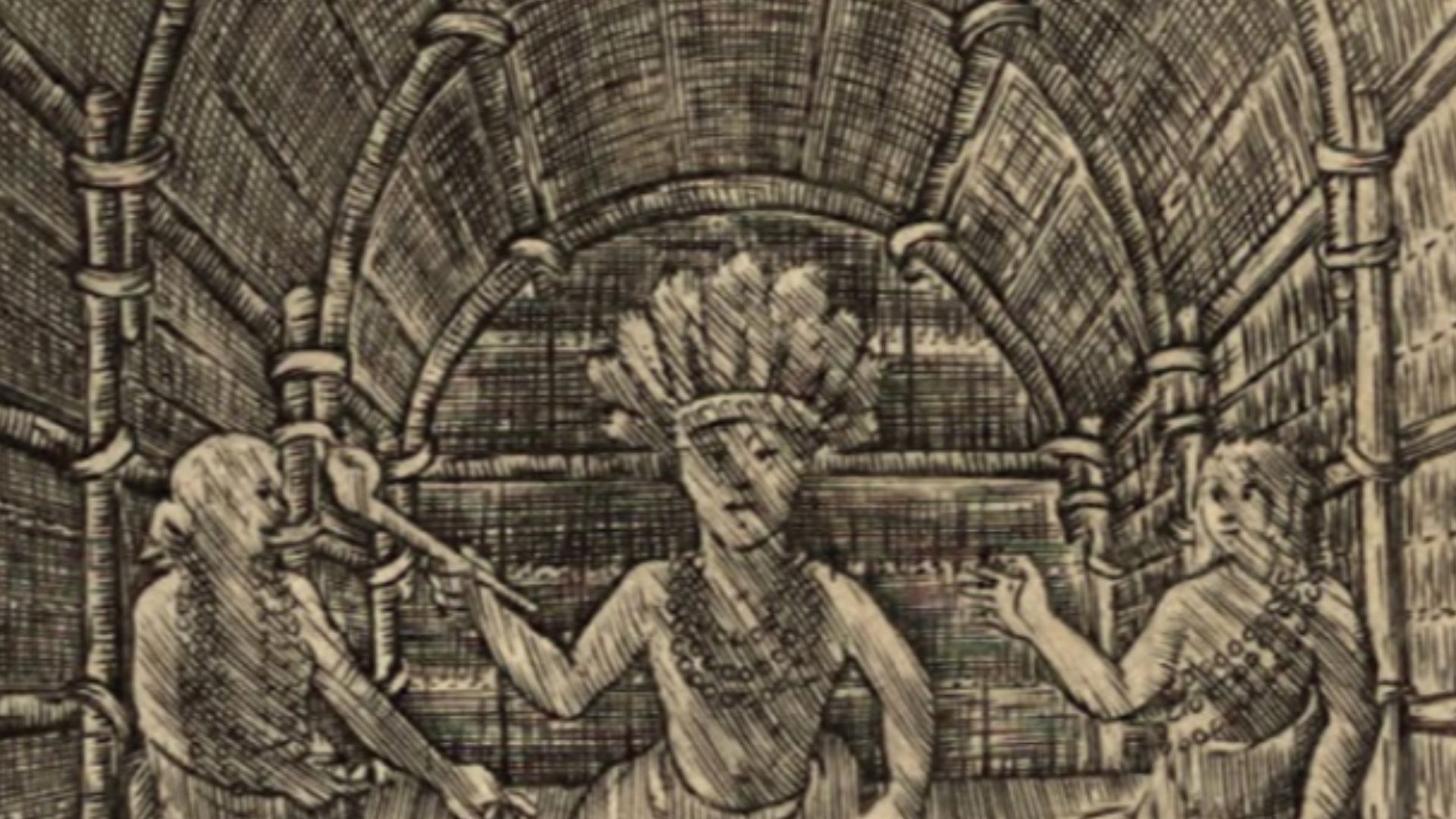 engraved by William Hole, Wikimedia Commons
engraved by William Hole, Wikimedia Commons
Powhatan HQ
Chief Powhatan was the highest authority in the region when English colonists arrived. At the time, he was ruling primarily from Werowocomoco, a village known to be the Powhatan headquarters.
He started with controlling six tribes, but by the time the settlers arrived, he gained control of over 30 tribes through inheritance, marriage, and intertribal war.
So, naturally, the English settlers didn’t scare him.
A Falling Population
Chief Powhatan was a confident leader. But he didn’t realize that the English were armed with more than just weapons.
Before their arrival, the Powhatan population was estimated to be close to 25,000. Unfortunately, it didn’t take long for this number to fall.
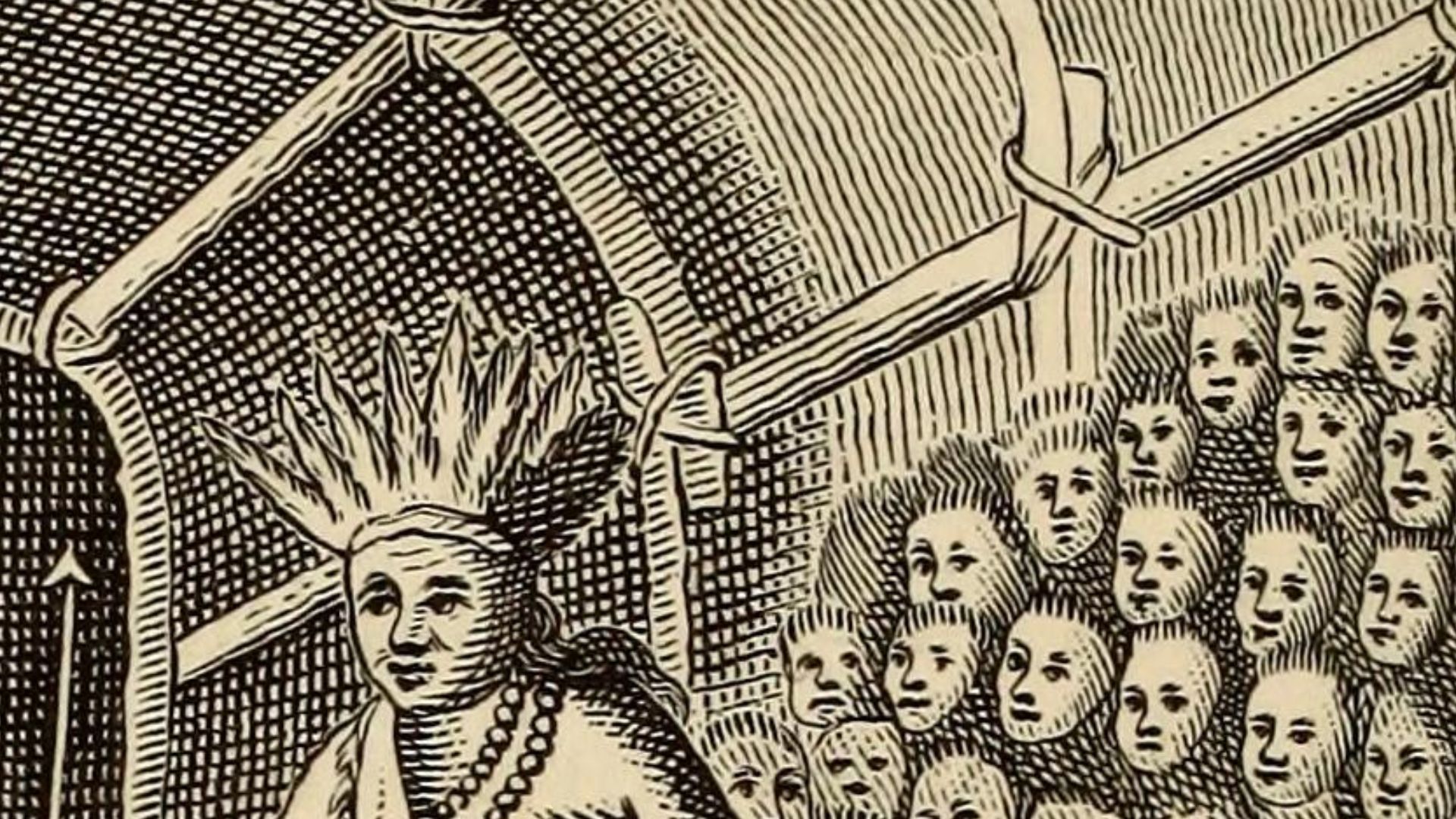 Internet Archive Book Images, Wikimedia Commons
Internet Archive Book Images, Wikimedia Commons
Introducing Jamestown
In 1607, the English arrived and created the first permanent English settlement in the Americas. It was located on the northeast bank of the James River, and was originally called “James Fort”—later changed to Jamestown.
And while it was indeed a permanent settlement, the English struggled just as hard with their new life in America as the Powhatan did with their arrival.
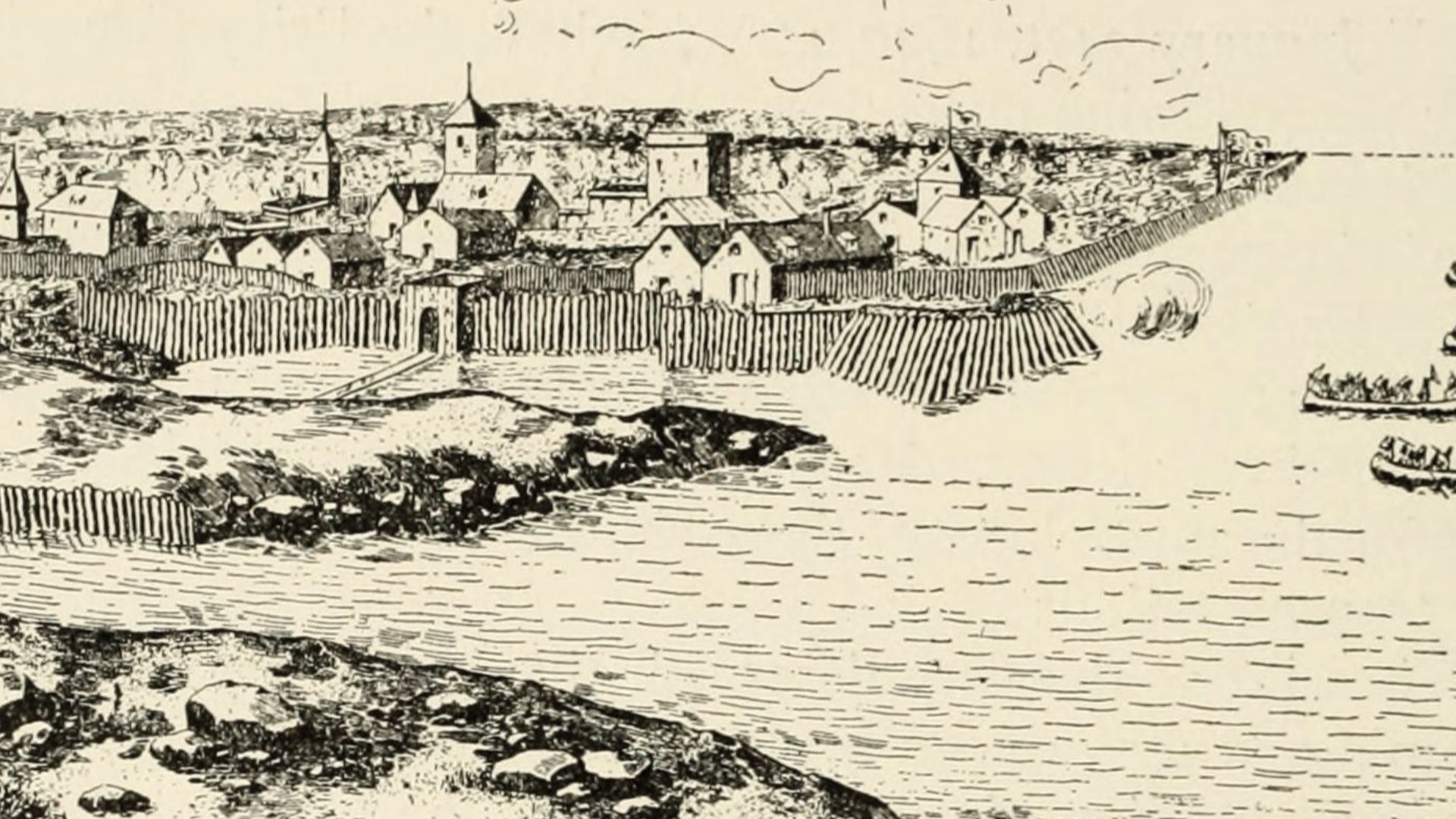 Peter Vander (via Conway Whittle Sams), Wikimedia Commons
Peter Vander (via Conway Whittle Sams), Wikimedia Commons
They Struggled To Provide
The English population in Jamestown started off strong, with over 200 settlers. However, this number quickly decreased after “The Starving Time”—a period between 1609-1610 when Jamestown residents were literally starving to death.
By the end of that period, only 60 survivors were left. But before all that, Jamestown had a leader that you may also recognize from our beloved Disney movie, Pocahontas.
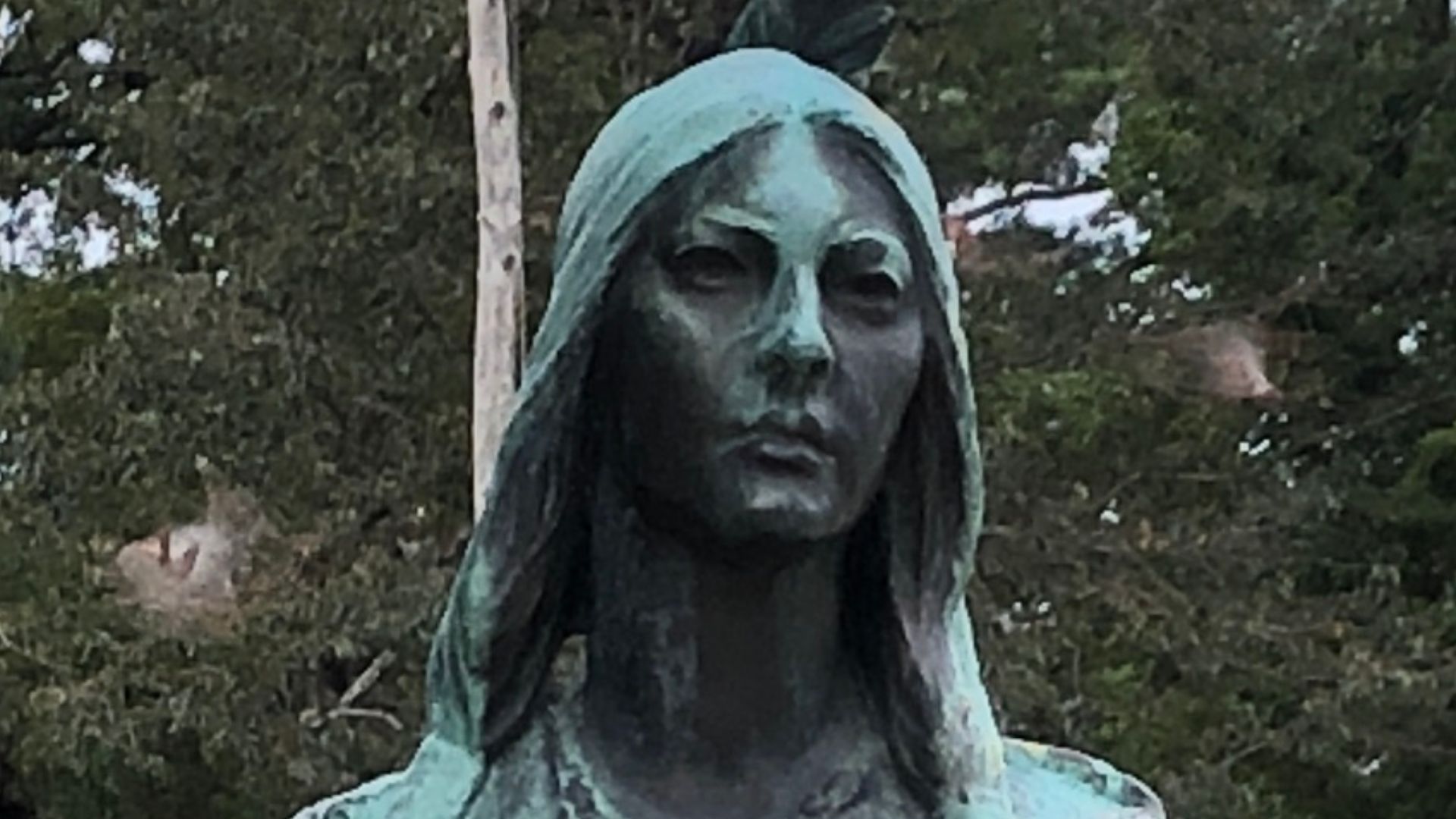 Blueberrythefish, Wikimedia Commons
Blueberrythefish, Wikimedia Commons
Enter John Smith
John Smith was an English explorer who played an important role in the Jamestown colony. He was the leader of the Virginia Colony between 1608 and 1609, and became the first explorer to map the Chesapeake Bay area, and later the coast of New England.
He was a strong leader—and a strict one, too.
His Leadership Skills Kept Them Alive
Smith required his fellow settlers to work, which ultimately is what kept them alive. He taught them to farm and fish—saving them from starvation. A smart choice considering only a few years later, most of them would die from exactly that. In fact, he publicly stated, “He that will not work, shall not eat”.
But food was the least of their worries.
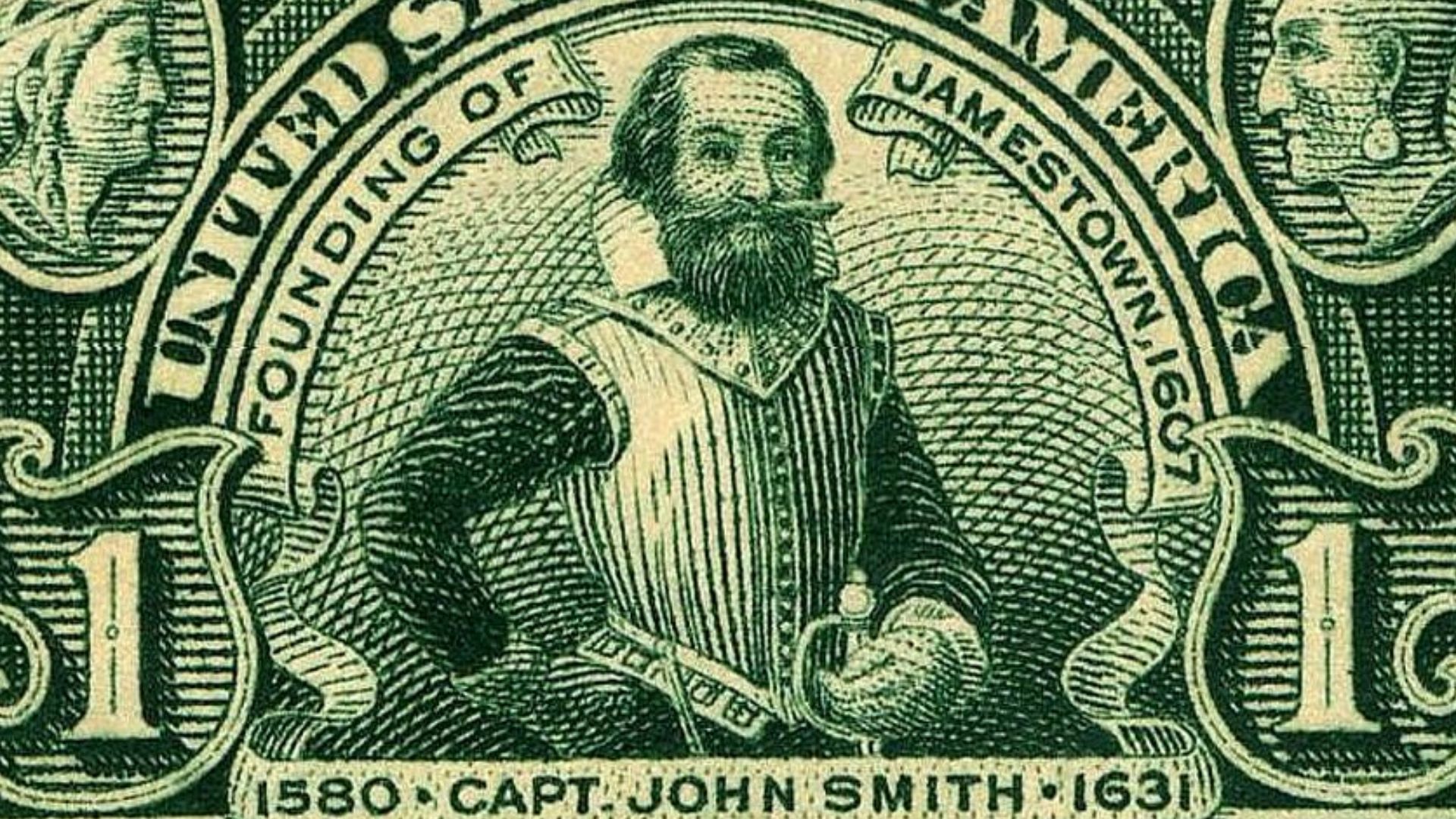 U.S. Bureau of Engraving and Printing; Imaging by Gwillhickers, Wikimedia Commons
U.S. Bureau of Engraving and Printing; Imaging by Gwillhickers, Wikimedia Commons
They Arrived Ready To Fight
Almost immediately after arriving on Virginian soil, aka Powhatan land, the English put their dukes up. Apparently, their sour experiences with the Spanish put them on high alert making them extra defensive.
So, the moment they saw anyone other than their own, they fired shots. Within two weeks of their arrival, multiple deaths had already occurred.
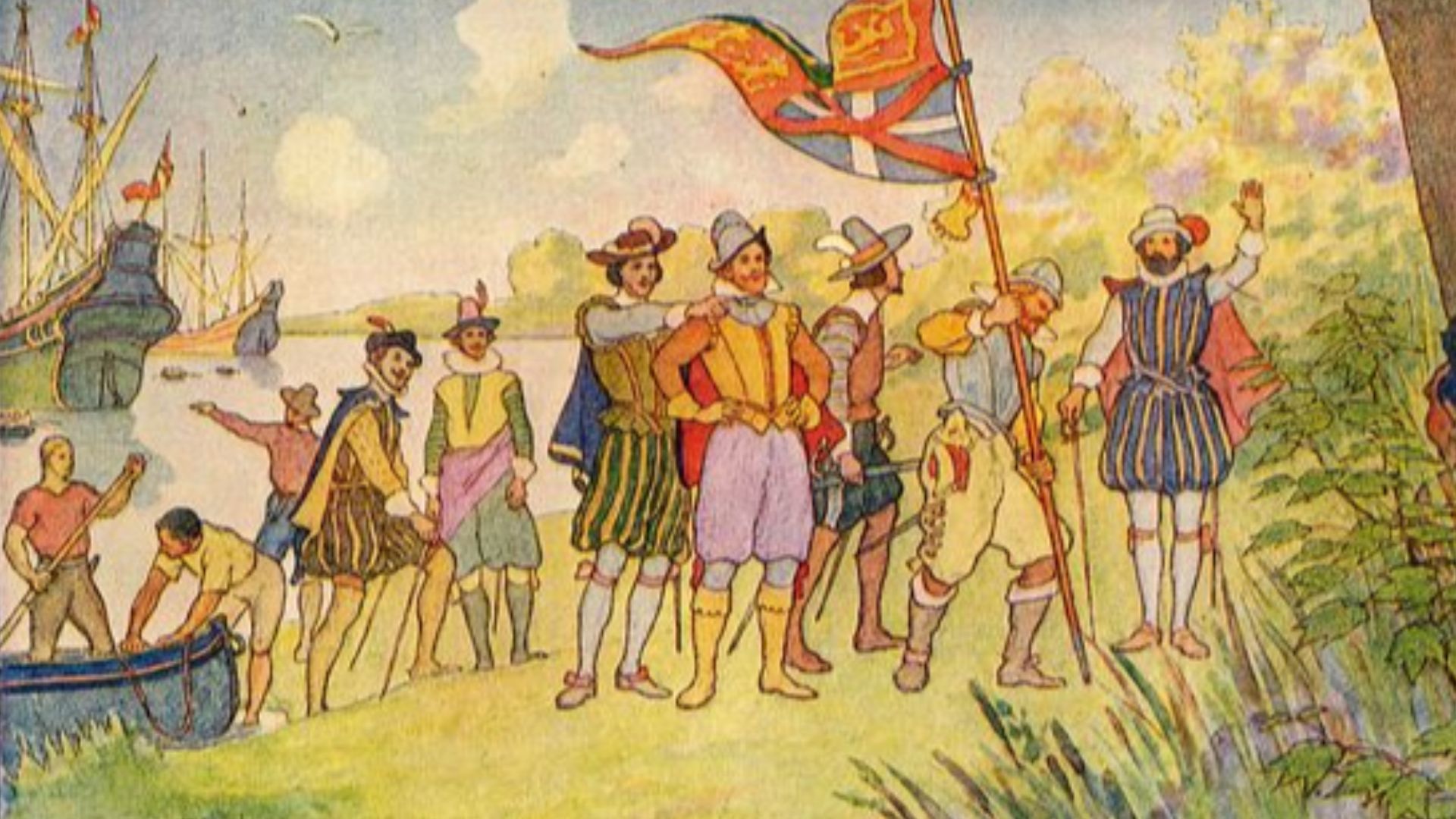 Elmer Boyd Smith, Wikimedia Commons
Elmer Boyd Smith, Wikimedia Commons
They Needed Their Enemy's Help
Although they came in like a wrecking ball, the English had apparently hoped for friendly relationships with the Virginian Indians—especially because they had a need to fill: food.
The English knew they had to set up trade with the Native tribes if they wanted to survive. So, they put on a fake smile and made some bogus introductions.
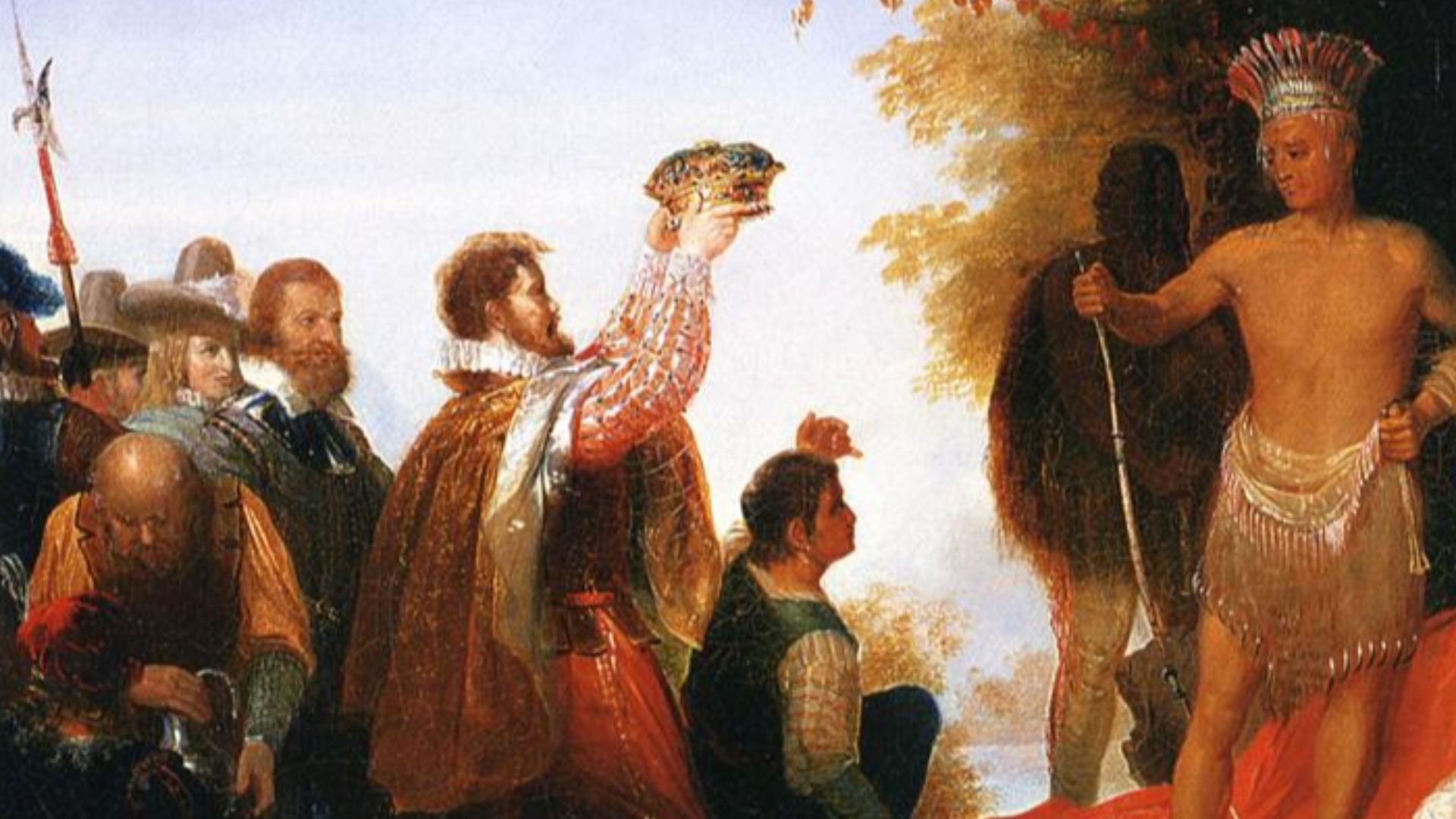 John Gadsby Chapman, Wikimedia Commons
John Gadsby Chapman, Wikimedia Commons
They Made Peace
The Powhatan already had their guards up considering they were initially under fire at the first sight of a White man. But after a calmer approach, things cooled off a bit. The English needed all the help they could get considering they were unfamiliar with the land.
But not long after they settled, the English made a startling discovery.
 Internet Archive Book Images, Wikimedia Commons
Internet Archive Book Images, Wikimedia Commons
They Needed More Land
It didn’t take long for English settlers to realize the huge potential for tobacco. Once they started growing it, they established a stronger trade business. But in order to grow more, they had to impede on Native territory—and that certainly did not go well.
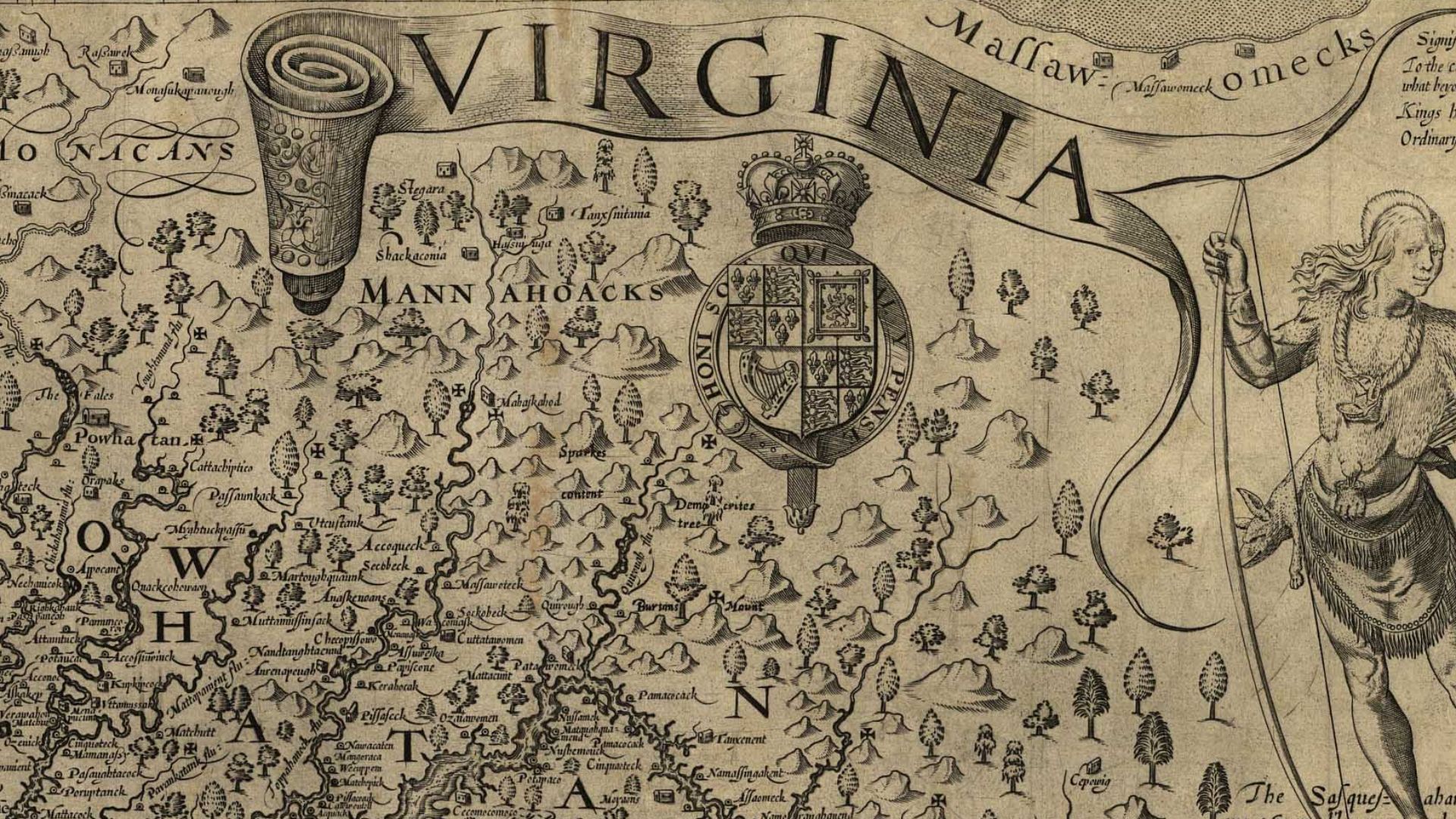 William Hole (engraver, d. 1624) , Wikimedia Commons
William Hole (engraver, d. 1624) , Wikimedia Commons
Not Without A Fight
As soon as the English made a pass at Native land, the Powhatans geared up. In fact, this greedy need for someone else’s land resulted in a whopping 14-year-long war.
And John Smith was at the beginning of it all.
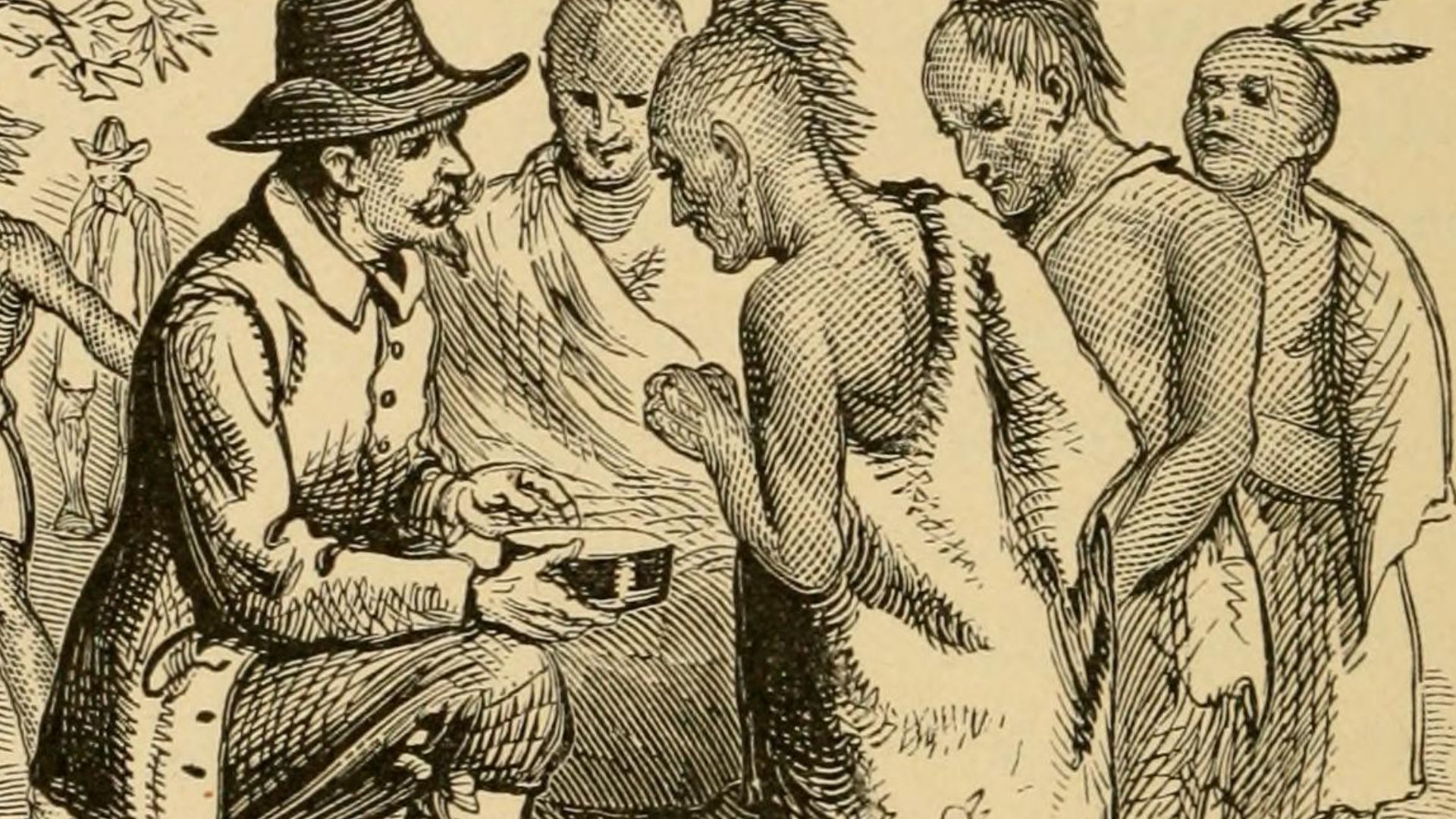 Internet Archive Book Images, Wikimedia Commons
Internet Archive Book Images, Wikimedia Commons
Disney Got Their Facts Wrong
Contrary to what Disney tells us, the story of Pocahontas is much darker than you may know. The popular cartoon movie is actually nothing like the truth. So, forget everything you know about Pocahontas and John Smith. They were never actually a couple in real life.
And you’re about to find out why.
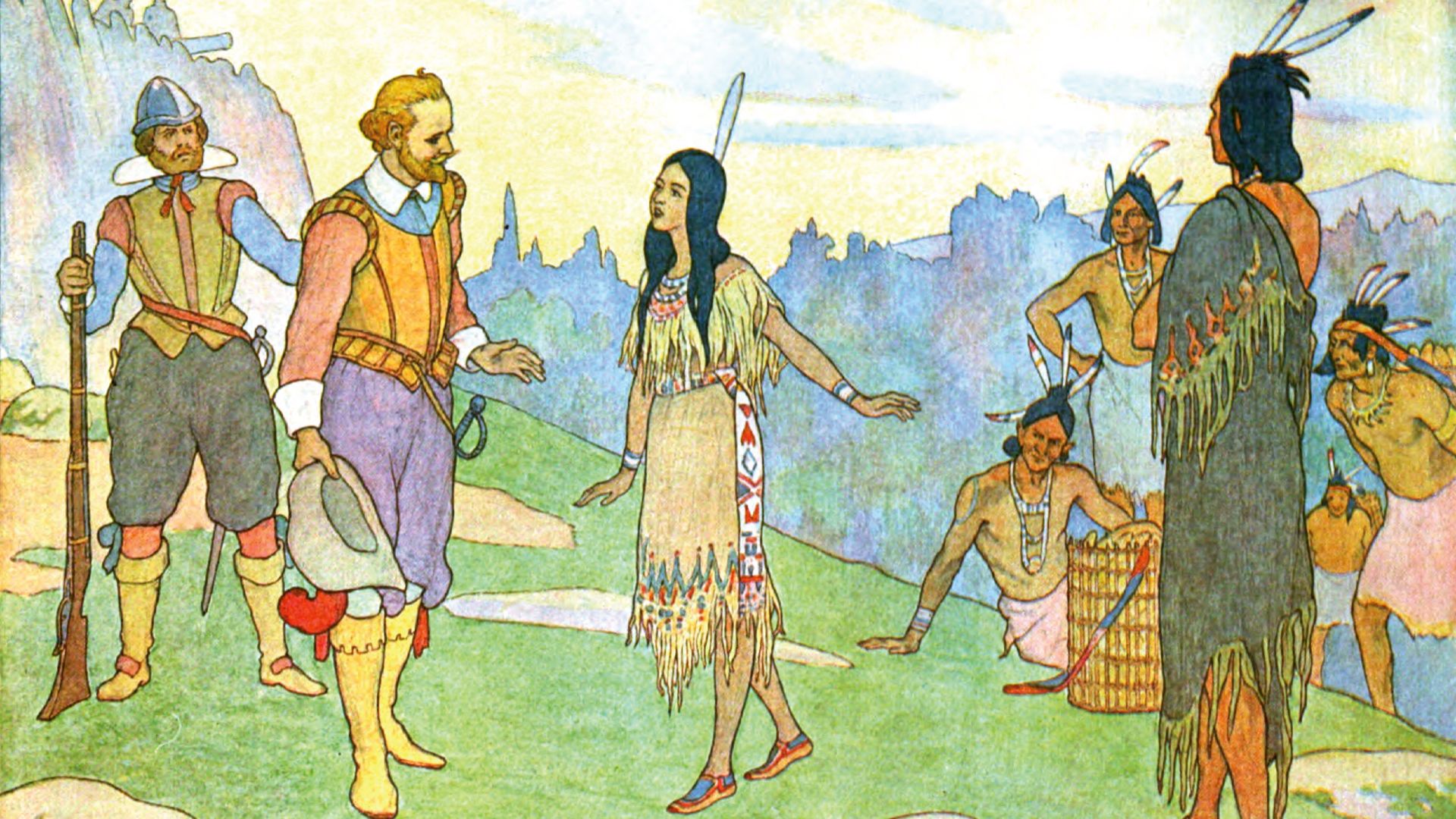 Elmer Boyd Smith, Wikimedia Commons
Elmer Boyd Smith, Wikimedia Commons
Let The Battles Begin
In December of 1607, the war was already underway between the Native Americans in Virginia and the English colonists from Jamestown. On an apparent hunting and trade mission on the Chickahominy River, Captain John Smith engaged in a battle with a tribe leader named Opechancanough.
During this battle, Smith did something so horrific, it's unspeakable—and then he wrote about it in his diary.
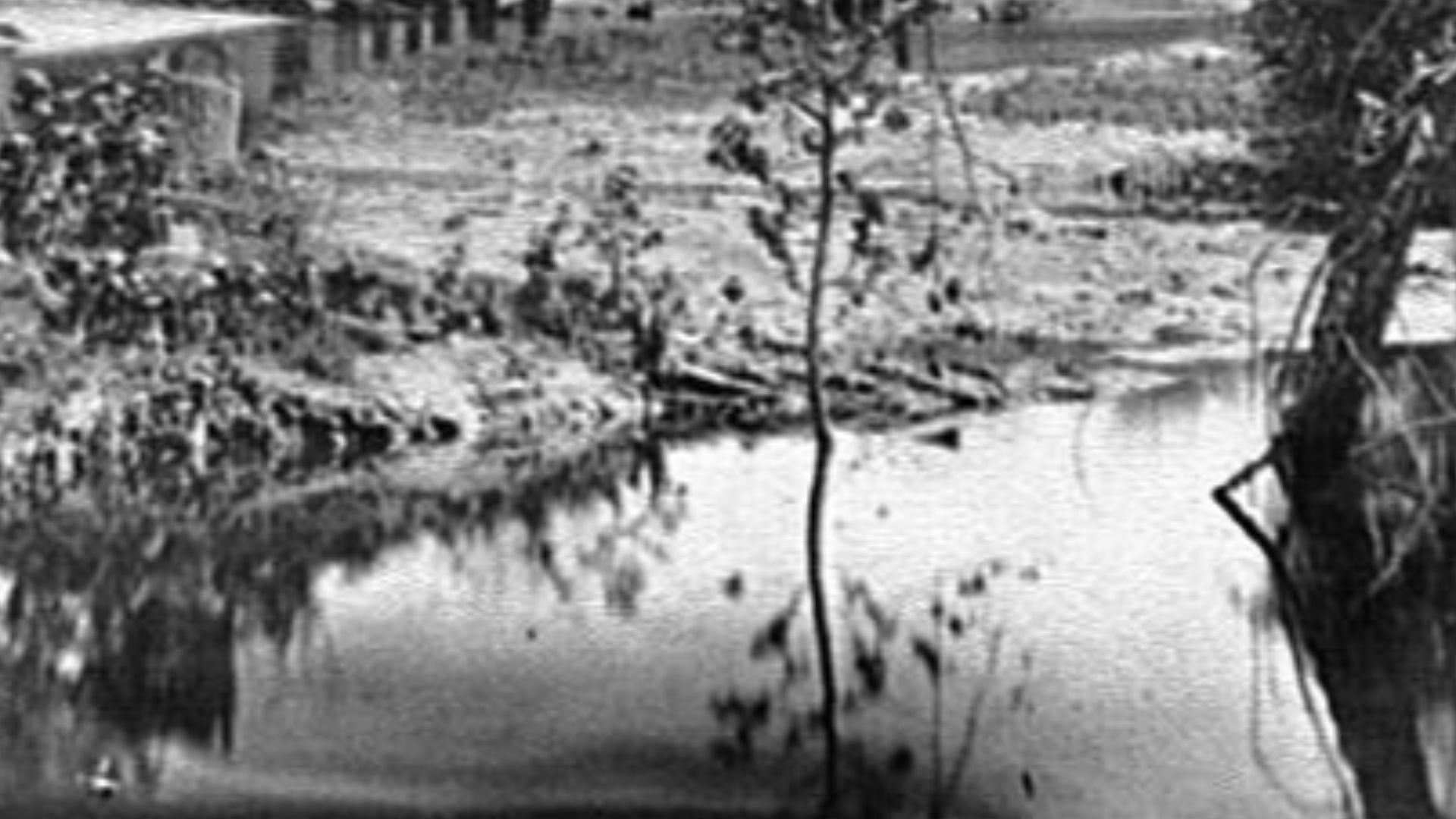 Reekie, John; Civil War Glass Negatives, Wikimedia Commons
Reekie, John; Civil War Glass Negatives, Wikimedia Commons
He Was Outnumbered
When Smith went on his trade mission, he brought along an Indigenous guide whom he was friendly with to help him. But when the unexpected battle broke out, he quickly changed his tune.
With arrows flying past his head, Smith knew he needed his guide’s help. So, he reached for his friend and did the unthinkable.
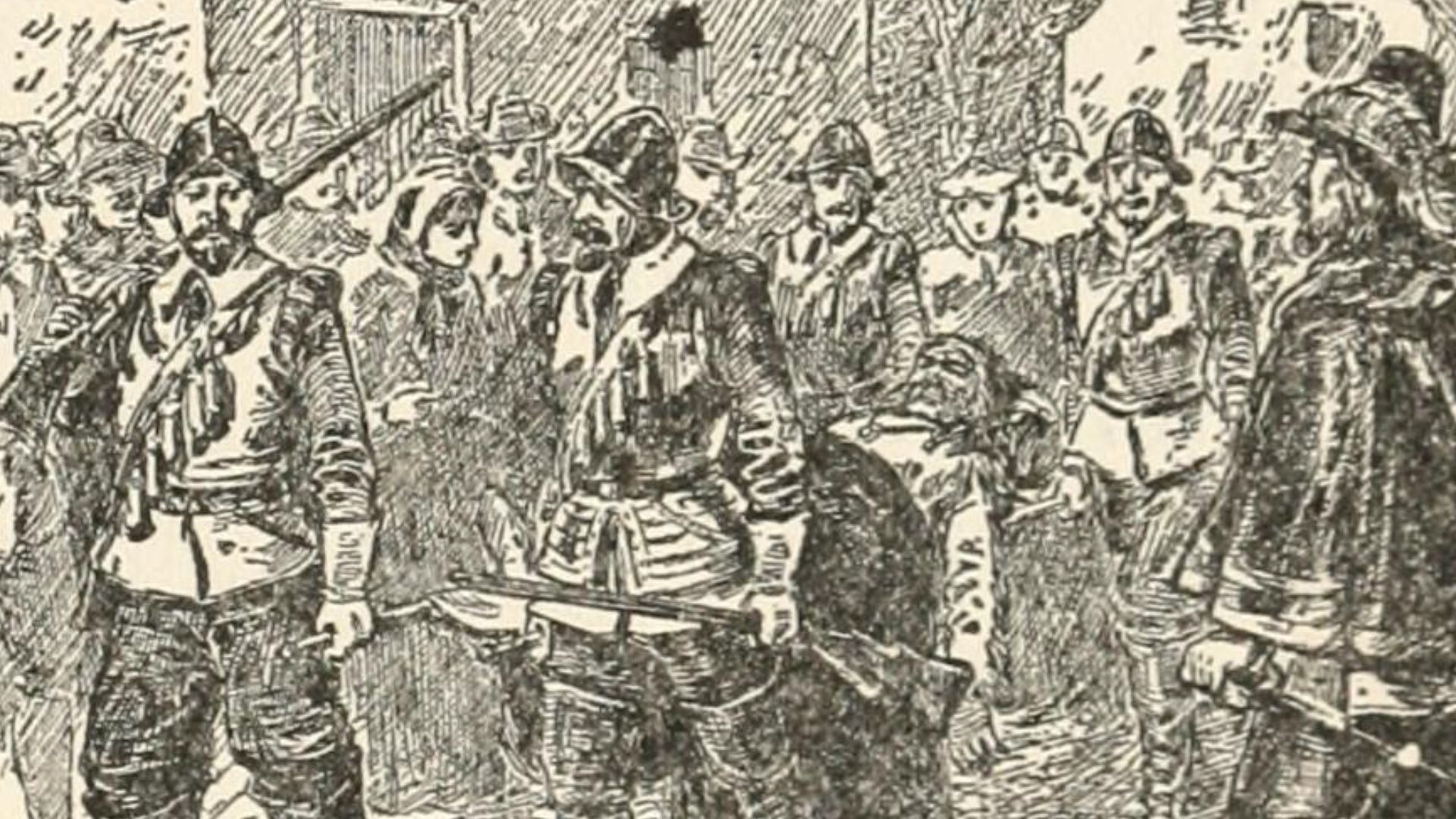 Internet Archive Book Images, Wikimedia Commons
Internet Archive Book Images, Wikimedia Commons
He Made A Sacrifice
In his diary, Smith claimed that he defended himself, killing two of the attackers. He then went on to write that he took the Indigenous man, “bound to his arm with his garters, and used him as a buckler”. That's right, he used his friend as a human shield.
The history books want it to be known that Smith did not regularly practice this strategy, and that it was apparently a “one time thing”.
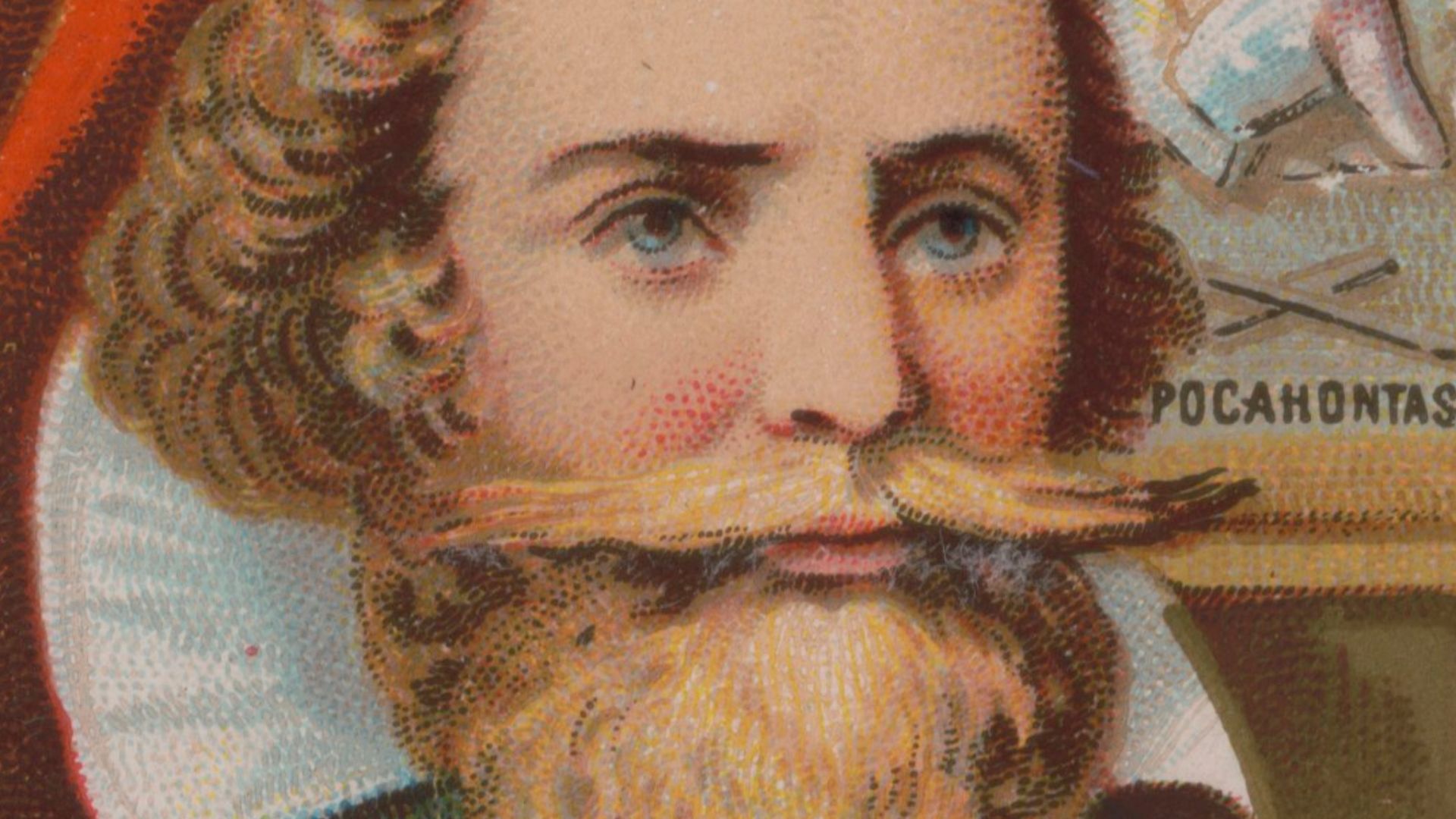 W. Duke, Sons & Co., printer, Wikimedia Commons
W. Duke, Sons & Co., printer, Wikimedia Commons
He Was Captured
The Powhatan warriors largely outnumbered Smith, and while they did wound him in the leg, they didn’t kill him. Instead, they captured him and took him home for execution.
But Smith, not ready to throw in the towel yet, pulled out every tool he could think of until he found one that appealed to Opechancanough—ultimately saving his life.
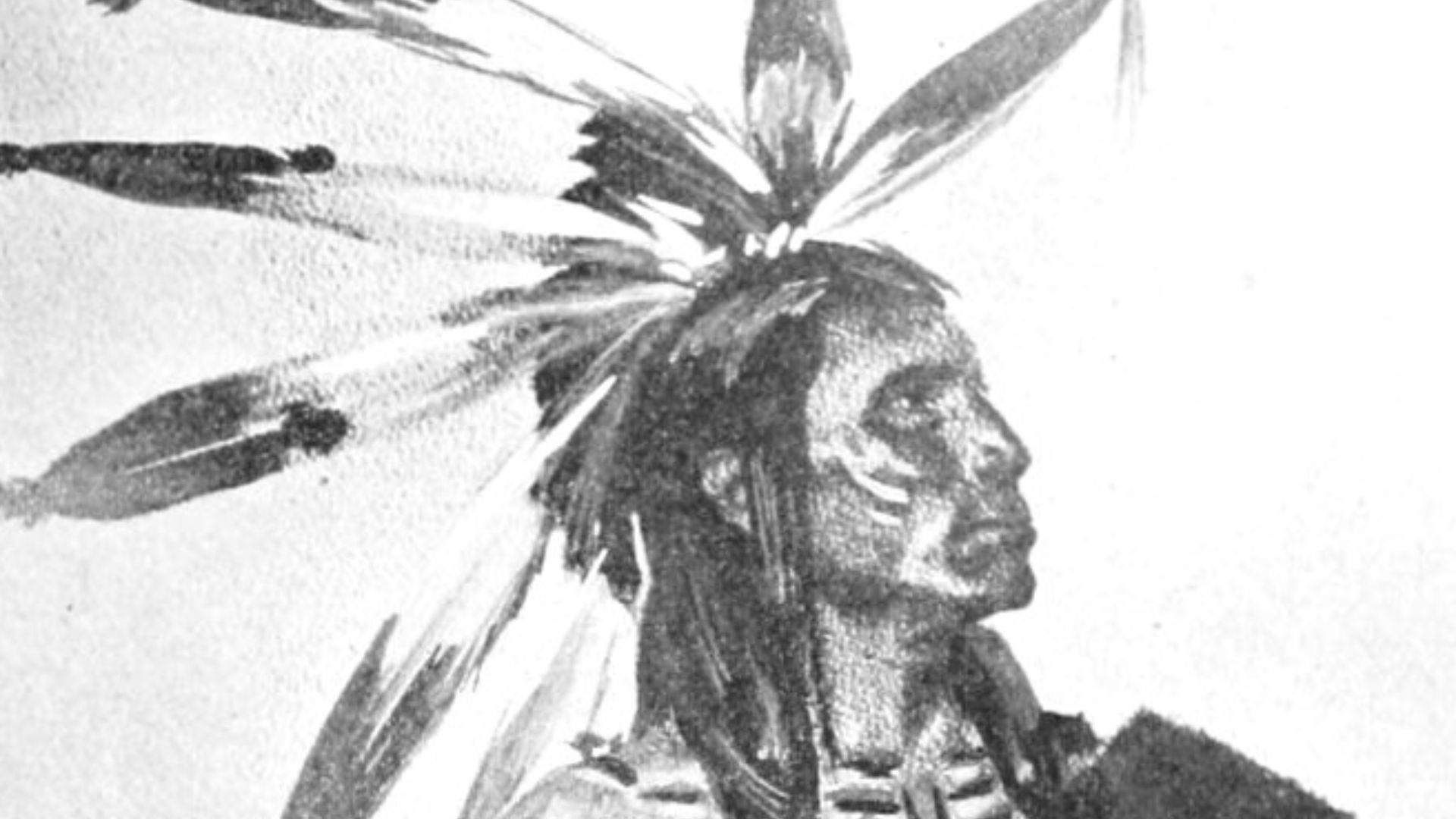 Norman Barton Wood after Henry Chilberg(?), Wikimedia Commons
Norman Barton Wood after Henry Chilberg(?), Wikimedia Commons
He Tried Everything
Opechancanough was the younger brother of Chief Powhatan, so he had a great deal of power. Just as he was about to execute Smith, the guy pulled something out from his pocket and desperately offered it to his executioner, pleading for one more minute.
It was a compass. And it was so unique that the Natives believed it to be a sign of friendliness, and chose to let him live.
Smith may have bought himself some time, but he still had to answer to the big guy himself, Chief Powhatan.
An Honor Indeed
Although it happened under rough circumstances, Captain John Smith became the first English colonist to officially meet the paramount chief, Powhatan. And while Chief Powhatan was ready to execute Smith himself, someone else stepped in, someone who may have had a special way with the Chief—at least according to Smith, anyway.
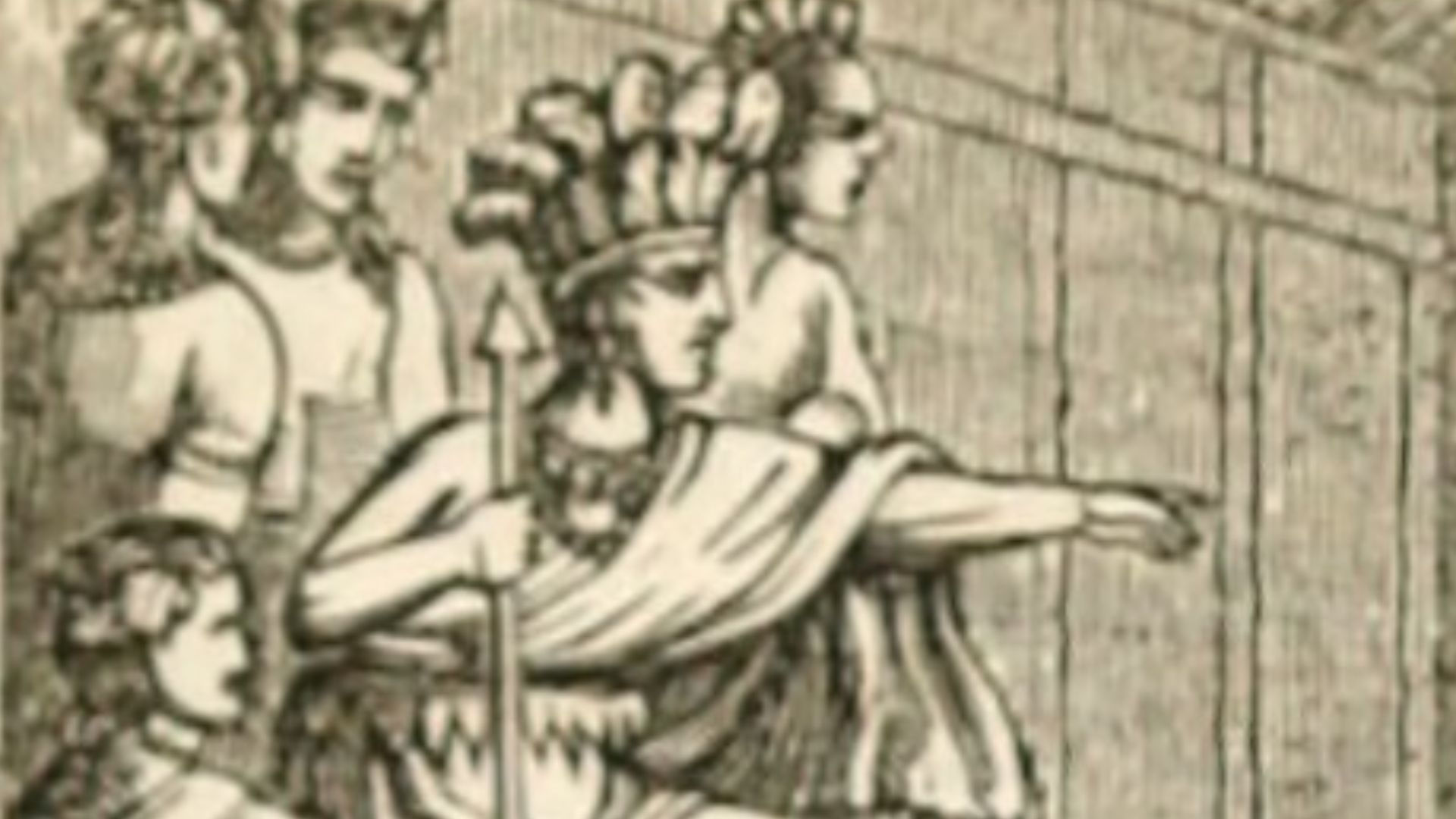 Internet Archive Book Images, Wikimedia Commons
Internet Archive Book Images, Wikimedia Commons
Enter Pocahontas
Some sources say that Smith wrote in his diary that Chief Powhatan was ready to kill him—until his young daughter Pocahontas stepped in, preventing it from going any further. Other sources claim he enjoyed a large feast with Chief Powhatan, followed by a long talk that may have secured his safety.
Either way, Chief Powhatan let him live—but he had ulterior motives.
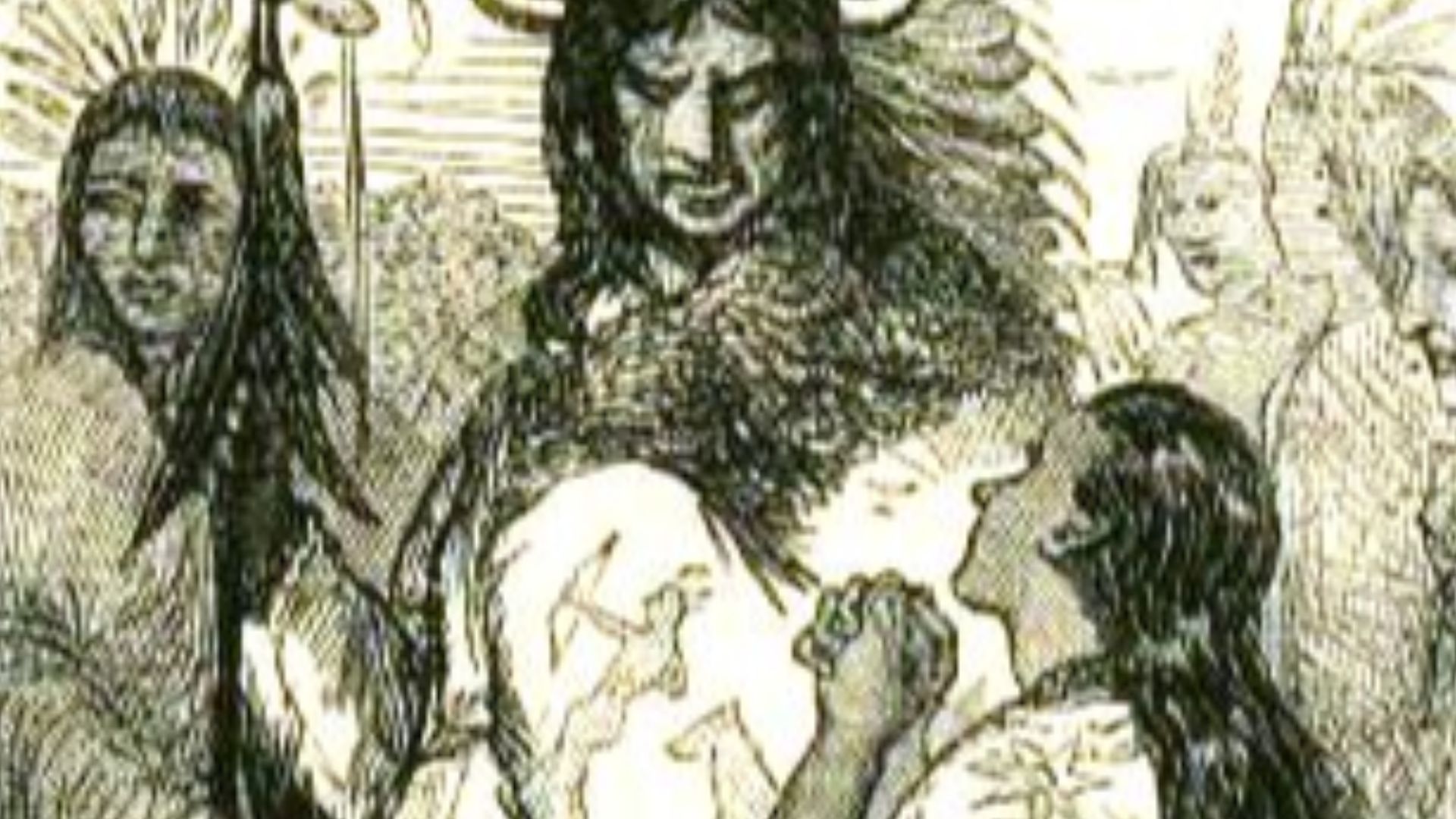 Edmund Ollier, Wikimedia Commons
Edmund Ollier, Wikimedia Commons
They Gave Him Land
Smith was possibly granted some rule over Capahosic, a town close to the capital of Werowocomoco—Chief Powhatan’s headquarters. Little did he know, this was a move Powhatan made to keep Smith and his men “nearby and better under control”.
At the same time, the English were learning who Powhatan was, and how they could benefit from a mutual understanding.
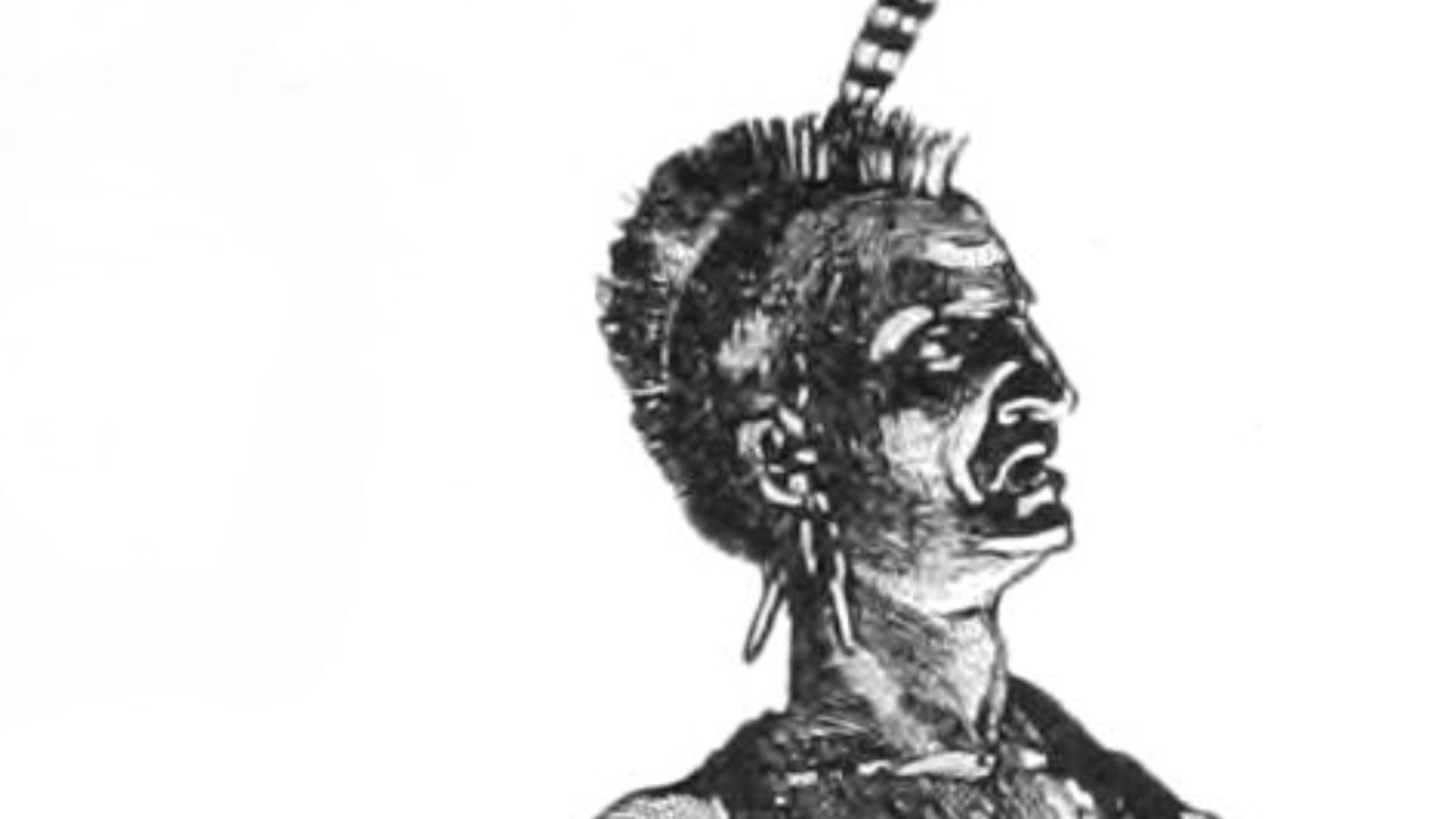 Edward Eggleston (via Internet Archive Book Images), Wikimedia Commons
Edward Eggleston (via Internet Archive Book Images), Wikimedia Commons
Introducing Captain Newport
Captain Christopher Newport was an English seaman and privateer who also played a role in the settlement of Jamestown, and often accompanied Smith on explorations. It was at this time that Newport realized that Powhatan’s friendship was crucial to the survival of their small Jamestown colony—and he went to great lengths to foster something positive.
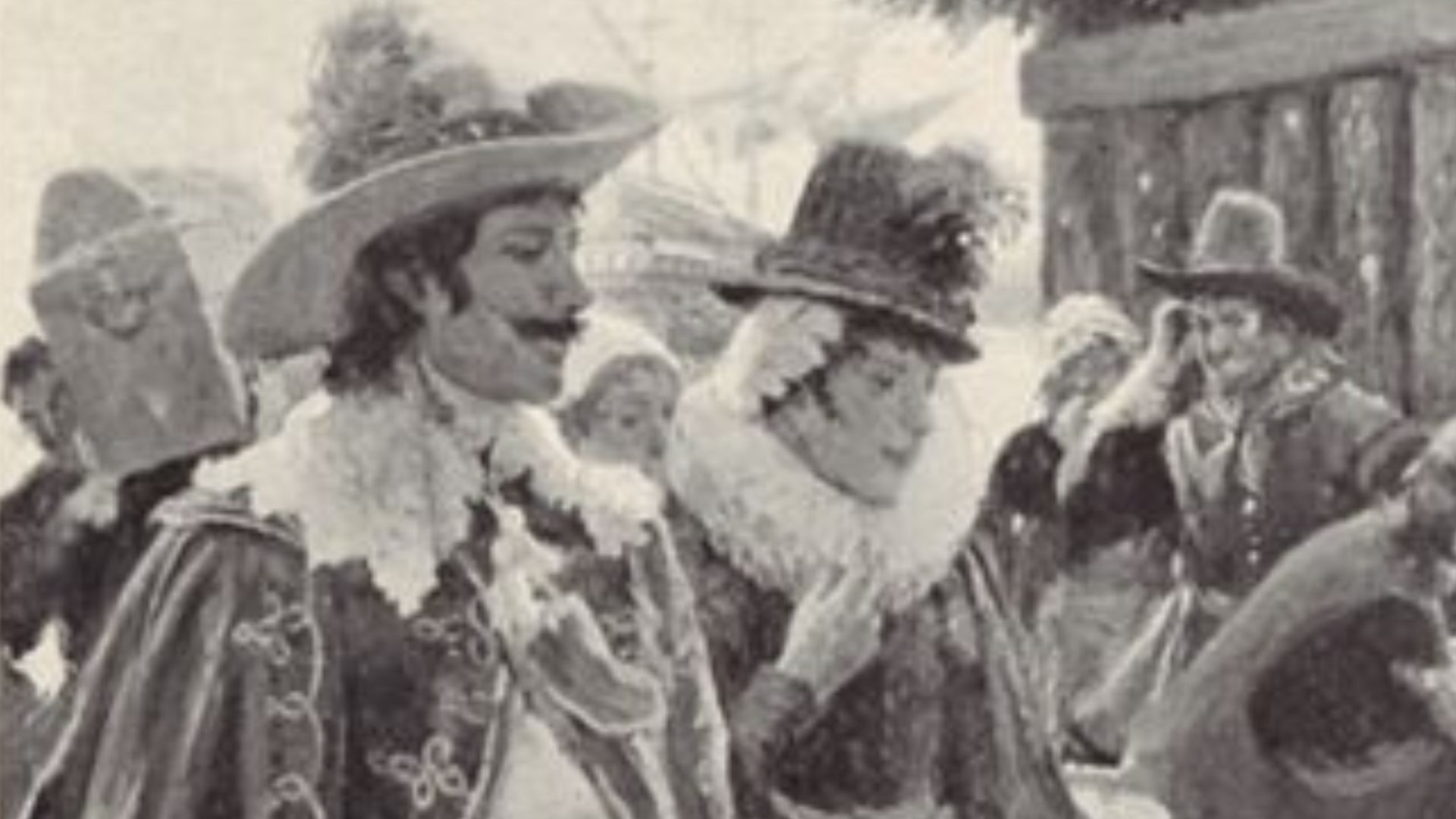 Stanley Massey Arthurs, Wikimedia Commons
Stanley Massey Arthurs, Wikimedia Commons
They Made Powhatan A Lord
In the summer of 1608, Newport tried to “crown” Chief Powhatan with a ceremonial crown to transform him into a “vassal”—which is basically a lord or monarch. They also gave him a bunch of European-style gifts, like a pitcher, a feather mattress, a bed frame and some clothing. All of this was a ruse to get on Powhatan's good side.
But it all went downhill the moment they asked Chief Powhatan to do something he wasn’t comfortable with.
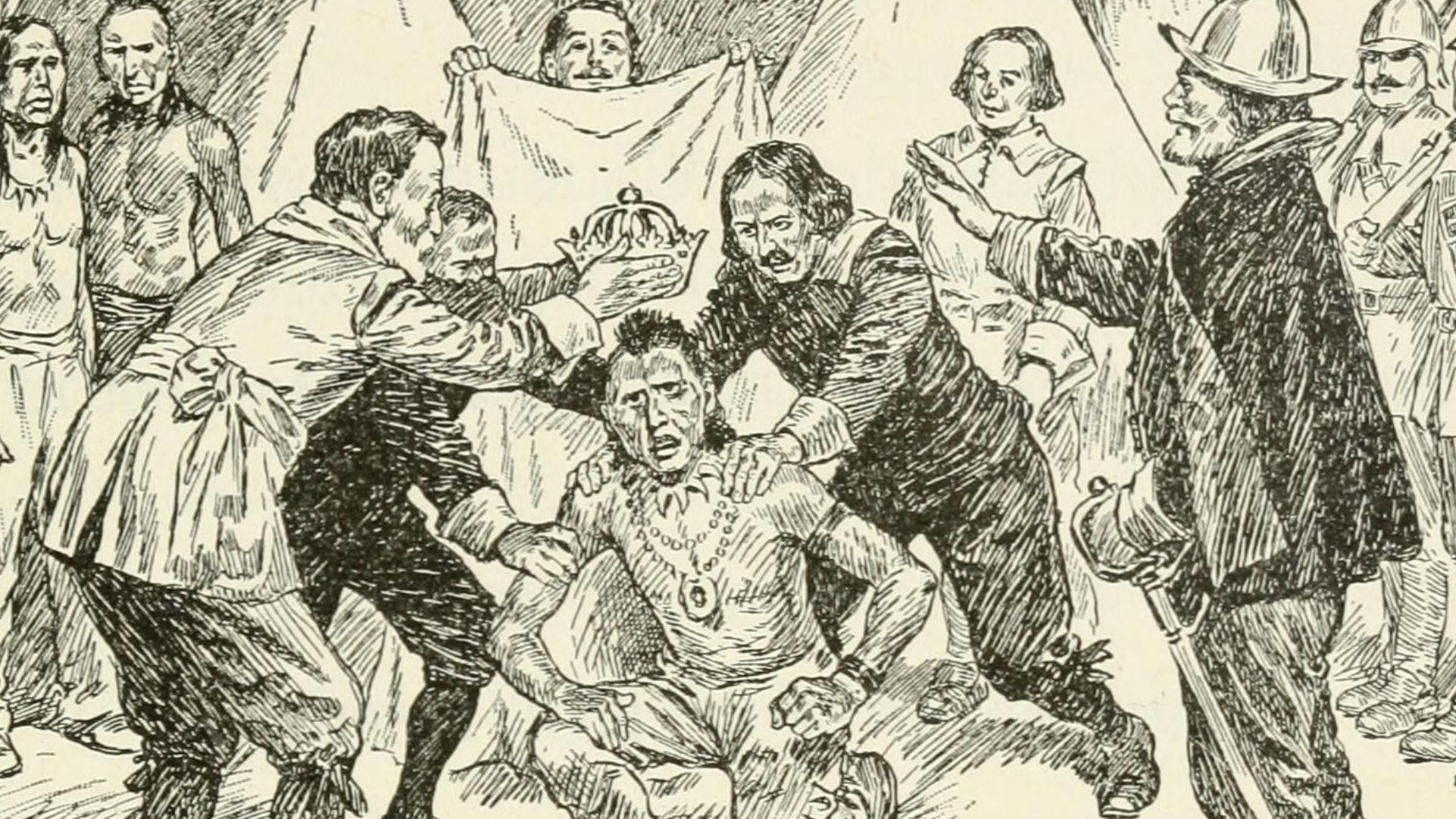 Internet Archive Book Images, Wikimedia Commons
Internet Archive Book Images, Wikimedia Commons
They Went Too Far
First of all, Powhatan was already a king in his own right. He had all the power he could want, and he already had a well-established empire. So, this silly crowning ceremony was more to appease the English than anything else.
But during the ceremony, the English asked Chief Powhatan to kneel to receive the crown—which he refused to do. As a powerful leader, Powhatan followed two rules: “he who keeps his head higher than others ranks higher,” and “he who puts other people in a vulnerable position, without altering his own stance, ranks higher”.
So, obviously kneeling was out of the question. But that wasn’t the only struggle.
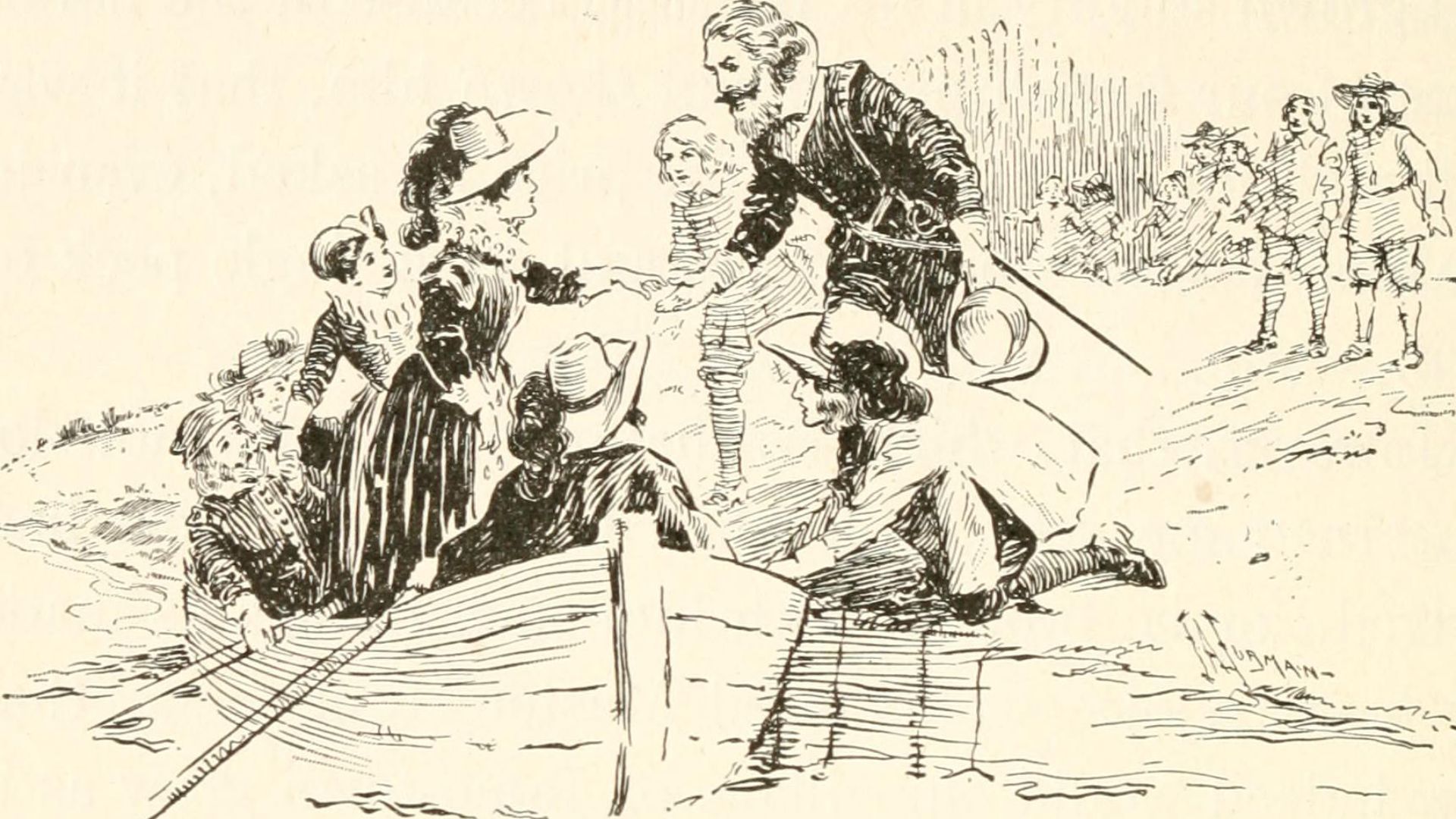 Internet Archive Book Images, Wikimedia Commons
Internet Archive Book Images, Wikimedia Commons
They Did It For Him
After giving up on kneeling, the English decided to put the crown on his head for him. In doing so, several men had to lean on Chief Powhatan just to get the crown up on his head, as he was apparently a very tall man.
This also didn’t sit well with the Chief.
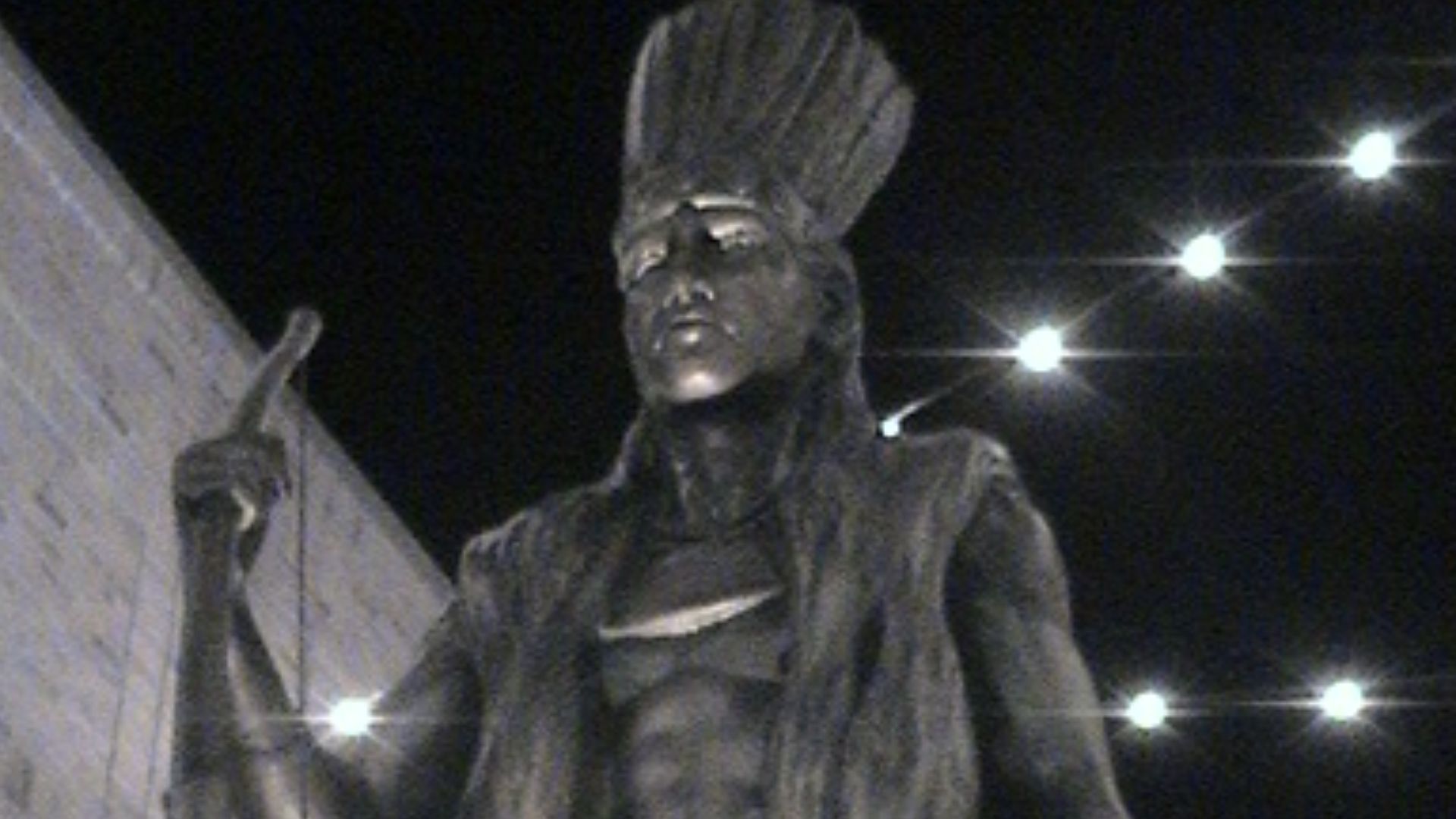 terren in Virginia, Wikimedia Commons
terren in Virginia, Wikimedia Commons
Just Get It Over With
Chief Powhatan ended up allowing the men to do their thing, so long as he did not have to kneel below them. The English colonists may have believed this was Powhatan submitting to King James—but Powhatan believed nothing of the sort. He simply wanted the silly performance to end.
While this may sound like a somewhat peaceful ending—it’s nowhere near the end.
 State Archives of North Carolina Raleigh, NC, Wikimedia Commons
State Archives of North Carolina Raleigh, NC, Wikimedia Commons
He Tried...And He Failed
After John Smith became president of the Jamestown colony, he went a step further and purchased a fortified Powhatan village, using copper and a fellow English colonist as currency for the trade. He then renamed the village to “Nonsuch”, and tried to get some of his people to live there.
He also sent forces to other areas in an attempt to drive the Native inhabitants away. But both of these attempts ended in failure.
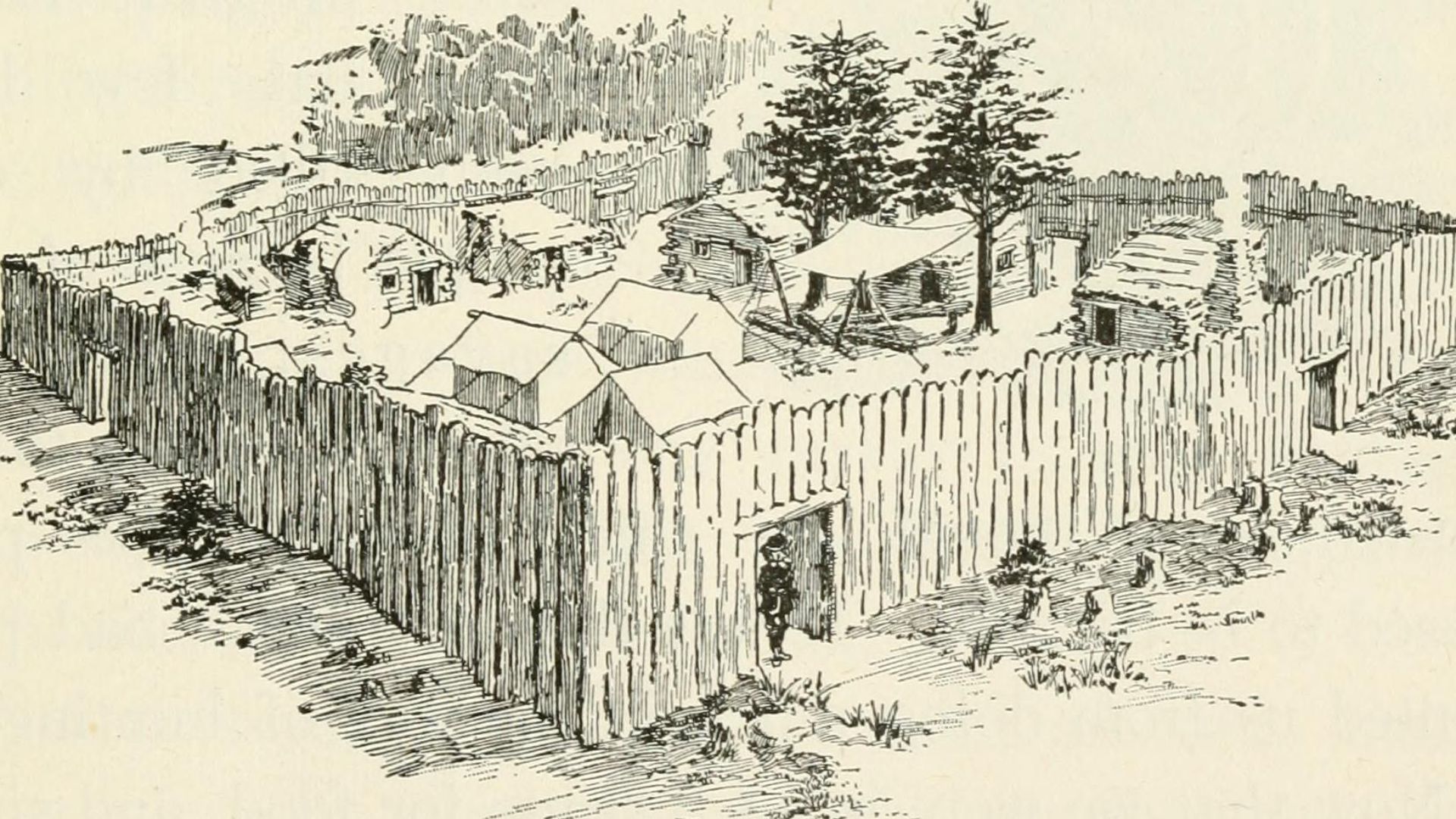 Internet Archive Book Images, Wikimedia Commons
Internet Archive Book Images, Wikimedia Commons
He Bailed And Went Home
The Powhatan resisted Smith’s take-over attempts. Around the same time, in October of 1609, Smith had an accident and ended up retreating back to England. All that we know about that is that it involved gunpowder.
After he left, Jamestown got a new president—but he didn’t last too long either.
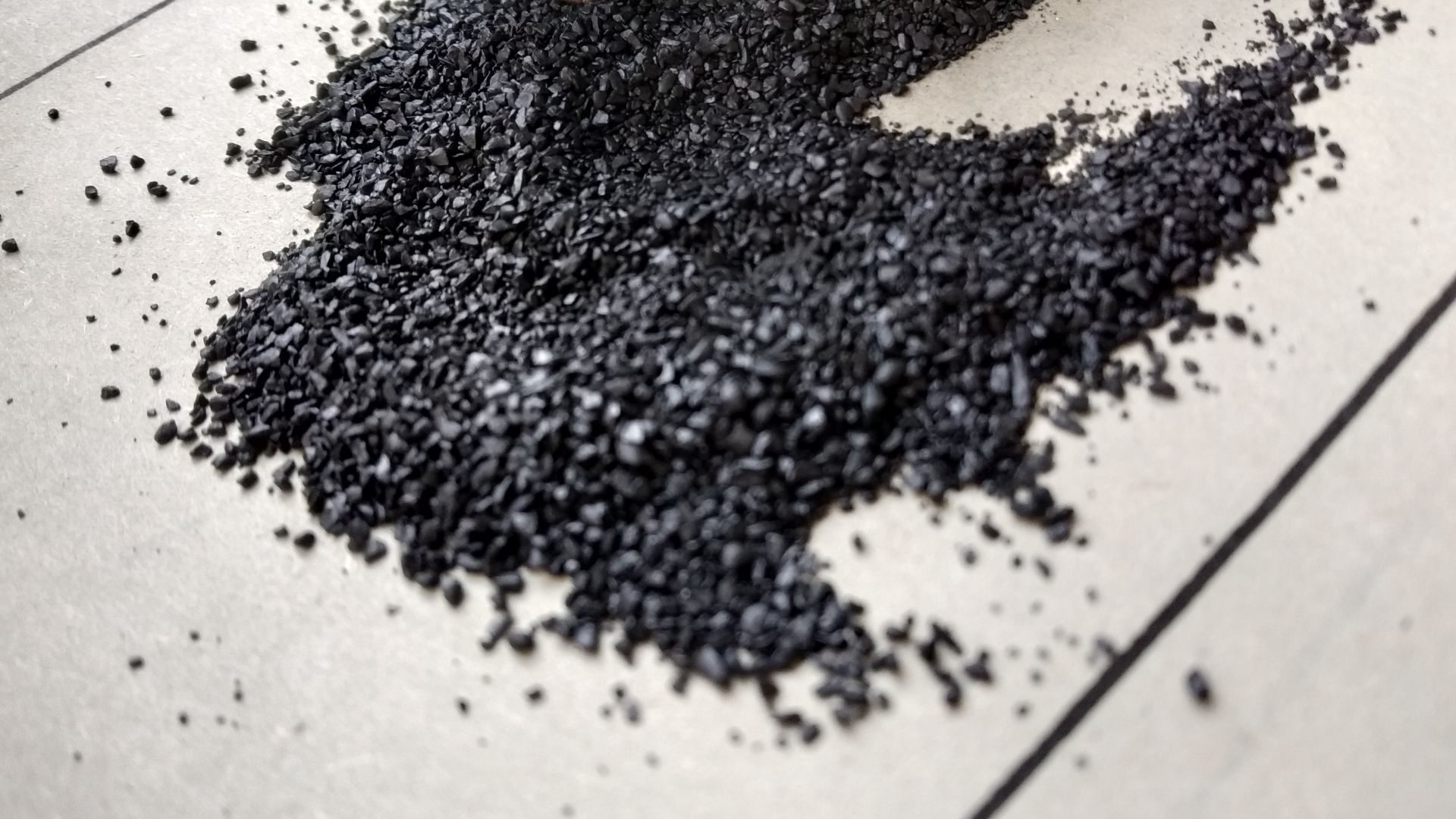 Satirdan kahraman, Wikimedia Commons
Satirdan kahraman, Wikimedia Commons
They Sent Another John Over
The relationship between the English colonists and the Native Americans was still rocky at this point, and when the English established a second fort, they needed a new president. Enter, Captain John Ratcliffe—the not-so-great guy.
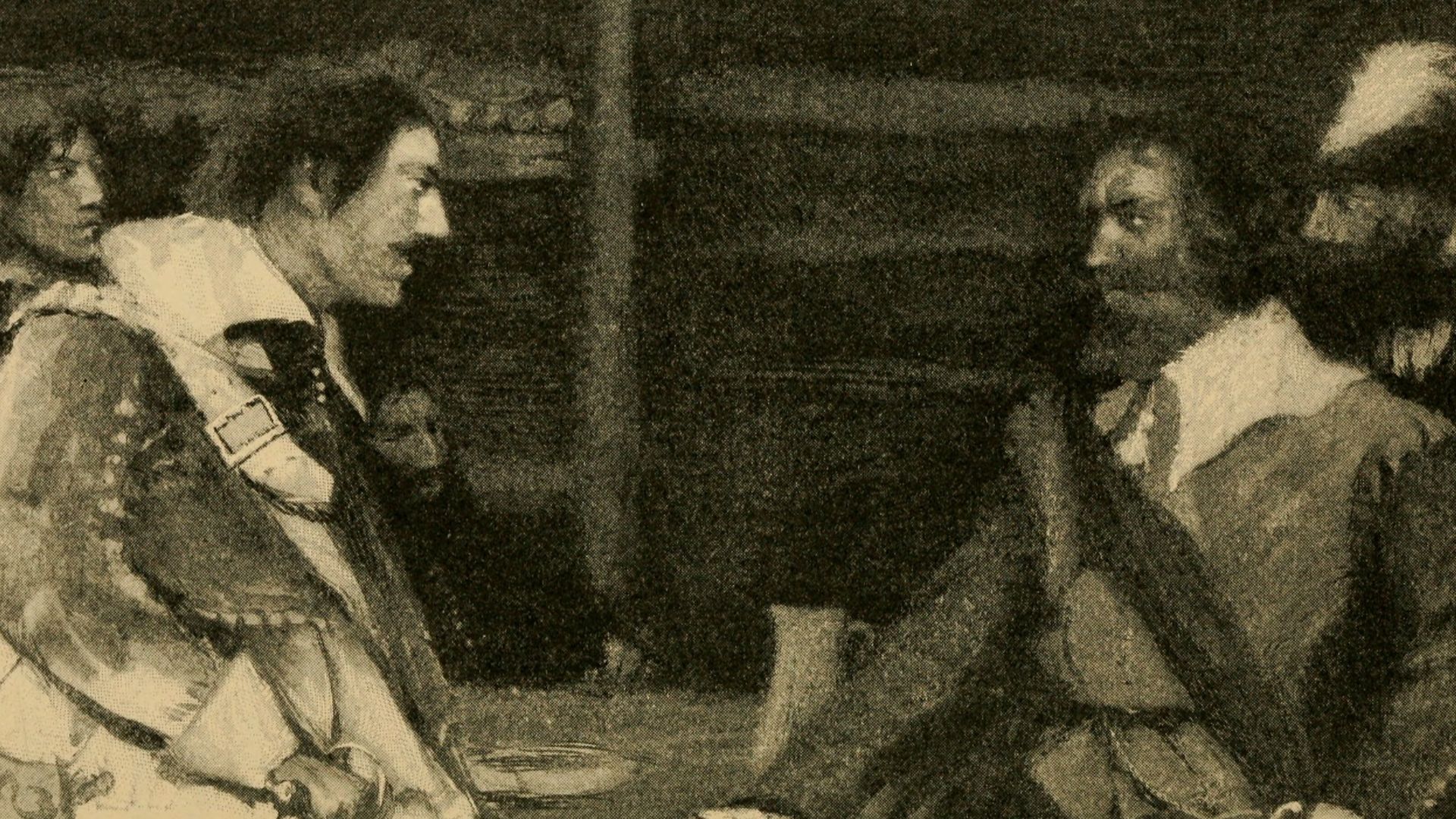 Youth companion, Wikimedia Commons
Youth companion, Wikimedia Commons
He Let His People Starve
Ratcliffe wasn’t exactly well liked around the colonies. During a major food shortage, known as The Starving Time, many colonists died of starvation, taking their colony down to a mere 38 people. And during this time, Ratcliffe forced his starving settlers to work—and the project was absolutely ridiculous.
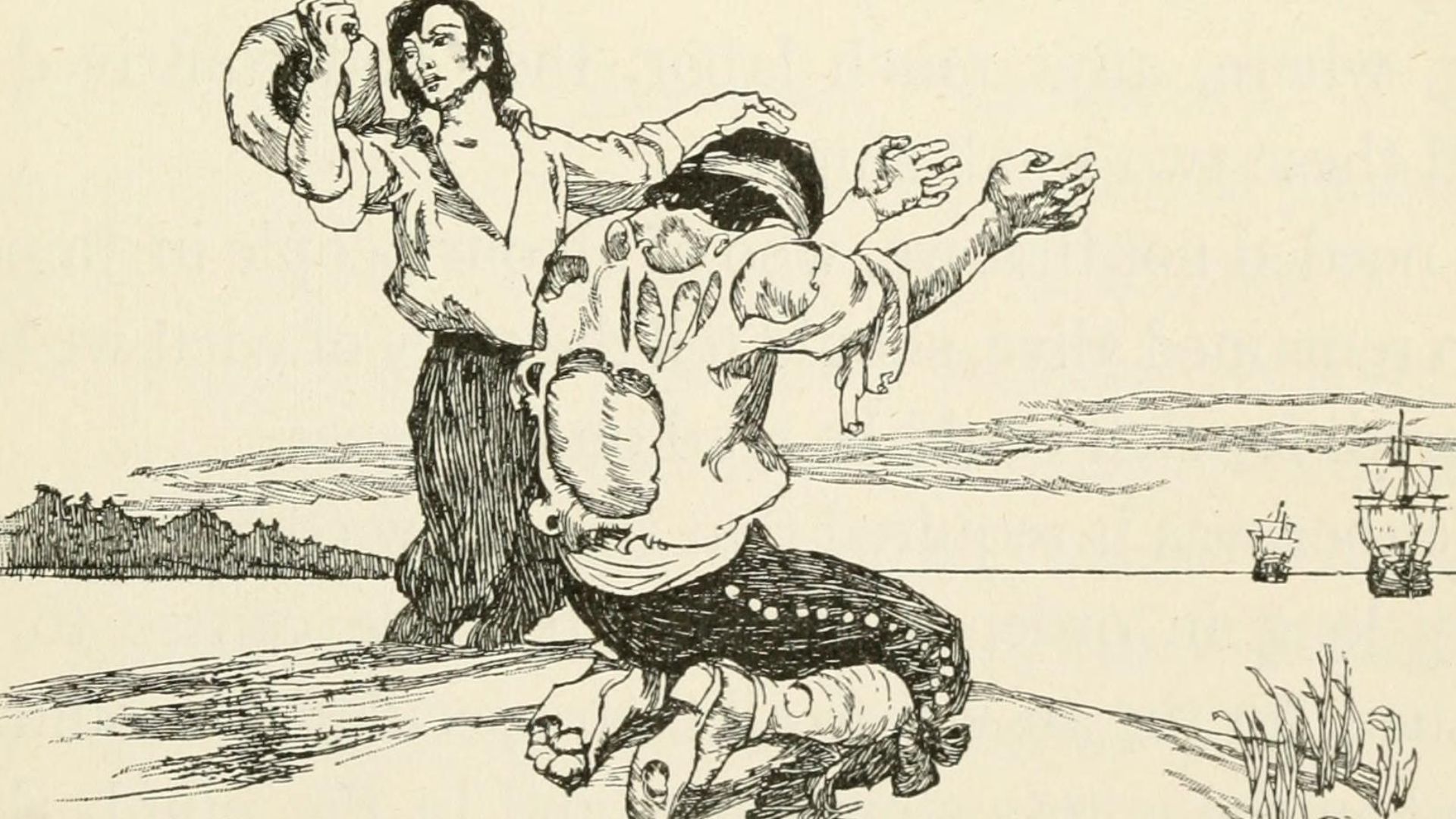 Internet Archive Book Images, Wikimedia Commons
Internet Archive Book Images, Wikimedia Commons
He Was Arrogant
Ratcliffe made his sick and dying people build him his own cabin in the woods—an extravagant one that the enraged workers sarcastically dubbed “Ratcliffe’s Palace”.
The Powhatans, who were swimming in food because they knew how to use their resources, took pity on the hungry colonists and invited them to a feast—or so they let them believe.
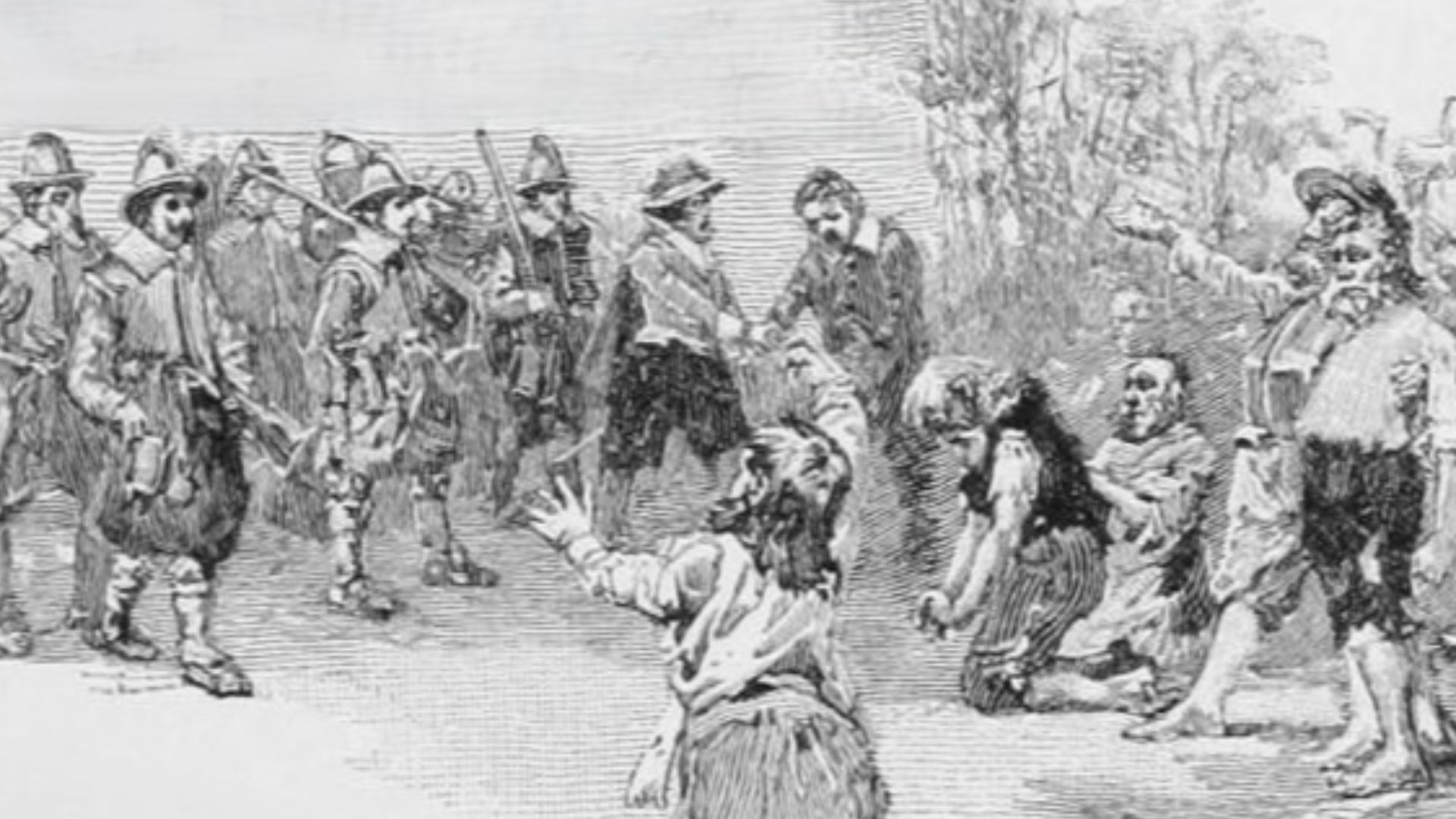 Jna. P. Davis Sc (via Edward Eggleston) via Internet Archive Book Images, Wikimedia Commons
Jna. P. Davis Sc (via Edward Eggleston) via Internet Archive Book Images, Wikimedia Commons
The Powhatan Feast
The Powhatans invited 25 of the last surviving colonists to a large gathering and promised to trade them corn. But it was a trap. When the colonists arrived, the Powhatans ambushed them, taking most of their lives, but leaving Ratcliffe breathing—for now.
Ratcliffe was taken to a nearby village where an even crueler fate was in store for him.
The Powhatans' Revenge
The Powhatans were good people, but they were also fierce protectors of their land and culture. At this point, they must have been feeling greatly threatened because what they did to Ratcliffe is utterly disturbing.
Ratcliffe was unclothed and tied to a stake in front of a large fire where he was then flayed by women of the tribe with mussel shells. “Flaying” is a form of slow and painful torture where the victim’s skin is removed. In this case, Ratcliffe’s pieces of skin were tossed into the flames as he painfully watched…and slowly perished.
England Sent Reinforcements
At this point, there were a mere dozen colonists left in Virginia. And the tribe went back to finish them off. While many more colonists died, about 20 natives were killed as well.
England sent over a new shipment of people, though. And that’s when things really started to heat up.
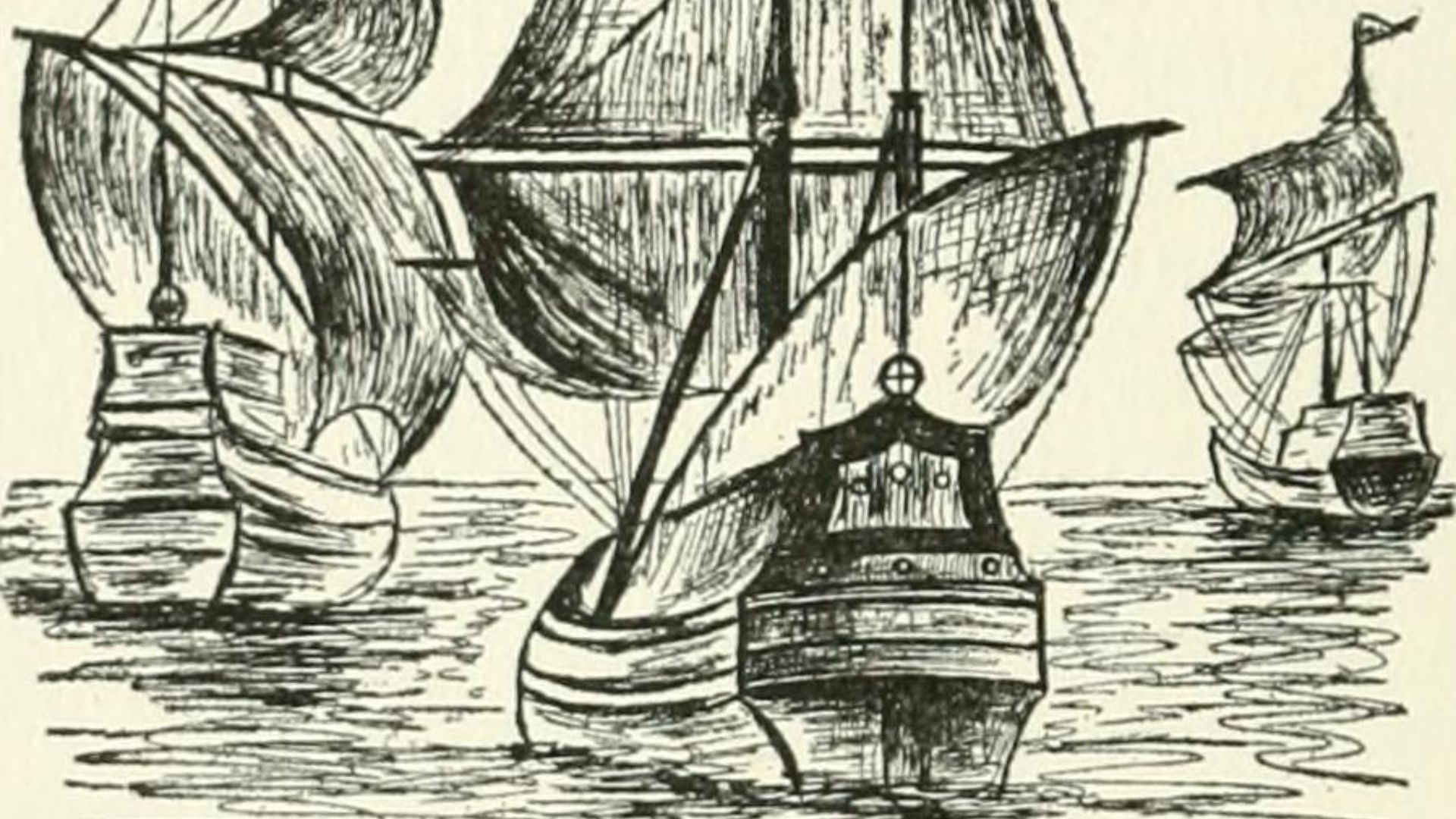 Internet Archive Book Images, Wikimedia Commons
Internet Archive Book Images, Wikimedia Commons
The First Brutal Powhatan Loss
The First Anglo-Powhatan War went on from 1609 to 1614—and it was absolutely brutal. The first big attack involved an army of colonists burning down Powhatan villages and slaying their people. One of the chief’s wives was taken, along with her two children—who were later tossed overboard and shot in the water.
It was a sickening attack that some villages never recovered from.
The Capture Of Pocahontas
The Powhatans retaliated and the war went back and forth for many years, with both sides losing an immense amount of people. But things took a turn in December of 1612, when Captain Samuel Argall captured Chief Powhatan’s daughter—Pocahontas.
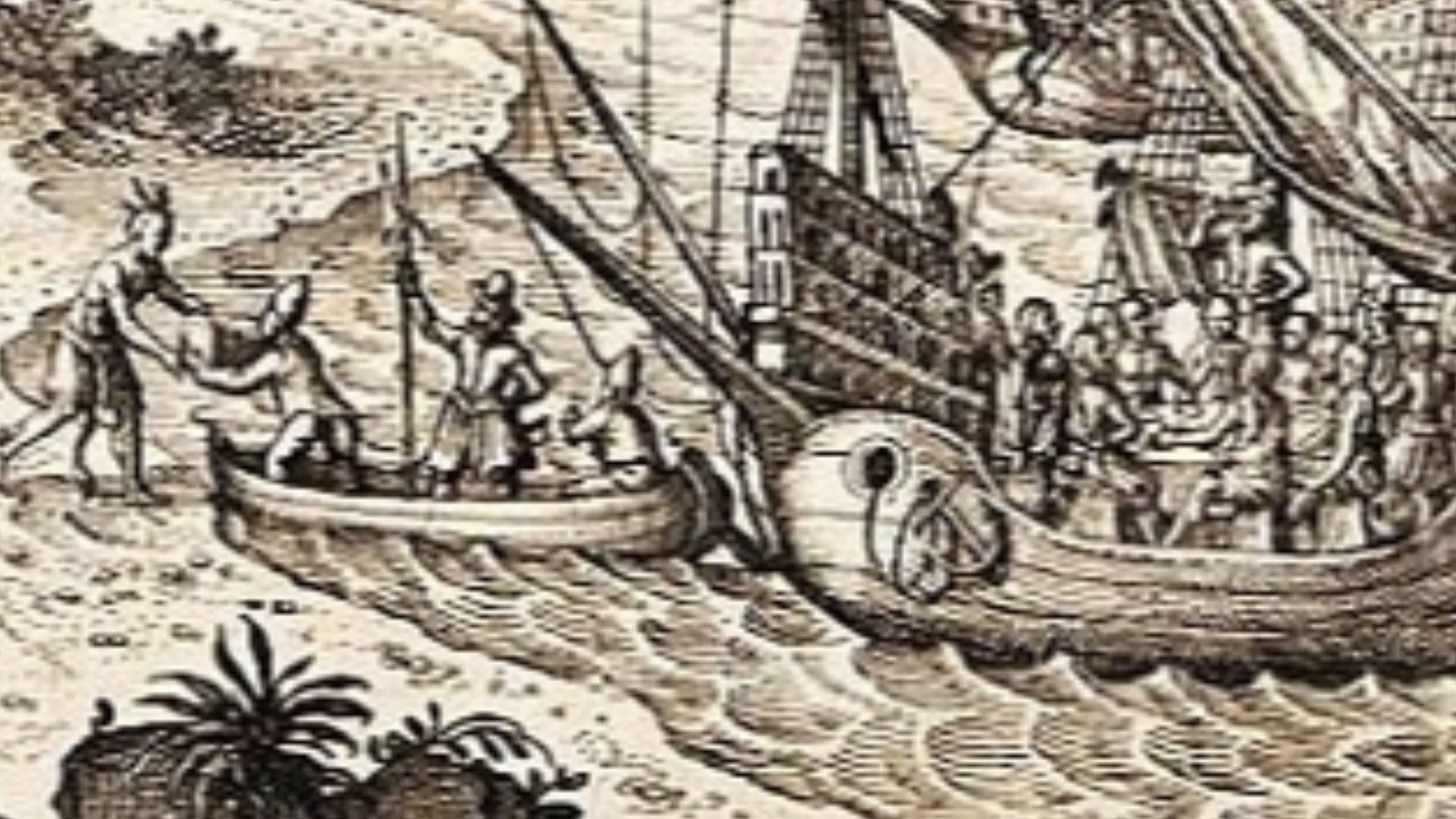 Johann Theodor de Bry, Wikimedia Commons
Johann Theodor de Bry, Wikimedia Commons
She Grew Up Without A Mother
As we know, Pocahontas was the daughter of Chief Powhatan. Her mother’s name and origin are unknown, but it is believed she was of lowly status. Apparently, Chief Powhatan had many wives that he would have children with, and then return them to their villages and support them until they found new husbands.
Pocahontas’s mother may have been his first wife, and she may have died during childbirth—which would be why Pocahontas was so important to her daddy.
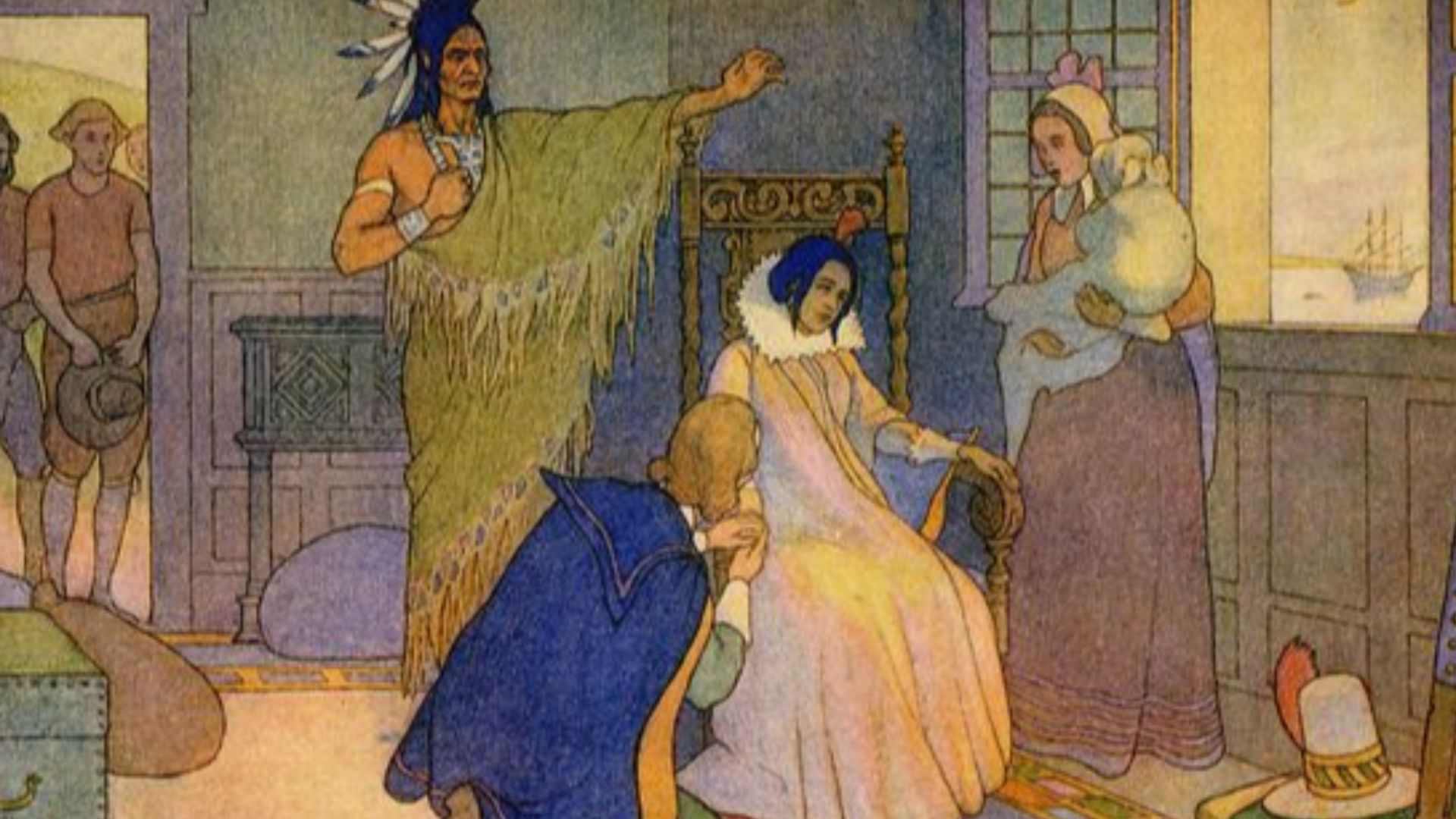 Elmer Boyd Smith, Wikimedia Commons
Elmer Boyd Smith, Wikimedia Commons
Her Real Name Was Kept Secret
According to historians, Pocahontas’s real name was Matoax. The Natives changed her name to Pocahontas in order to hide it from the English. Later, in a surprising turn of events, her name would change again.
In December of 1612, Pocahontas was captured by the English and held for ransom. Chief Powhatan immediately called a ceasefire from the Powhatan raids on the colonists—and gave them what they wanted.
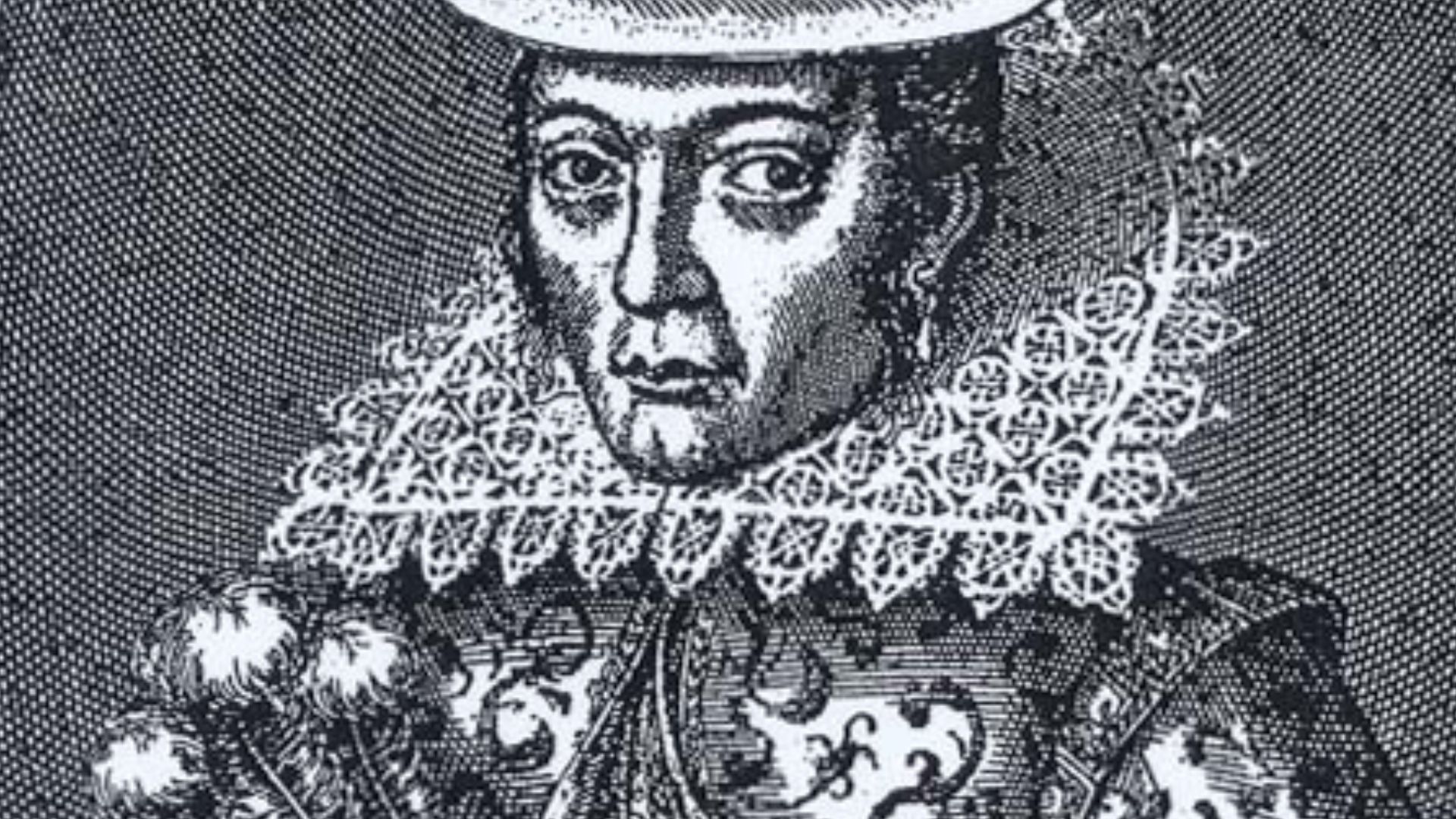 Simon van de Passe, Wikimedia Commons
Simon van de Passe, Wikimedia Commons
They Wanted Peace
The English simply wanted peace. After all, they had already successfully taken over much of the riverfront property along the James River. Many Powhatan villages were destroyed, and two Powhatan tribes completely disappeared from historical records.
The rivals went on to trade back hostages and arms, slowly working on a plan for peace—but it didn’t exactly go as planned.
They Didn't Follow Through
Animosity was still at an all-time high. While Chief Powhatan returned English hostages, he did not come through with returning their weapons and tools. After a long and brutal standoff, the colonists retreated, and kept Pocahontas captive.
In fact, she spent an entire year among the English—and what a year it was.
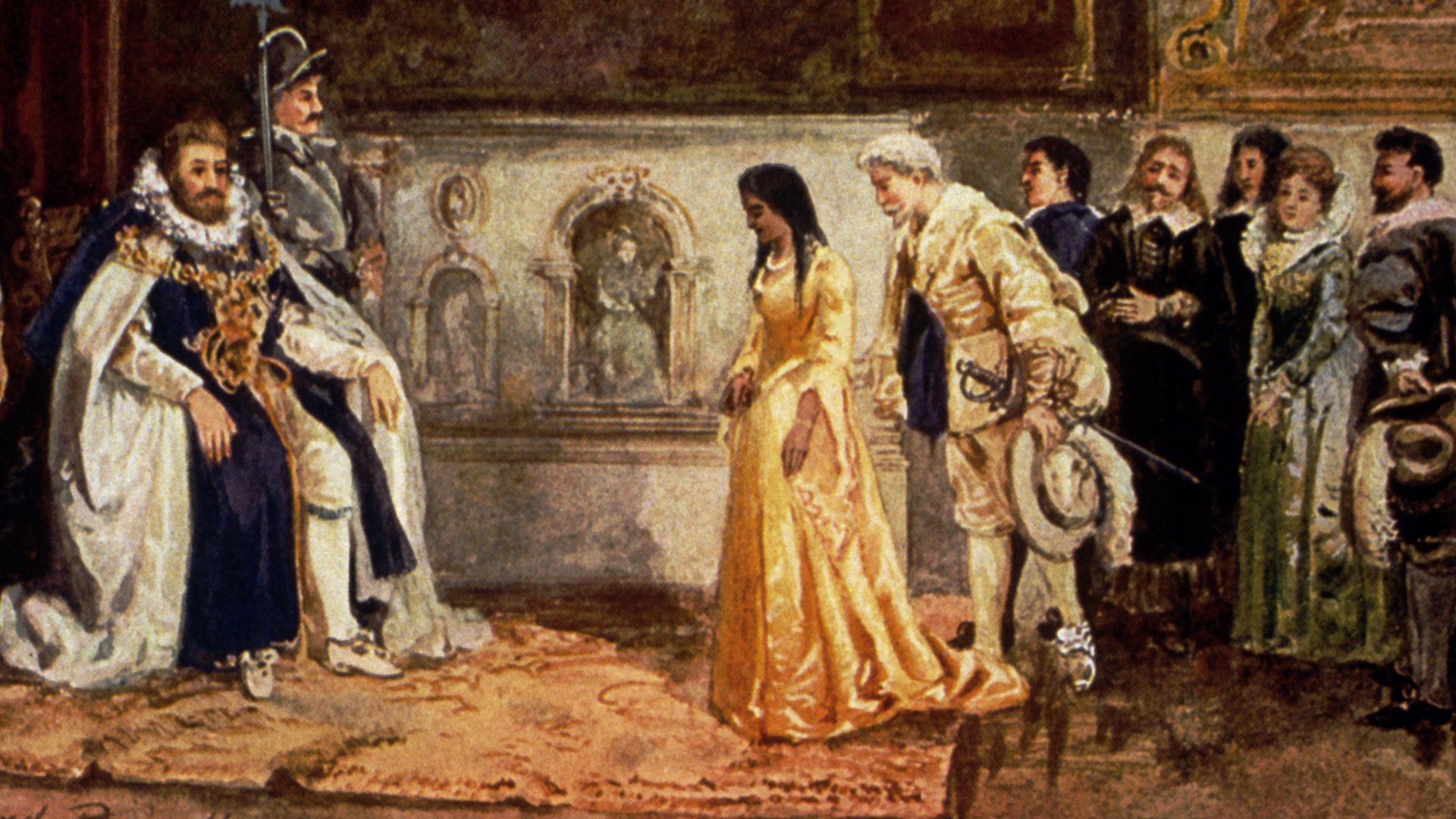 Richard Rummell, Wikimedia Commons
Richard Rummell, Wikimedia Commons
They Knew Her Worth
While some historians believe Pocahontas may have been mistreated by the English, the general consensus is that the English treated her well—mostly because they still wanted peace with Chief Powhatan, and they wouldn’t have got that if they were hurting his beloved daughter.
Instead, they influenced her—ultimately getting what they wanted using a different approach.
They Whitewashed Her
Pocahontas learned to speak English. But that’s not all she learned. She was also taught about Christianity, and was even baptized and given the Christian name “Rebecca”. They basically took as much of her heritage away as possible, and they convinced her it was what she wanted.
Pocahontas even began to take quite a liking to the English, and started seeing things from their perspective—which was bad news for the Chief.
She Confronted Her Father
In March 1614, a standoff escalated to violent proportions between hundreds of colonists and Powhatan men. Among them was a group of senior Powhatan leaders—including Chief Powhatan himself.
Pocahontas confronted her father, claiming that he valued old swords and tools more than he valued her. And then she made a startling decision.
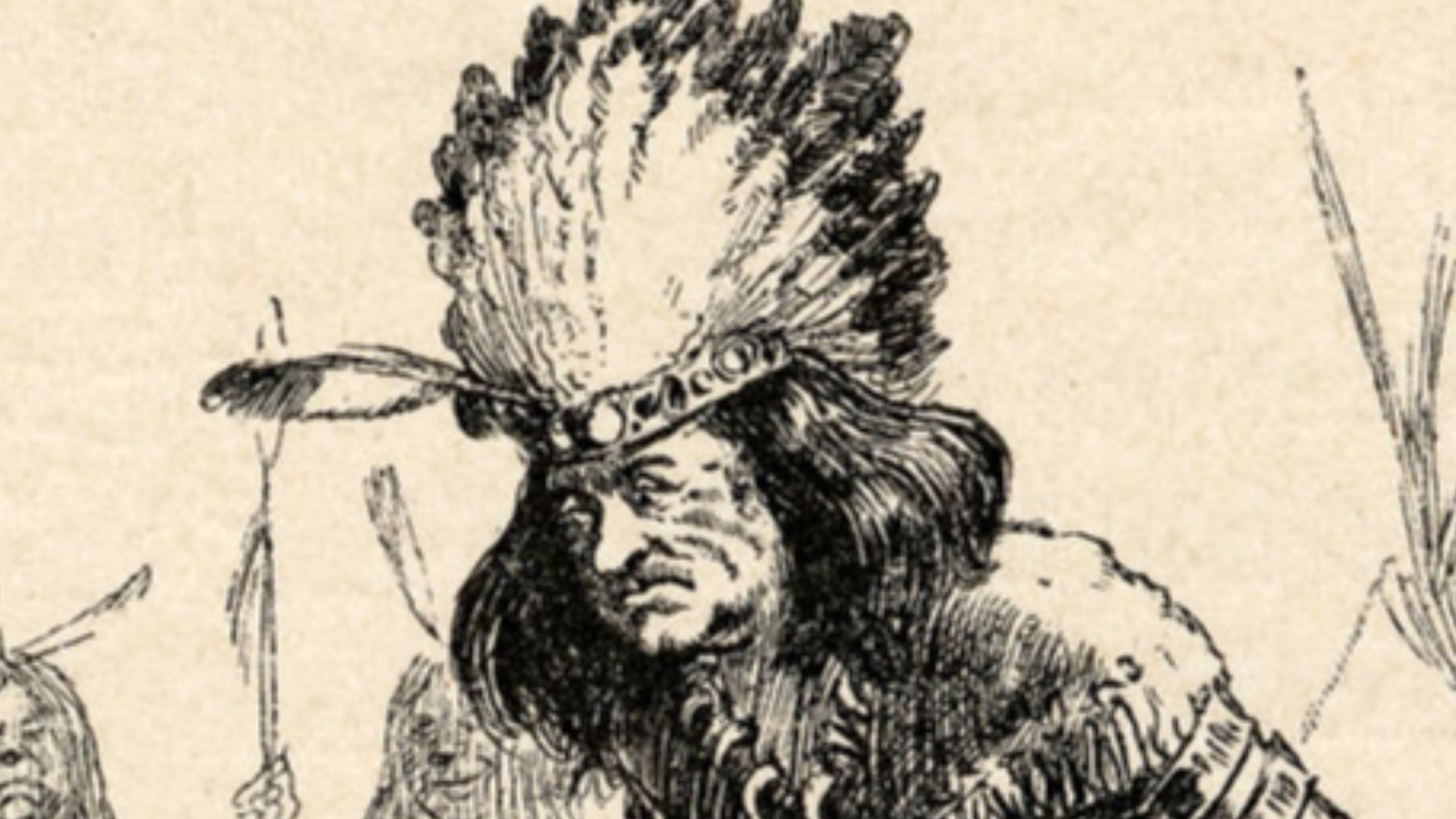 Rogers, W.A, Wikimedia Commons
Rogers, W.A, Wikimedia Commons
She Decided To Stay
Pocahontas, who was now regularly being called Rebecca, decided that she wanted to stay with the colonists “who loved her”. Not only had she basically become one of them, but she also had another interest that may have swayed her decision a little more.
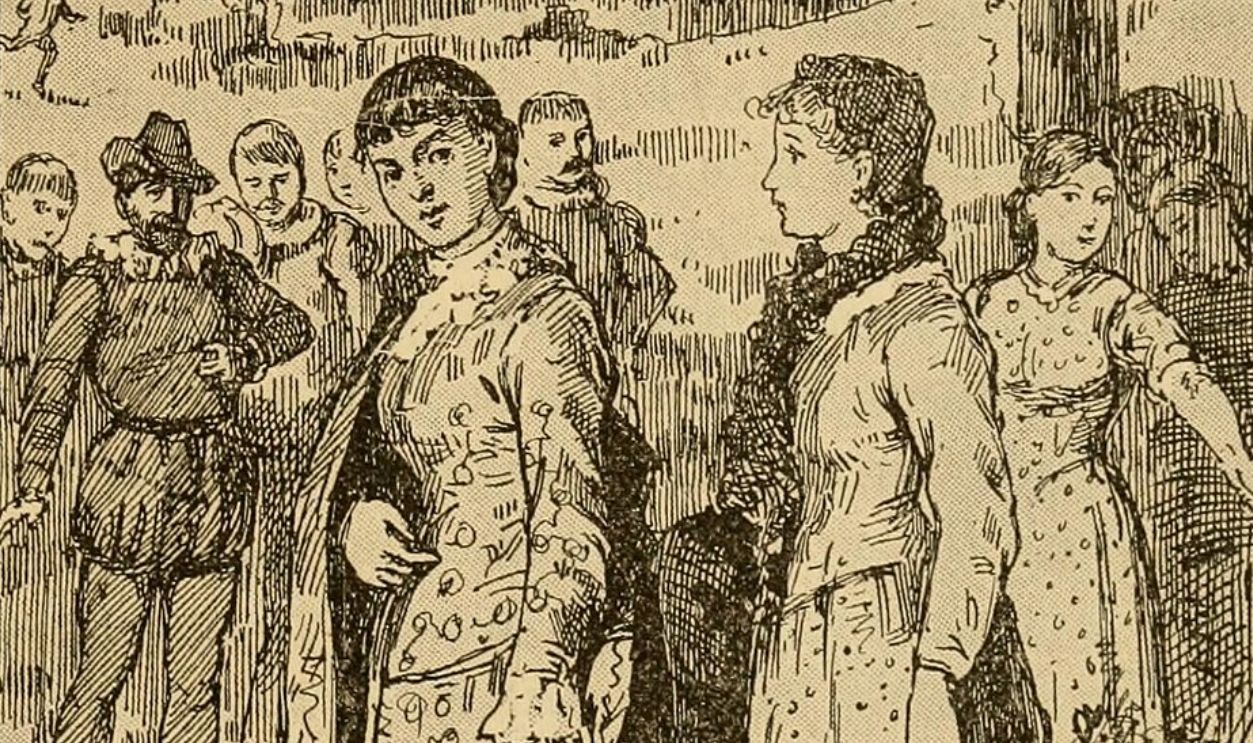 Internet Archive Book Images, CC0, Wikimedia Commons
Internet Archive Book Images, CC0, Wikimedia Commons
Enter, John Rolfe
Adding to the list of English Johns is John Rolfe—and probably the only good one. John Rolfe was a colonist who made the trek over to Virginia with his wife and child, who sadly both passed in a ship wreck while on route.
Rolfe was a very religious man, so when he fell for Pocahontas, he did everything he could to dismiss his feelings.
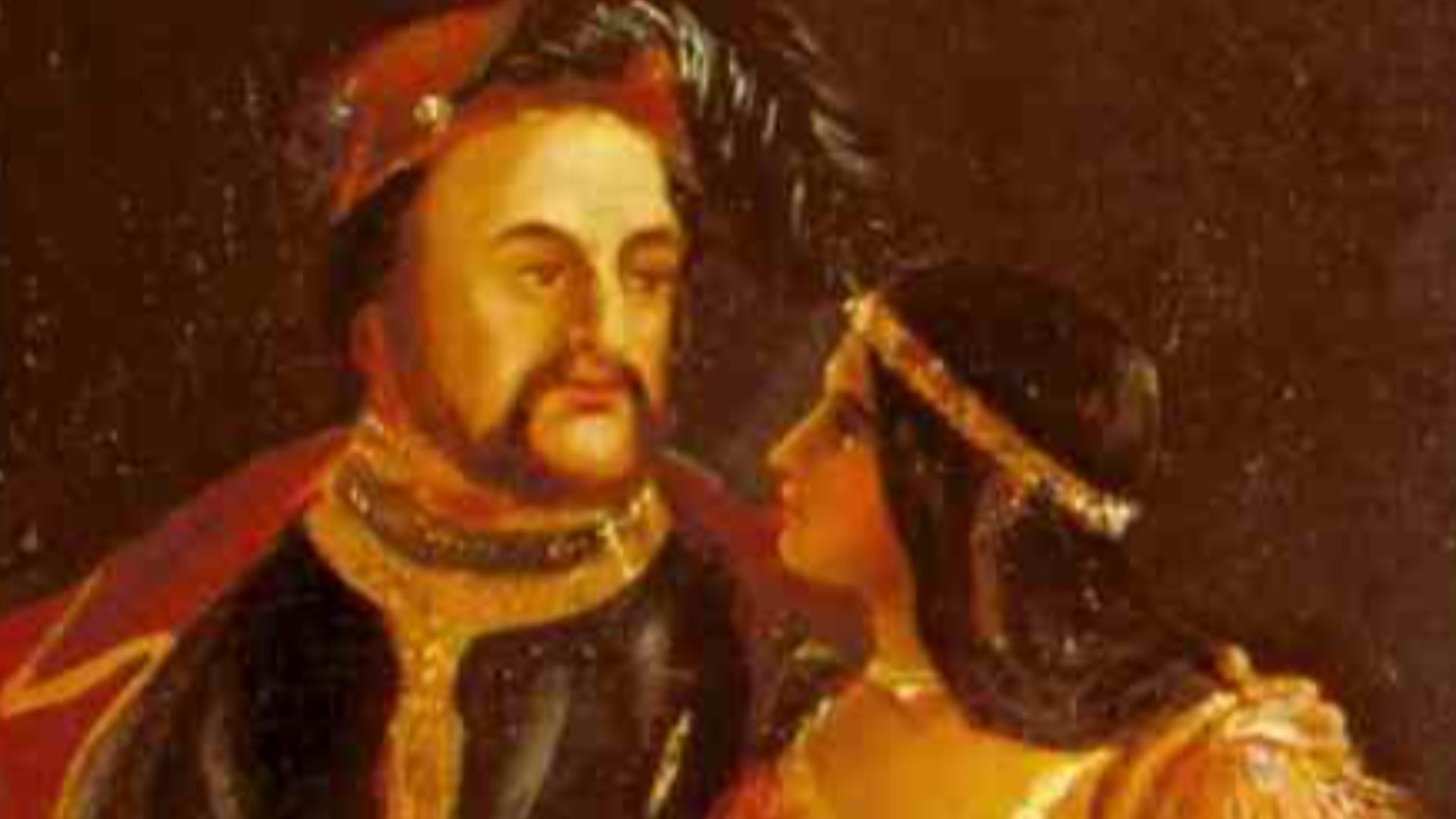 J. W. Glass, Wikimedia Commons
J. W. Glass, Wikimedia Commons
He Fell In Love With The Indian Princess
Rolfe was worried that falling in love with a Native woman would be against his religious beliefs. But Pocahontas, who was falling for Rolfe too, reminded him that she had recently converted to Christianity—and that was all he needed to hear.
Rolfe expressed the magnitude of his love for Pocahontas, and convinced the others that he would be “saving her soul”.
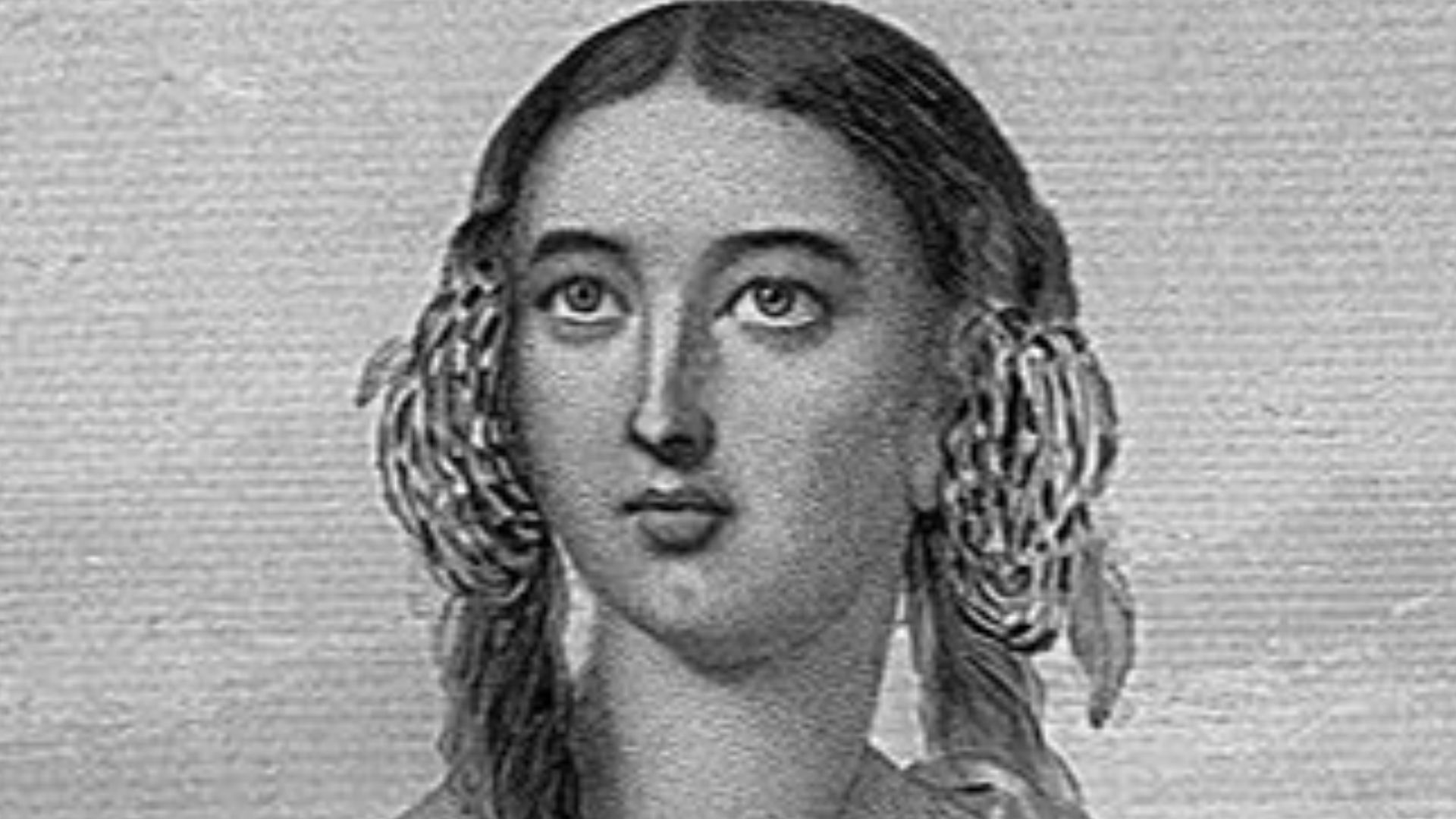 Unknown authorUnknown author, Wikimedia Commons
Unknown authorUnknown author, Wikimedia Commons
They Got Married
Pocahontas and Rolfe were married on April 5, 1614, and got busy right away. They welcomed a baby boy, Thomas Rolfe, in January 1615. While you might think the marriage would have sent Chief Powhatan reeling, it actually did the opposite.
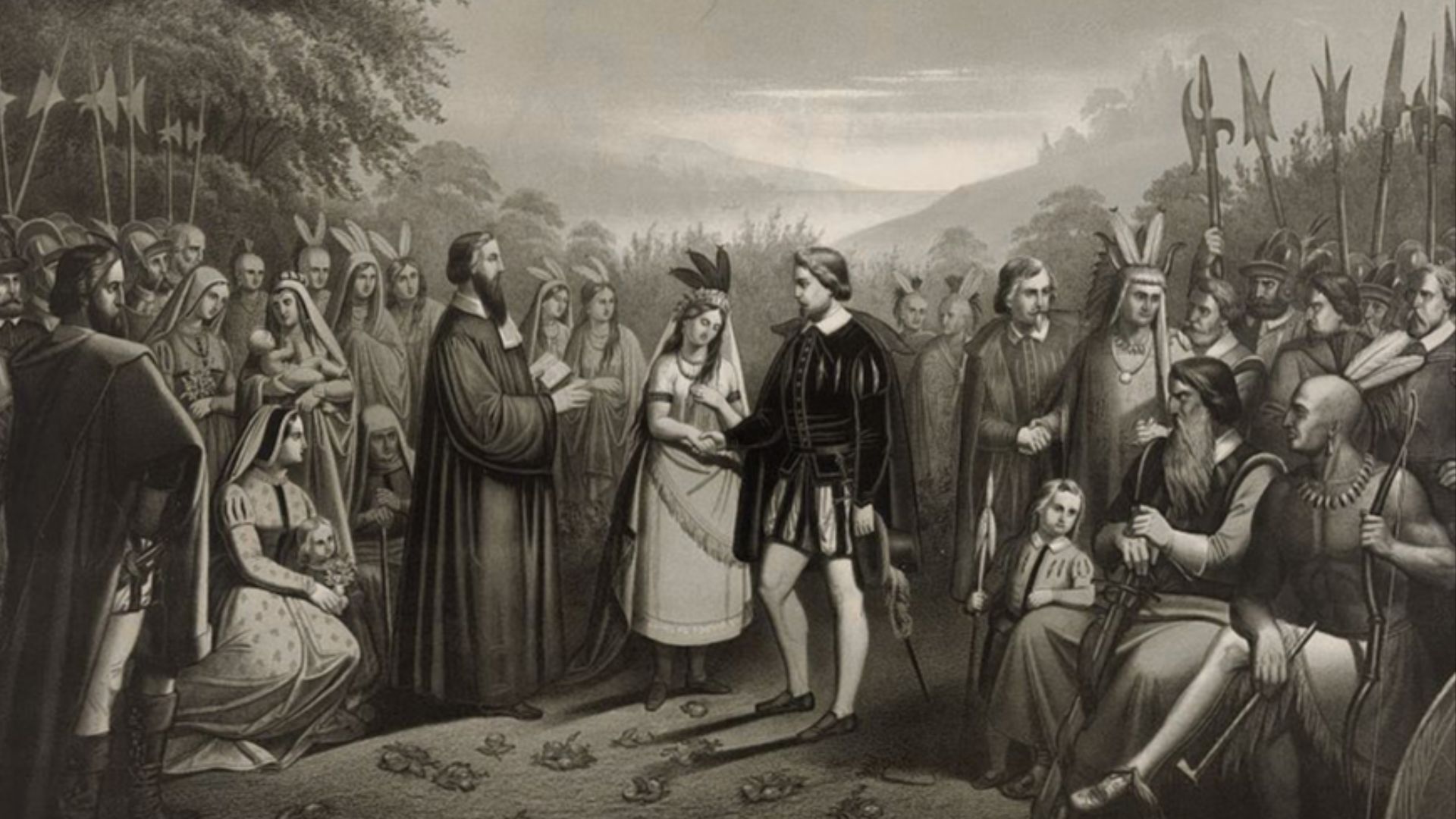 Anton Hohenstein, Wikimedia Commons
Anton Hohenstein, Wikimedia Commons
The Peace Of Pocahontas
The union brought peace between the Jamestown colonists and the Powhatan tribes—and it went on for eight years as the “Peace of Pocahontas”. The British court back in England had a controversial opinion, though.
Apparently, the court didn’t like that “a commoner had the audacity to marry a princess”. But they got over it when they realized the upper hand they were now given.
The English Thought They Were Successful
The English saw the conversion of Pocahontas to Christianity and realized that they may have stumbled upon a good opportunity to convert Native Americans. To further their goal, they decided to bring Pocahontas back to England—as a symbol of the “tamed New World savage”, highlighting the apparent success of Jamestown.
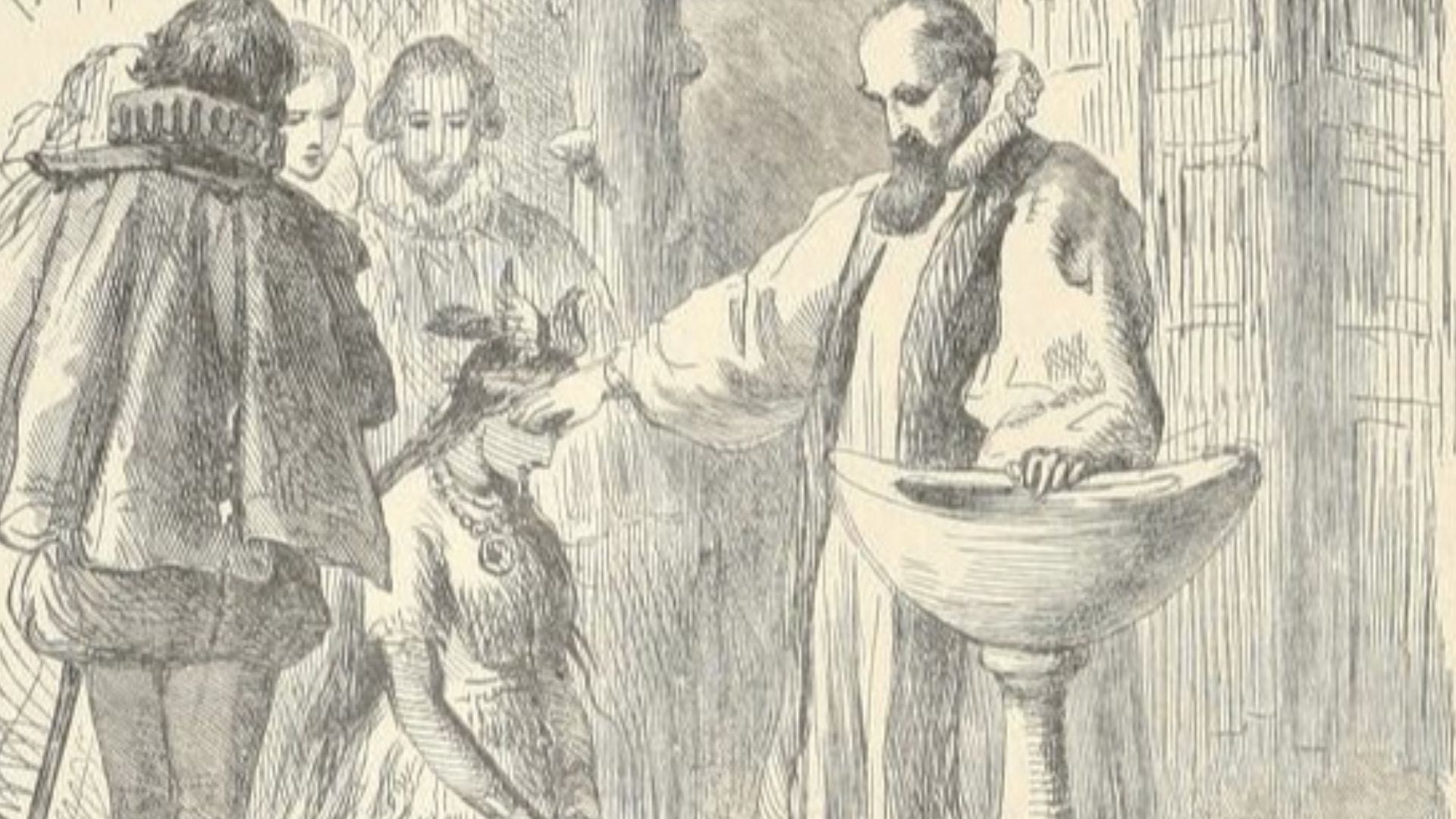 Felix Octavius Carr Darley (via John Benson Lossing), Wikimedia Commons
Felix Octavius Carr Darley (via John Benson Lossing), Wikimedia Commons
Pocahontas Became VIP
While in England, Pocahontas learned that John Smith was still alive. And Smith warned the English court that if anything bad happened to her, they would lose their chance to “rightly have a Kingdom by her means”.
Back in Powhatan culture, Pocahontas wasn’t considered a princess. But in England, she was the daughter of a very important chief who was recognized as the ruler of an empire.
She went on to attend parties, celebrations, and social gatherings with the king. All was well, until 1617, when tragedy struck.
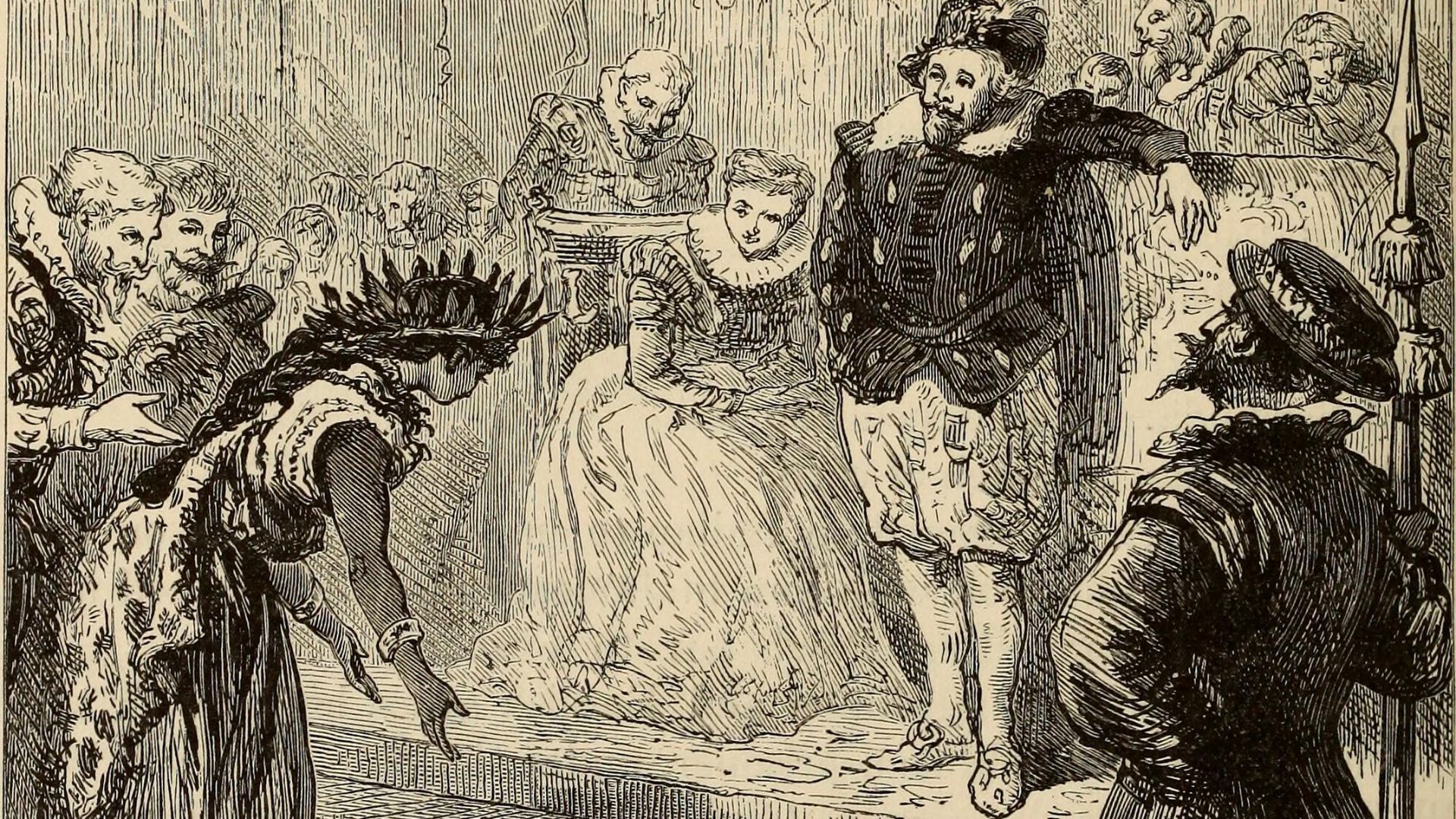 Internet Archive Book Images, Wikimedia Commons
Internet Archive Book Images, Wikimedia Commons
She Didn't Make It Home
In March of 1617, Rolfe and Pocahontas boarded a ship to return to Virginia. Sadly, they only made it part way when Pocahontas became gravely ill. Unfortunately, shortly after taking her to shore, she passed. It is not actually known what caused her death, but it is widely believed to have been pneumonia, smallpox, tuberculosis—or maybe even a poisoning of some kind.
But her death wasn’t the only major loss at this time.
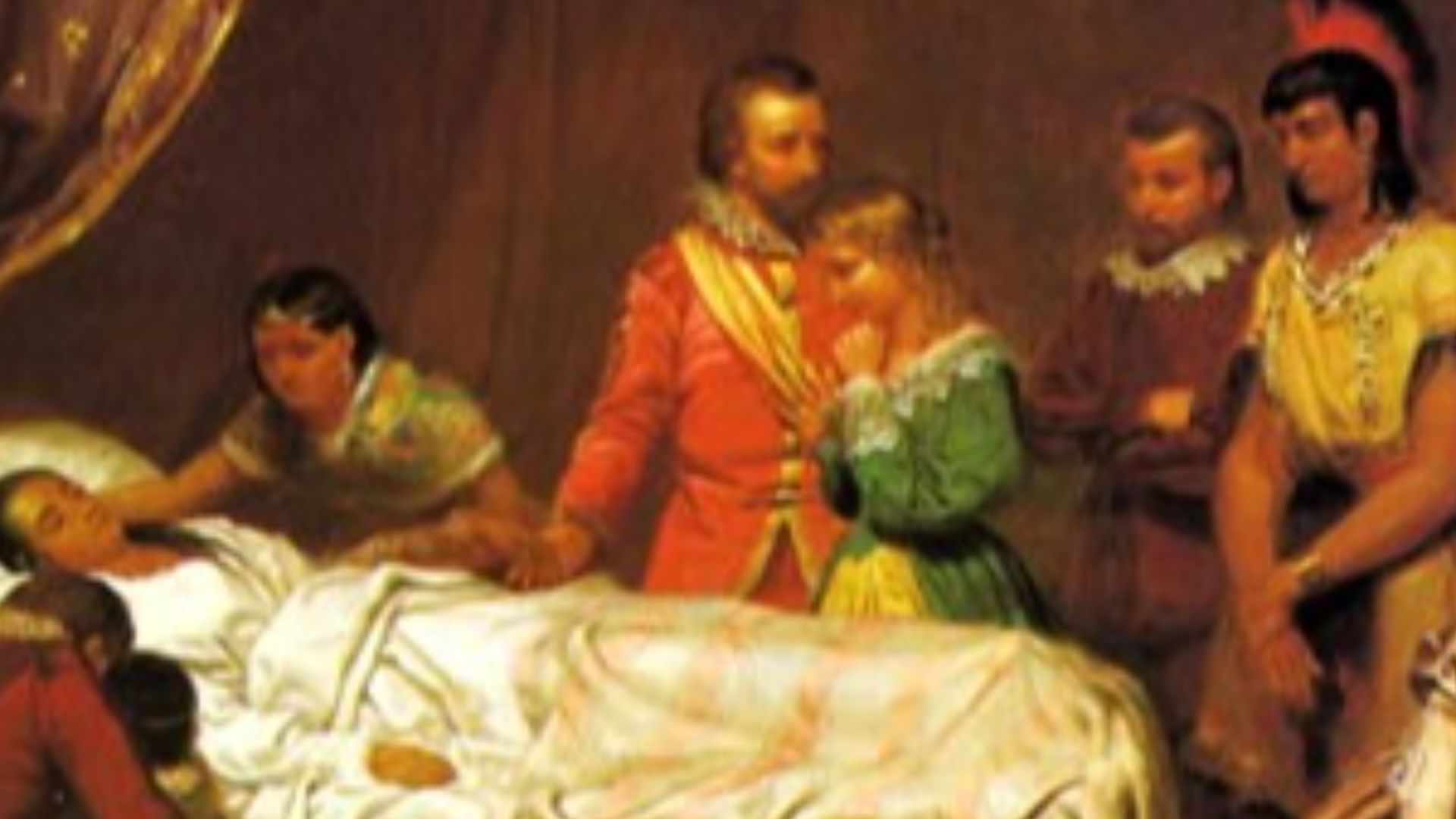 Junius Brutus Stearns, Wikimedia Commons
Junius Brutus Stearns, Wikimedia Commons
Her Father Met Her On The Other Side
Back in Virginia, Chief Powhatan also perished. Not only that, but the English had further taken over much of Powhatan land, and an influx of immigrants had already established new villages complete with modern infrastructure.
They even went as far as placing Indian youth in “colleges”. The Powhatan didn’t like this, and once again, a battle ensued.
The Indian Massacre Of 1622
In March 1622, the Powhatan were now on the starving end, with colonists taking up their farmland, making food scarce. As a result, they attacked the Jamestown plantations and killed hundreds of colonists—taking out a quarter of their population.
Of course, the English retaliated, and things got messy quickly.
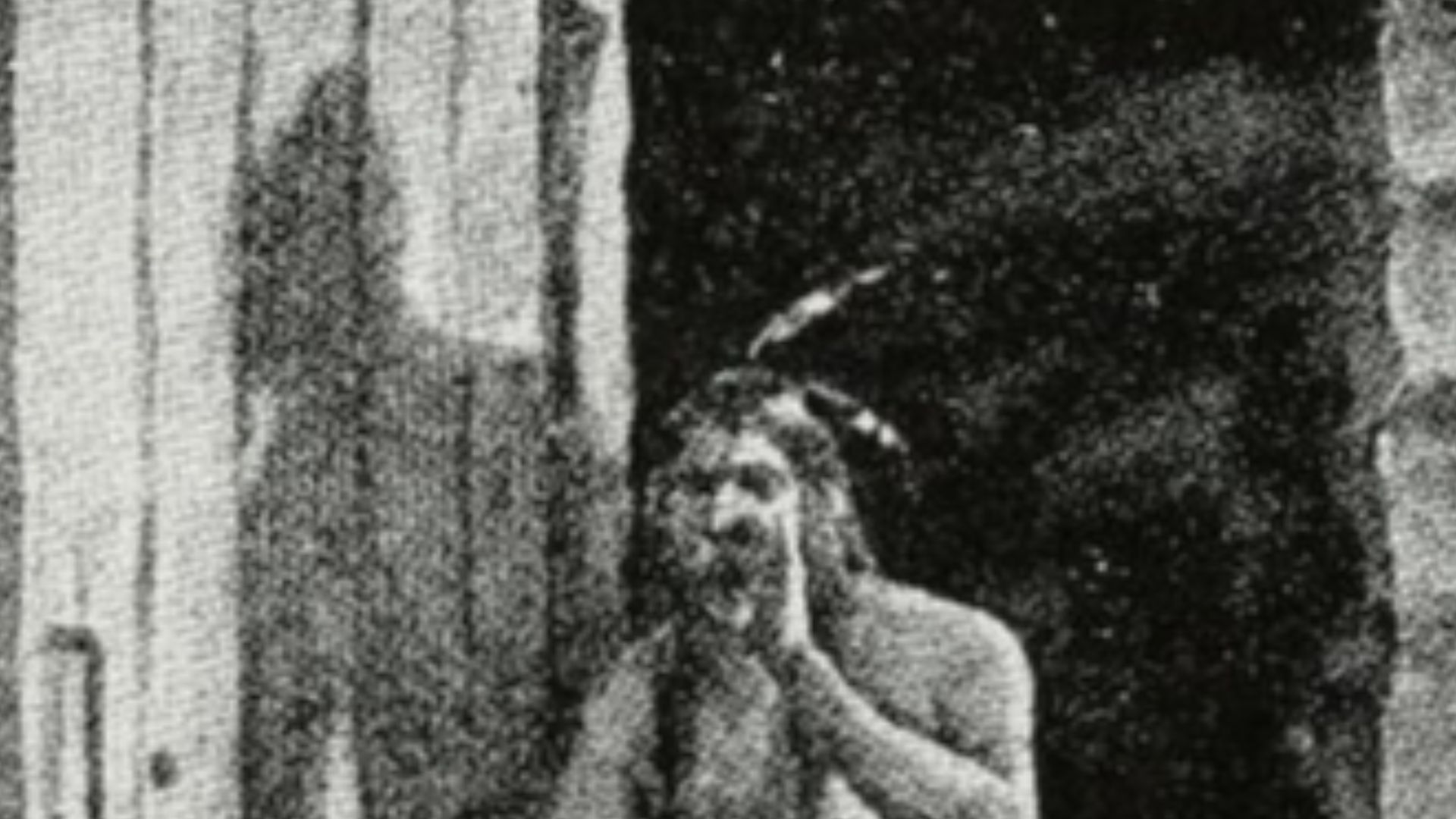 Joseph Dillaway Sawyer, Wikimedia Commons
Joseph Dillaway Sawyer, Wikimedia Commons
They Were Attacked On All Levels
The settlers instantly fought back, killing hundreds of tribesmen and their families, burning farm fields—and spreading smallpox. It took years for both sides to recover for their immense losses. But neither of them gave up.
This was the start of the Second Anglo-Powhatan War.
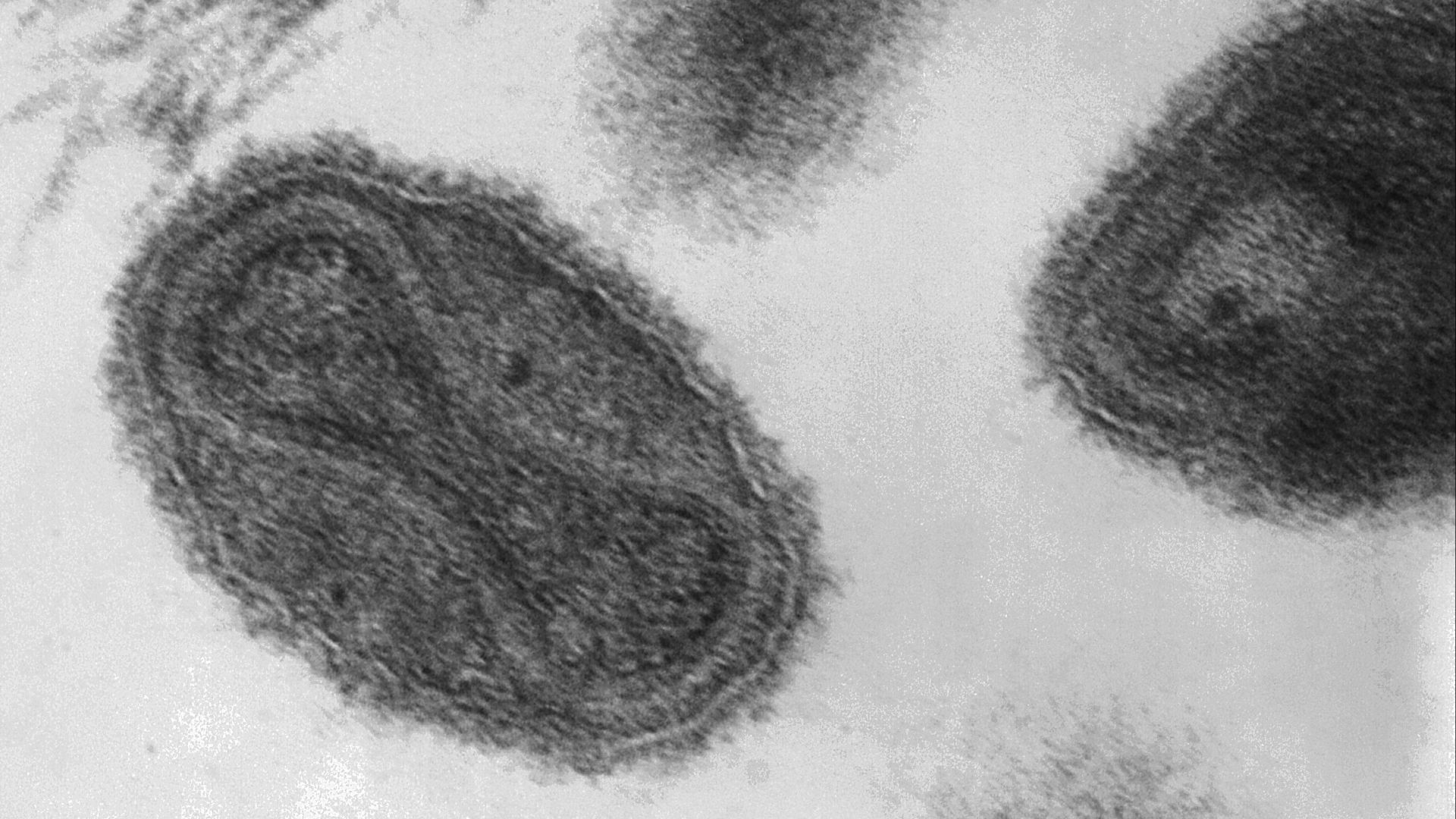 Photo Credit: Content Providers(s): CDC/ Dr. Fred Murphy; Sylvia Whitfield, Wikimedia Commons
Photo Credit: Content Providers(s): CDC/ Dr. Fred Murphy; Sylvia Whitfield, Wikimedia Commons
The Second Anglo-Powhatan War
The Second Anglo-Powhatan War went on for a whopping decade. What made things tricky was that by this time, some Powhatan tribes had converted to Christianity, and were siding with the colonists, often providing them with corn—and information they heard through the tribal grapevine.
At one point, the Powhatans tried to create a peace agreement, but it was a trap that served as revenge for the massacre in 1622. The English went on to attack more Indian tribes while they were at it.
They Built A Palisade
After years of back-and-forth battle, with short bouts of ceasefire peppered throughout, peace was finally made in September of 1632. The colonists expanded their territory and built a six-mile-long palisade as “security” from hostile Natives.
But it wasn’t quiet for long.
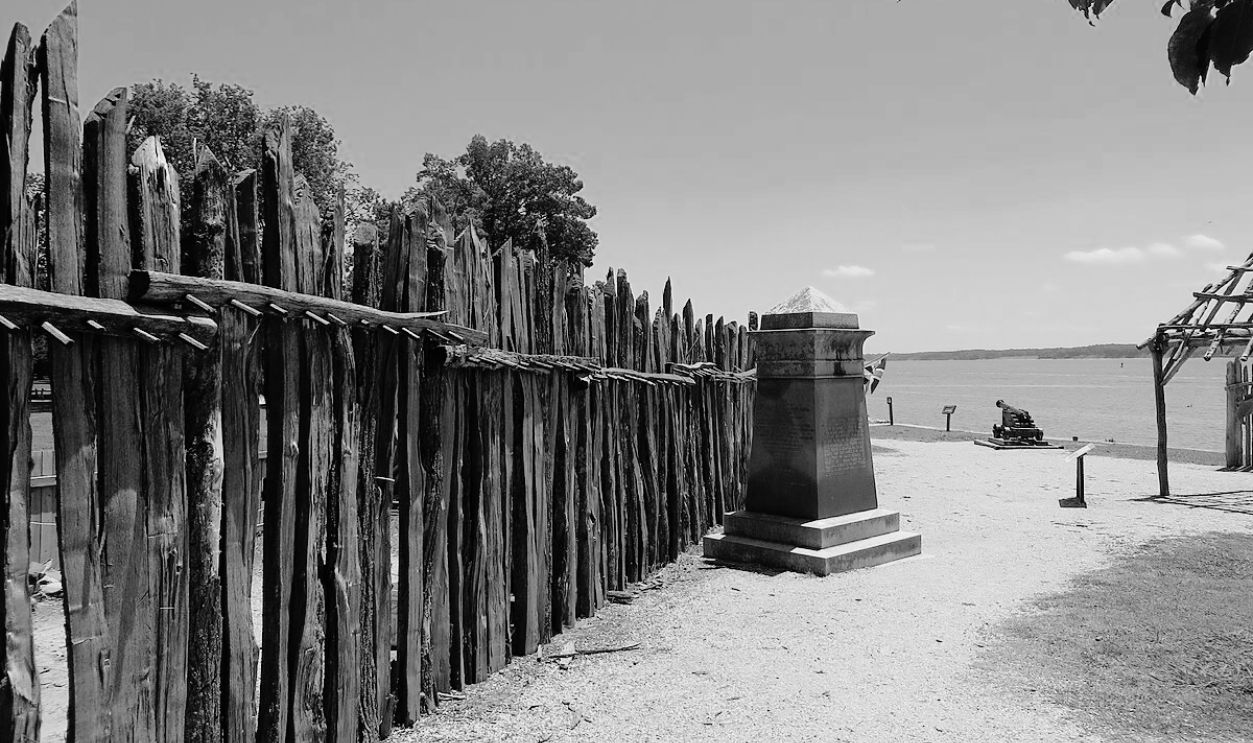 Ken Lund, CC BY-SA 2.0, Wikimedia CommonsThe Third Anglo-Powhatan War
Ken Lund, CC BY-SA 2.0, Wikimedia CommonsThe Third Anglo-Powhatan War
The Third Anglo-Powhatan War began in April 1644, when the remnants of the Powhatan Confederacy tried once again to drive out the settlers. And once again, several hundred colonists lost their lives.
Three frontier forts were built, and then they stormed a Powhatan village and took a very important man prisoner.
Things Got Serious
At this time, Powhatan leader Opechancanough—who was pushing 100 years old—was captured and taken back to Jamestown where he was imprisoned and subsequently shot in the back by a guard who was supposed to keep an eye on him.
Not only that, any males older than age 11 in the village were taken from their families and forcibly deported to Tangier Island.
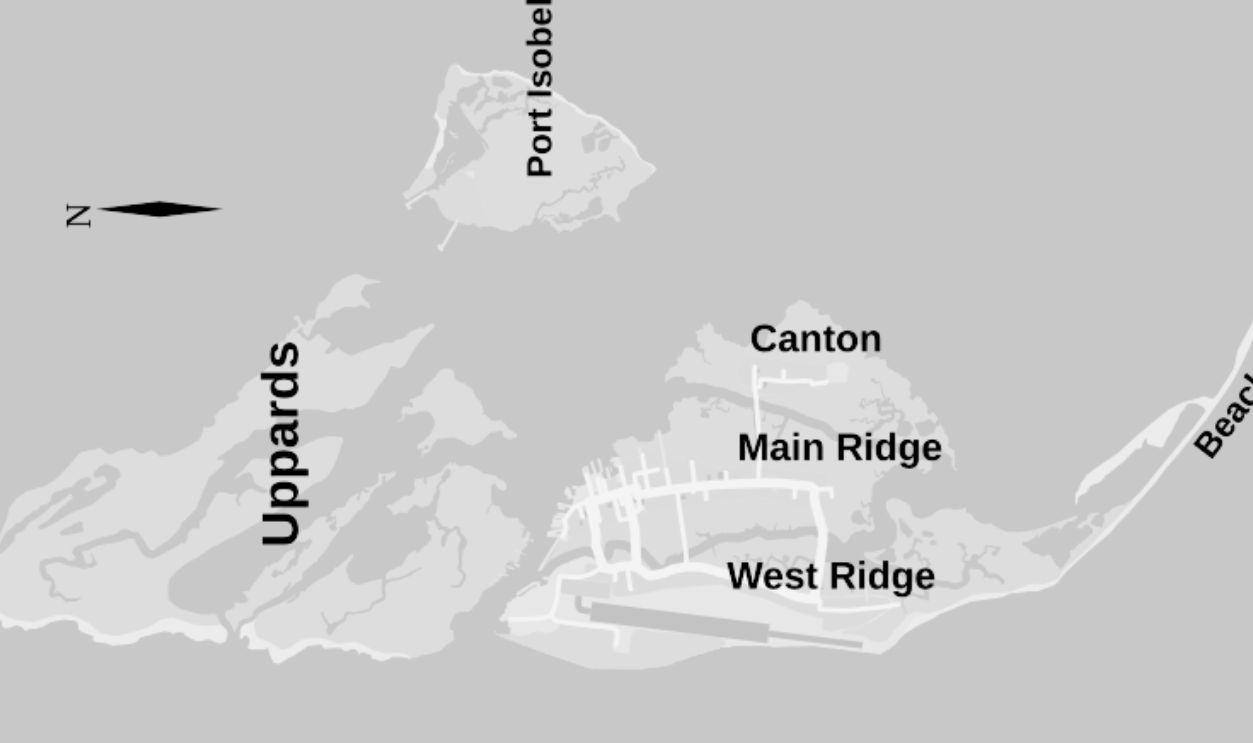 AviationFreak and OSM ContributorsOpenStreetMap contributors, Wikimedia Commons
AviationFreak and OSM ContributorsOpenStreetMap contributors, Wikimedia Commons
They Surrendered
The third war was the final one, and it came to an end when Necotowance—the new chief of the Powhatan Confederacy—signed a peace treaty that allowed the tribes of the confederacy to become tributaries to the King of England.
But that’s not all it brought.
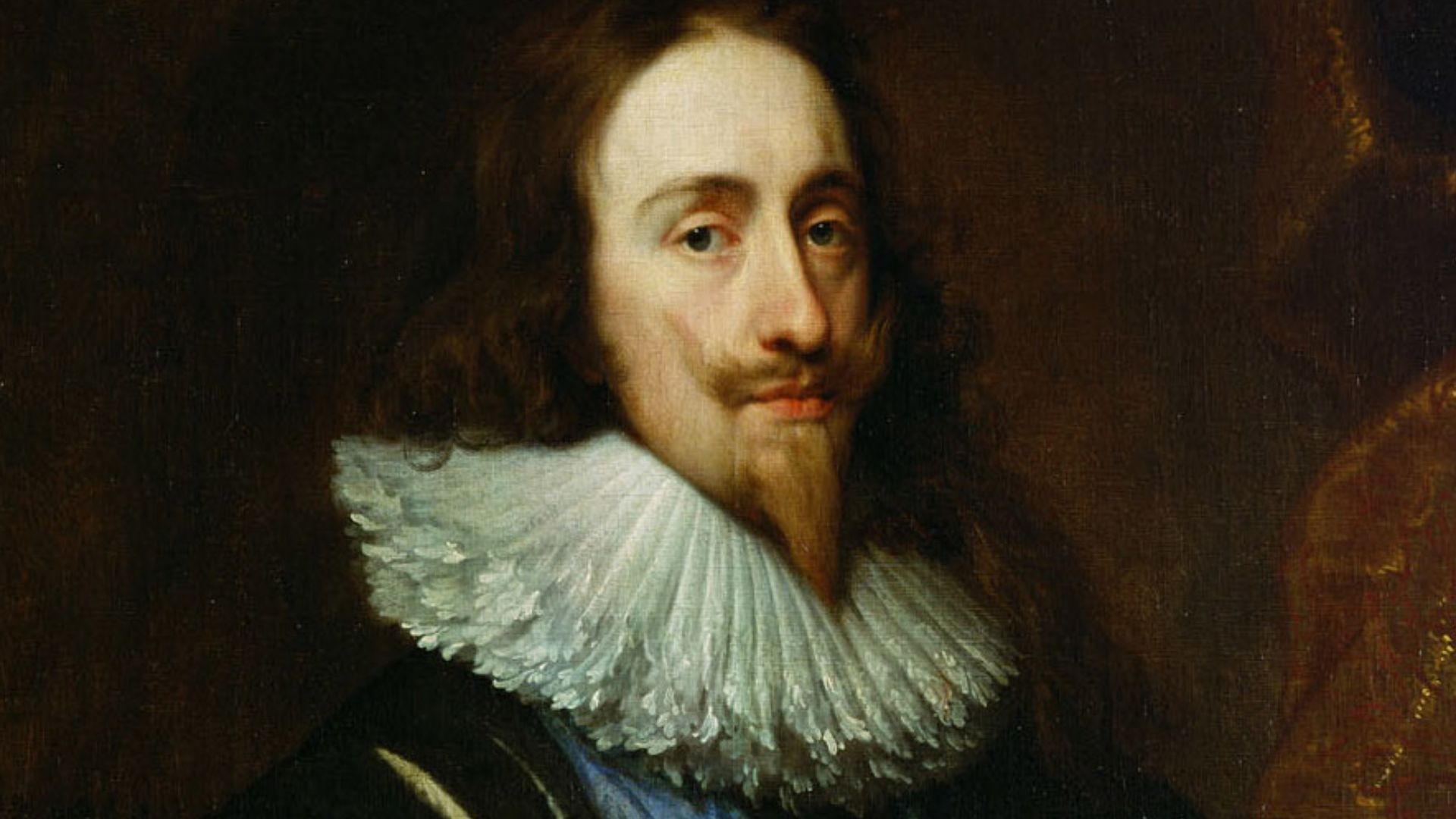 Anthony van Dyck, Wikimedia Commons
Anthony van Dyck, Wikimedia Commons
They Built A Wall
The treaty also involved a racial frontier that was placed between Indian and colonial settlements. Anyone who wished to cross this line would need special permission. So now, they had to pay tribute to the King of England—whilst separated from their English neighbors. But this boundary did more harm than good.
The End Of The Powhatan Confederacy
The treaty took away a lot of land from the Powhatan. As a result, many tribes merged together and fled the area. Some of the tribes sided with the English, and went on to intermarry with them.
So much of the Powhatan Confederacy was scattered that it essentially no longer existed. Once the paramount chief passed on, there wasn’t another one.
The Chief Who Played Both Sides
The next big chief was Totopotomoi of the Pamunkey tribe—a tribe previously part of the Powhatan Confederacy. In 1656, he fought with the colonists against other Native tribes who were now making their way toward their lands.
While he did die in battle, this period was known as a time of peace—but that doesn’t necessarily mean all was well. In fact, things got significantly worse.
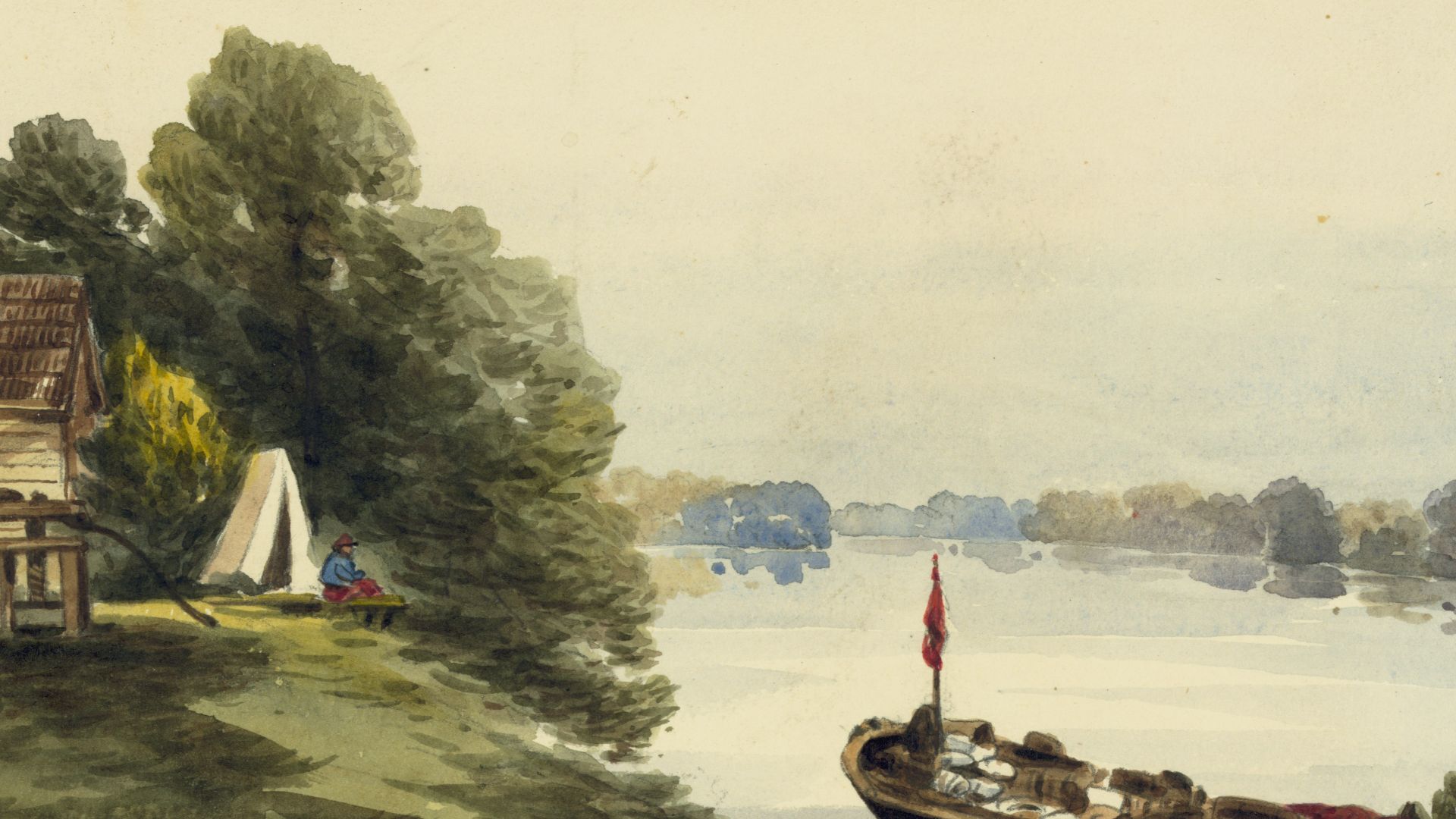 McIlvaine, William, 1813-1867, artist, Wikimedia Commons
McIlvaine, William, 1813-1867, artist, Wikimedia Commons
The English Still Wanted More
The Treaty of 1646 was very much in favor of the colonists, but it did still grant some land to the Natives. And, as usual, the colonists wanted it. Chief Wahanganoche of the Patawomeck tribe tried to reason with them, deeding them tribal land, but they didn’t care—and what happened next is utterly disturbing.
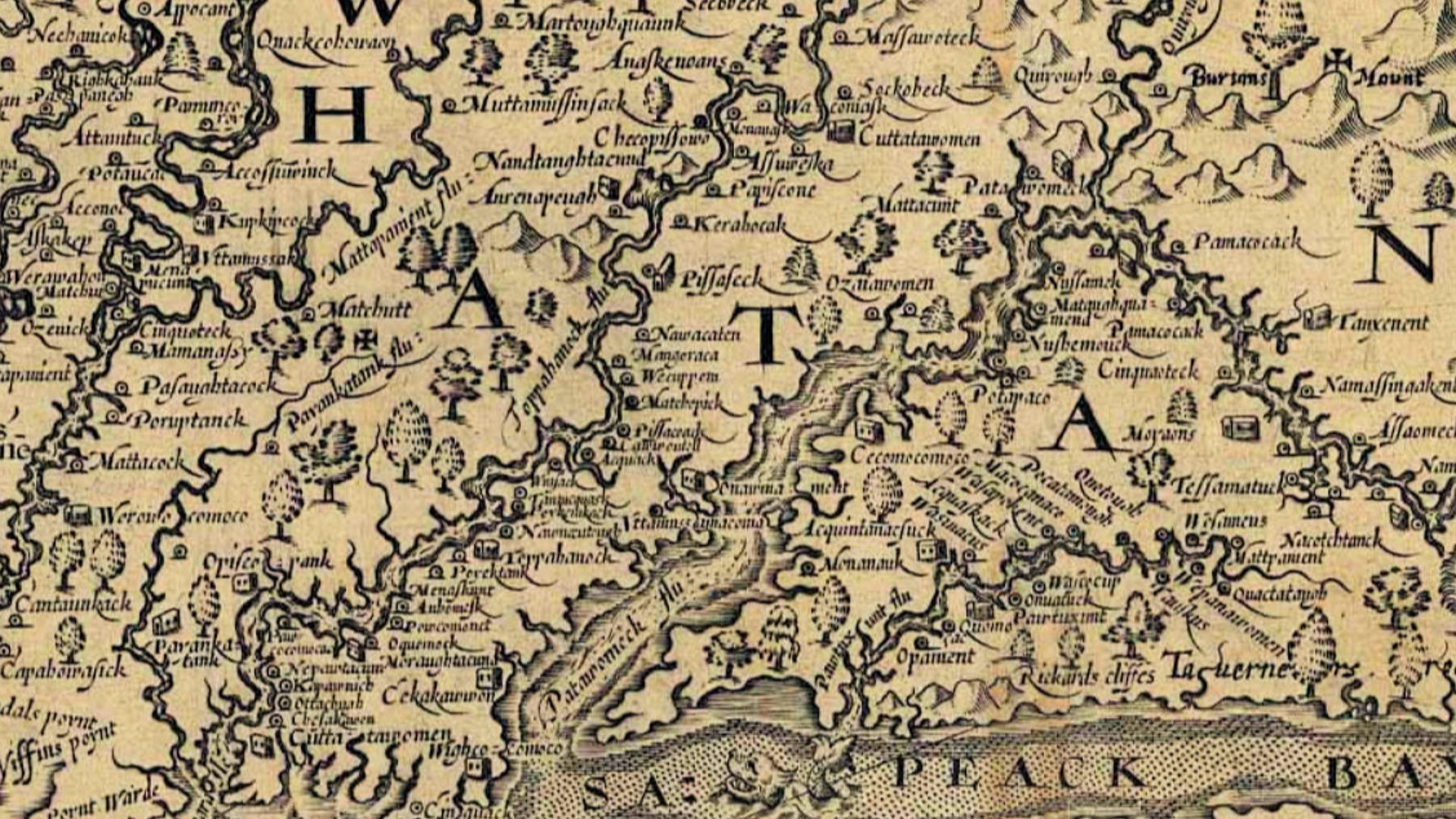 Captain John Smith, Wikimedia Commons
Captain John Smith, Wikimedia Commons
Operation Take Out The Chief
The English didn’t like Chief Wahanganoche, and wanted him out of their way so they could get whatever land they wanted. So, they hatched a plan to get rid of him. And while their original plan backfired—they found another way.
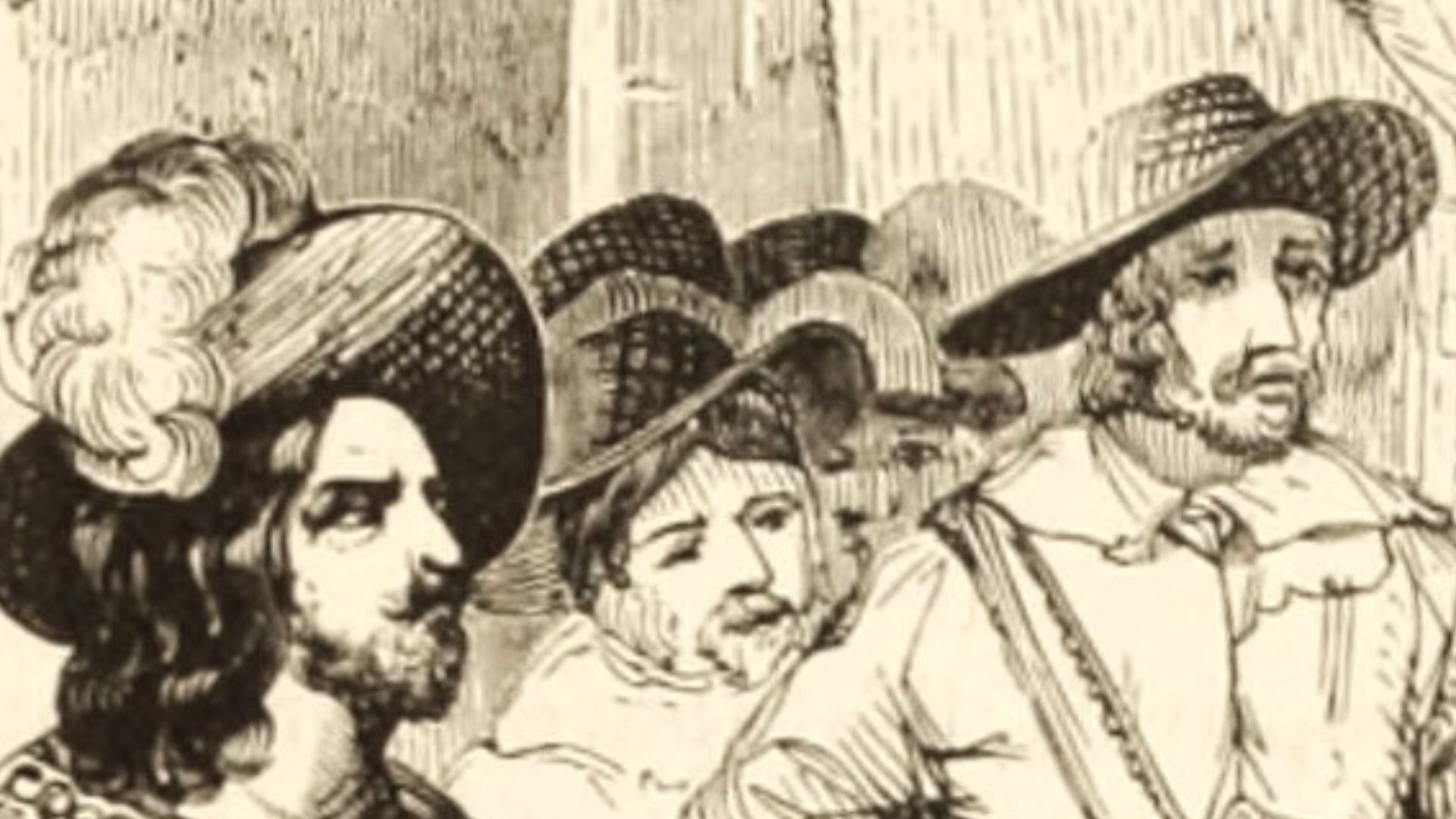 Henry Clay Watson, Wikimedia Commons
Henry Clay Watson, Wikimedia Commons
They Tried The Legal Way First
The English tried to accuse Chief Wahanganoche of murder—falsely, of course. But when he stood trial, he was actually found innocent of all charges. As a free man, Chief Wahanganoche left and headed for home—and that's when the English saw opportunity number two.
They Ambushed Him
As Chief Wahanganoche made his way home, the English ambushed him and brutally took his life. Now the Patawomeck tribe was left without a leader, and the English went after them too.
The colonial government demanded that all Patawomeck immediately give up their land—but they weren't very patient.
 vastateparksstaff, CC BY 2.0, Wikimedia Commons
vastateparksstaff, CC BY 2.0, Wikimedia Commons
They Took Them Out
In 1666, the colonial government declared war on the Patawomeck tribe, calling for their “extirpation”. Unfortunately, they were left defenseless, and as a result, many of the tribes of the Northern neck of Virginia were effectively wiped out.
The few who managed to escape the heinous violence were secretly absorbed into neighboring tribes who took them in.
And if you can believe it—it still got worse.
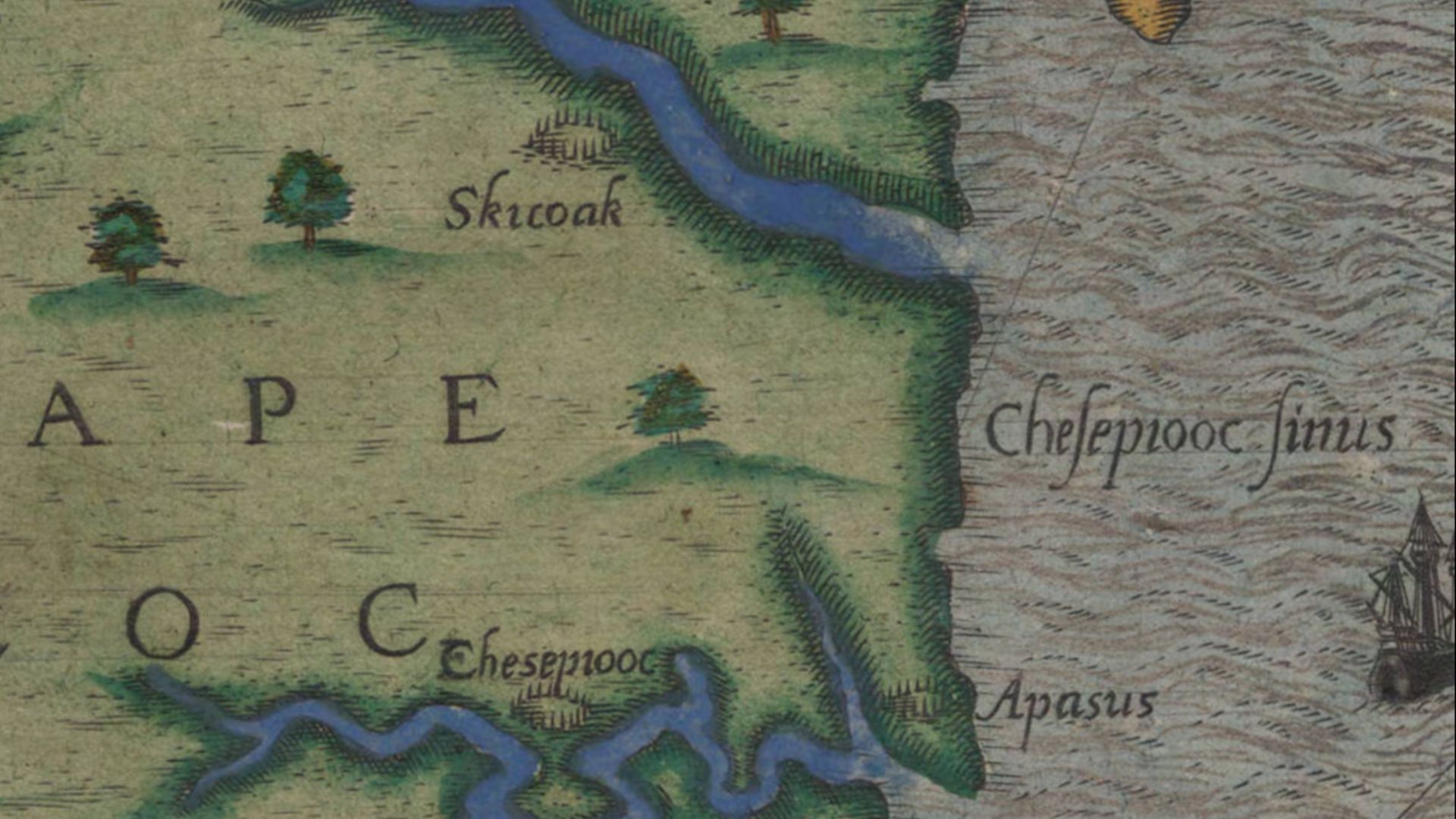 Theodor de Bry, Wikimedia Commons
Theodor de Bry, Wikimedia Commons
Doeg Tribe Has Entered The Chat
Any sense of peace at that point was further shattered when the Doeg tribe took the lives of two settlers who were known for mistreating and defrauding Natives. This only escalated the violence, leading to the Bacon’s Rebellion—a battle that included thousands of Virginians from all races (including enslaved Africans).
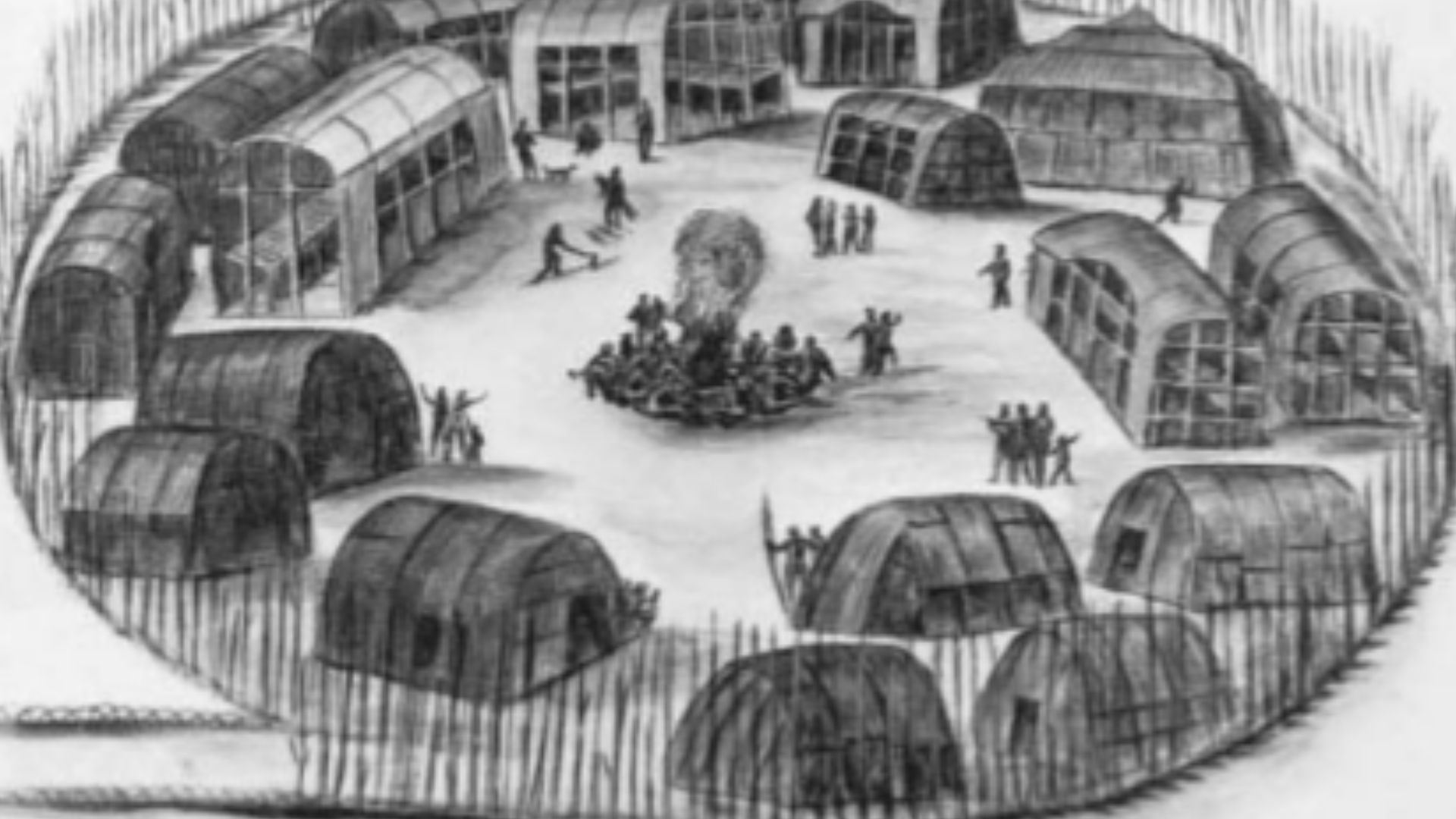 John White (1540 – 1593), Wikimedia Commons
John White (1540 – 1593), Wikimedia Commons
Bacon's Rebellion
Bacon’s Rebellion was led by an English merchant named Nathaniel Bacon who was actually fighting against his own people, specifically the English Colonial Governor William Berkeley—who apparently denied Bacon’s request to drive out the Indians.
The rebellion became the first popular uprising in American colonies. But after Bacon died in battle, the Rebellion lost momentum. Berkeley later retreated back to England, and a treaty soon followed.
The Treaty Of Middle Plantation
The Treaty of Middle Plantation was signed by Cockacoeske, the wife of the last paramount chief. She rallied other local tribes to sign the treaty, strengthening their numbers.
This treaty finally did some good for the Native Americans in Virginia.
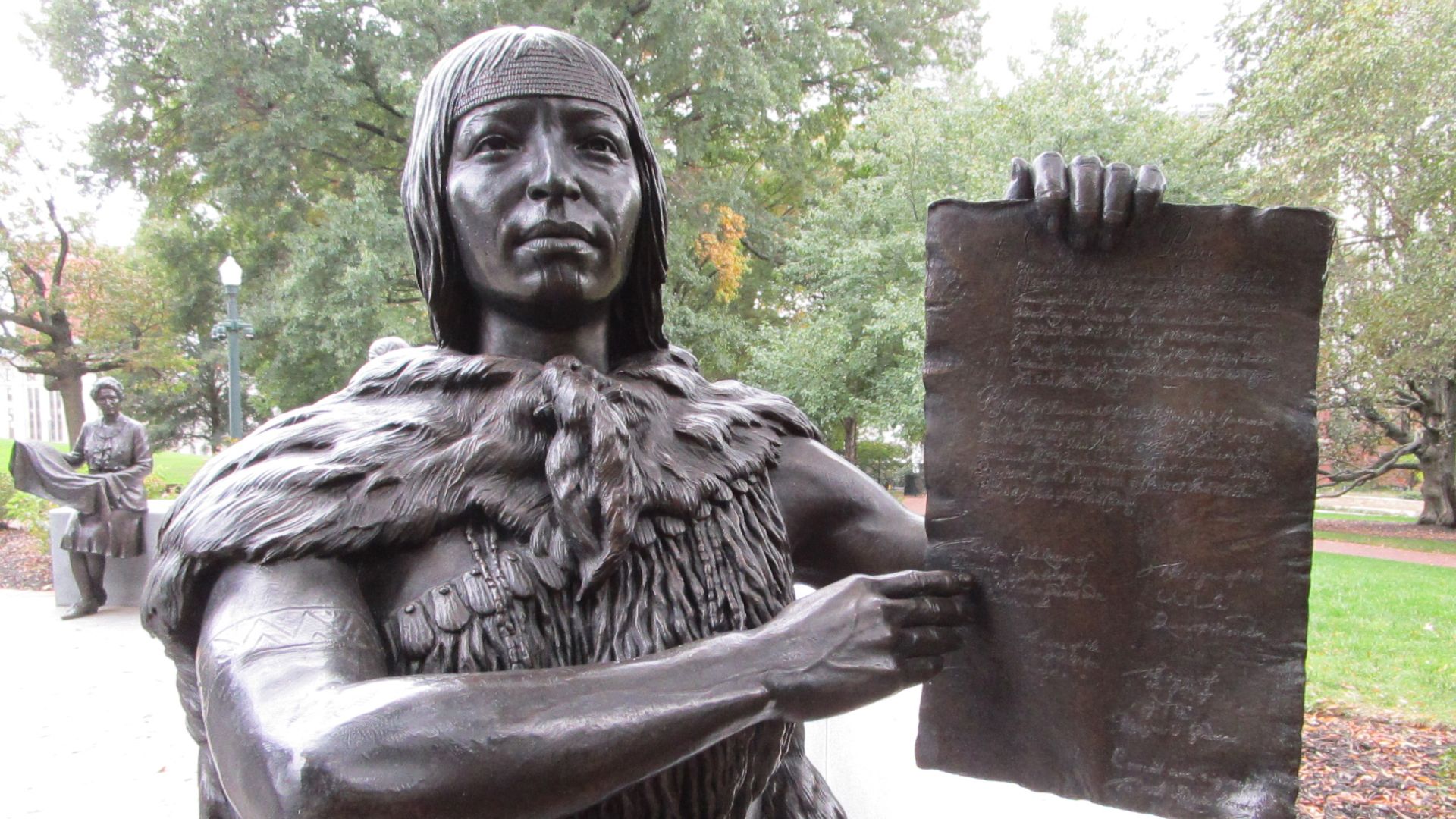 WomenArtistUpdates, Wikimedia Commons
WomenArtistUpdates, Wikimedia Commons
The Powhatan Reservation
As a result of the 1677 treaty, each Native American tribe was set up with a reservation, and given hunting rights outside of their reservations. It also established that all the Indian rulers were equal.
While the reservations were seen as a good thing at the time, they were not without consequences.
Cultural Change
Life on the reservations had its pros and cons. Schools became available, providing young Indian children with an education they would not have otherwise had. However, what they learned in this school was what they themselves considered “useless”.
Not only that, a large number of Powhatans were now marrying non-Indigenous people—which essentially wiped out their traditional way of life.
But that’s not all.
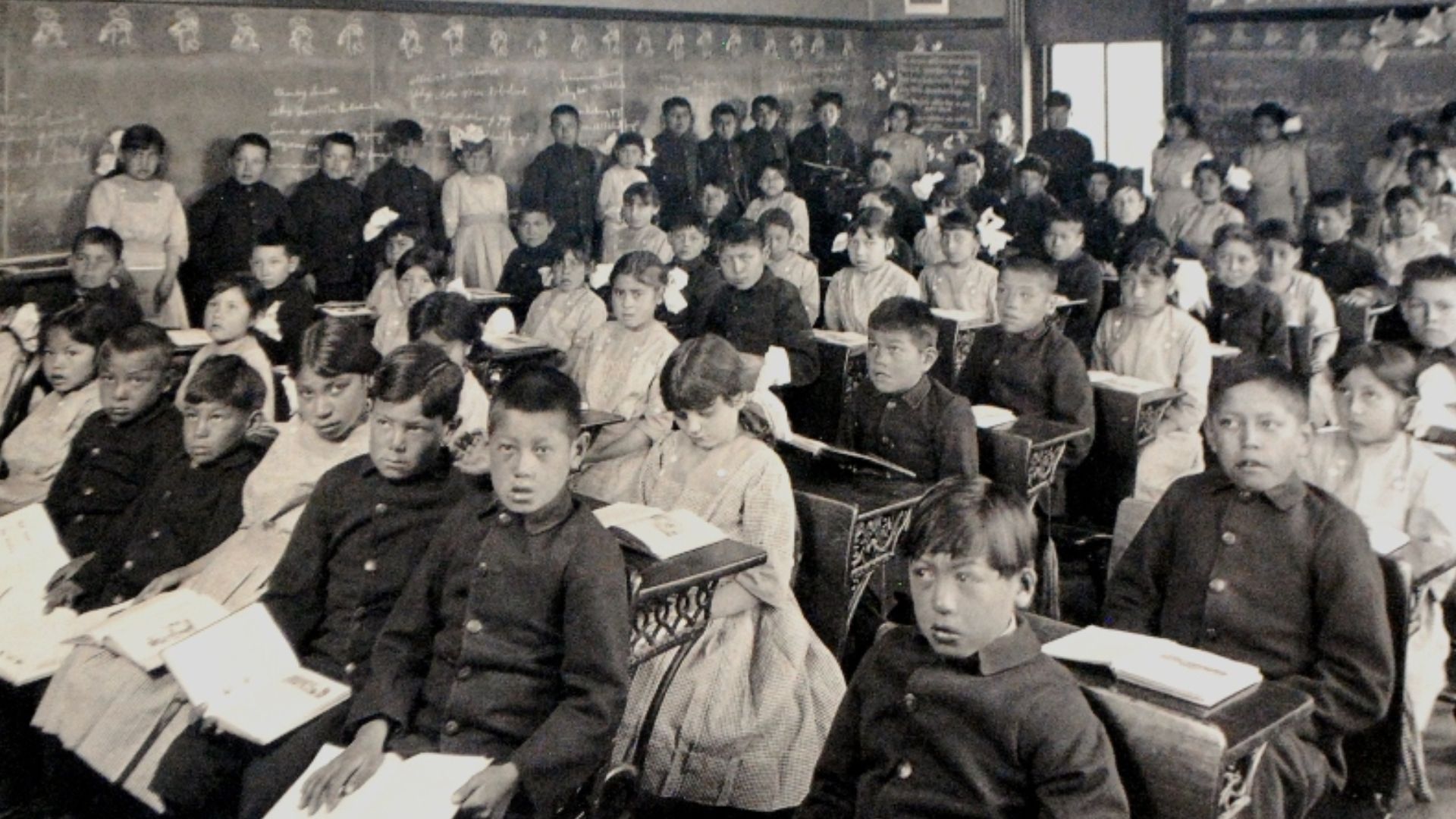 Genoa Indian Industrial School, Wikimedia Commons
Genoa Indian Industrial School, Wikimedia Commons
They Were Still Losing
As we know, disease is a number one killer among traditional lifestyle tribes, even today. But that’s not the only deadly thing they’ve become subjected to. Many Powhatans started gambling, smoking, and drinking recreationally—leading to a growing number of losses.
But you haven’t read the worst part yet.
Erasing Their Identity
In the early 20th century, Virginia passed stringent racial segregation laws which mandated that every person who had an African heritage be deemed “Black”, and all state and registration offices were only allowed to use the terms “White” or “Colored” to denote race on official documents.
This effectively eliminated all traceable records of Virginia Indians.
Paper Genocide
The man responsible for this, Walter Plecker, was on a mission to wipe them from the records entirely. In his opinion, years of intermarriage had “diluted the race”. As time went on, he changed “Colored” to mean “Black” only, and that anyone who was of any sort of mixed race would have to identify as “Black” only—regardless of their actual heritage.
This disgusting classification has been described by tribal members as “paper genocide”.
 Dr. Walter Plecker, PhotogHawkins
Dr. Walter Plecker, PhotogHawkins
They Were Somewhat Welcomed Back
Much later, in 1954, after the Powhatans volunteered to serve in WWII with the US, a new law was created that allowed people with one-fourth or more Indian ancestry to be recognized as tribal Indians. But at this point, true tribal ancestry was hard to track.
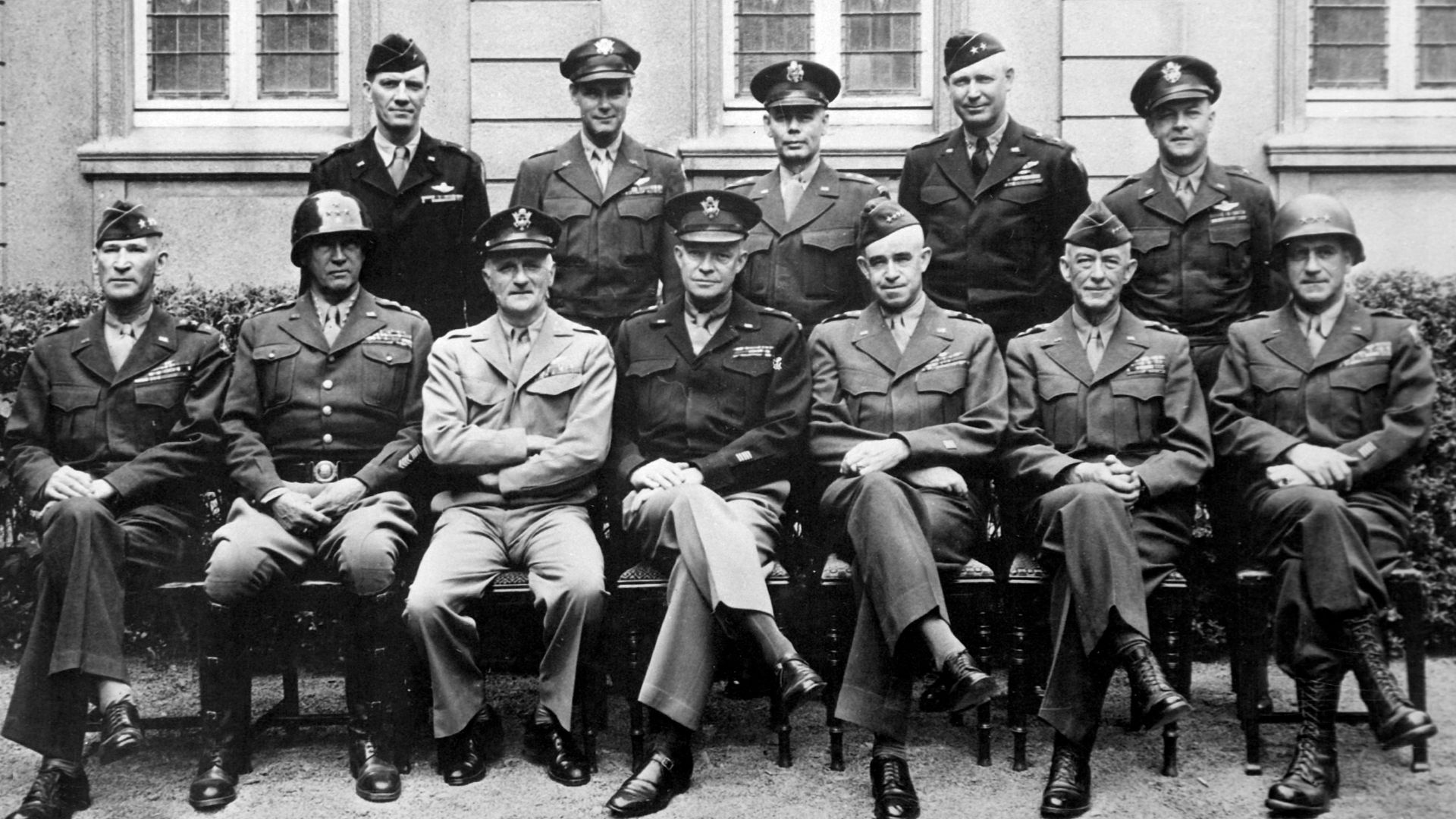 Army; part of the collection of the Office of War Information, Wikimedia Commons Powhatan Loyalty At Its Finest
Army; part of the collection of the Office of War Information, Wikimedia Commons Powhatan Loyalty At Its Finest
Today, a number of tribes in Virginia have gained federal recognition, including six that were once from the Powhatan Confederacy. Many of them continue to live on reservations, and even continue to bring wild game to the governor of Virginia each year—as set out in the treaty from way back in 1677.
 Joe Sohm/Visions of America, Getty Images
Joe Sohm/Visions of America, Getty Images
Powhatan Pop Culture
As you may know, the Powhatan people are featured in the Disney animated film Pocahontas (1995) and its sequel, as well as MGM’s live-action film, Captain John Smith and Pocahontas (1953).
But it’s important to note that the Disney films in particular are largely fictional and do not accurately represent historical events. Most notably the romance between Pocahontas and John Smith—which we now know did not happen.
Today, there are an estimated 100,000 people who have descended from Pocahontas. Included are Edith Wilson, the first lady of the United States from 1915 to 1921, and wife of Woodrow Wilson; and Hollywood actor Edward Norton.
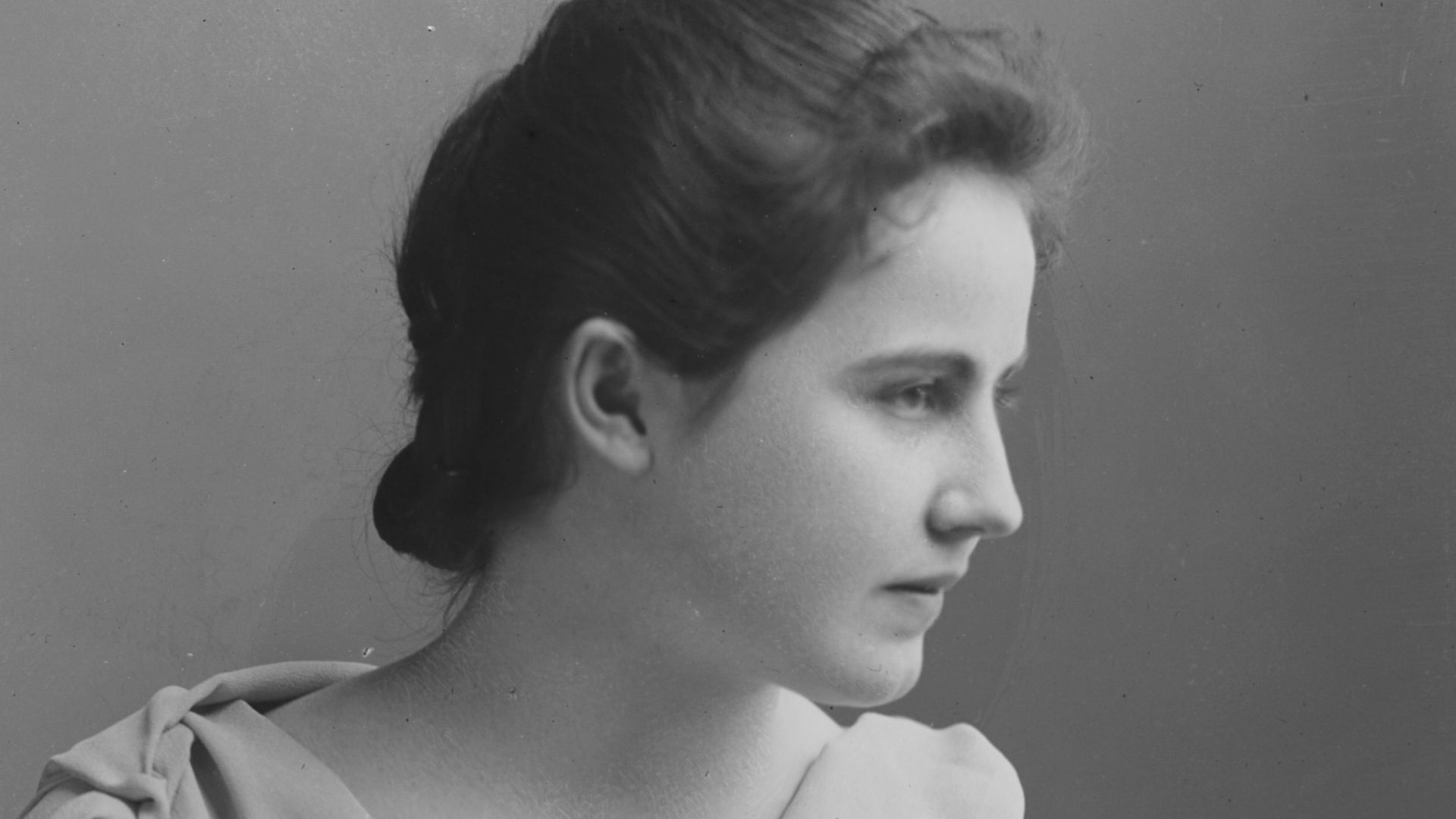 C.M. Bell (Firm : Washington, D.C.), photographer, Wikimedia Commons
C.M. Bell (Firm : Washington, D.C.), photographer, Wikimedia Commons
You May Also Like:
The Most Devastating Event in Native American History
The Strongest Tribe In American History
Historical Photos Of America’s Most Tragic Tribe

